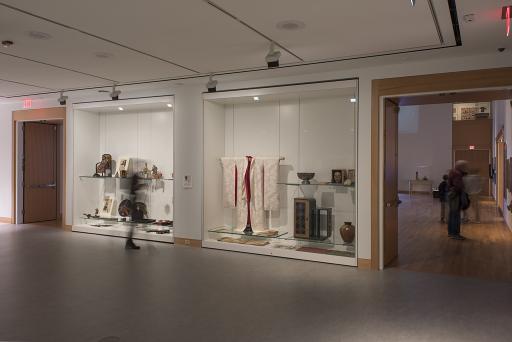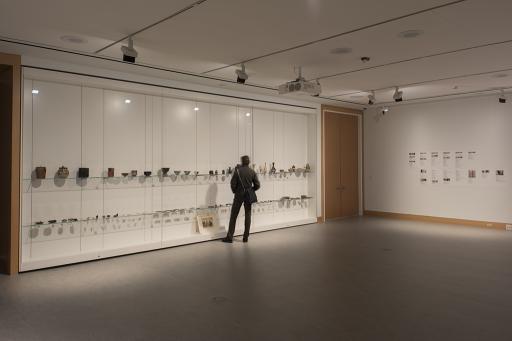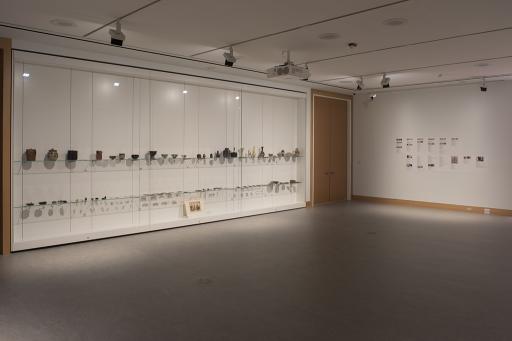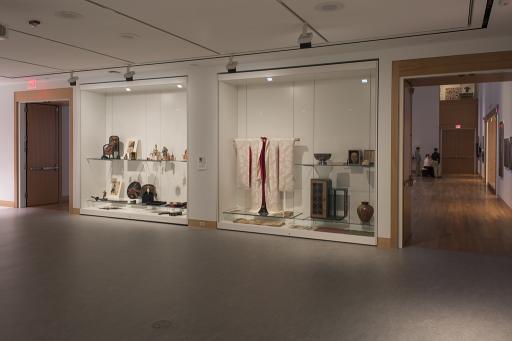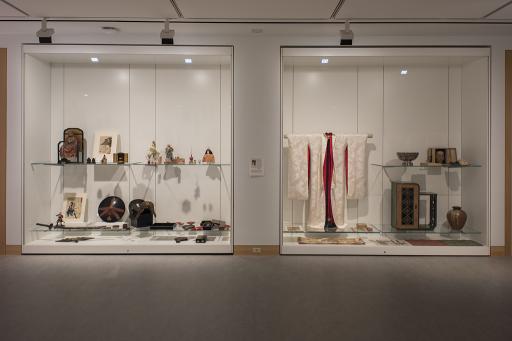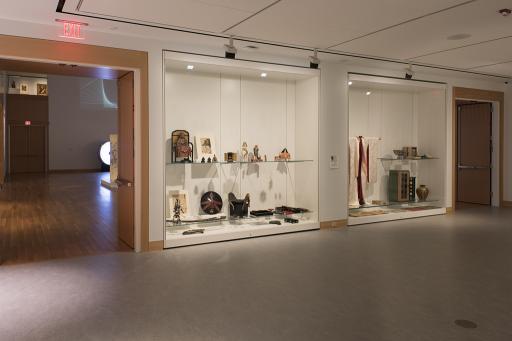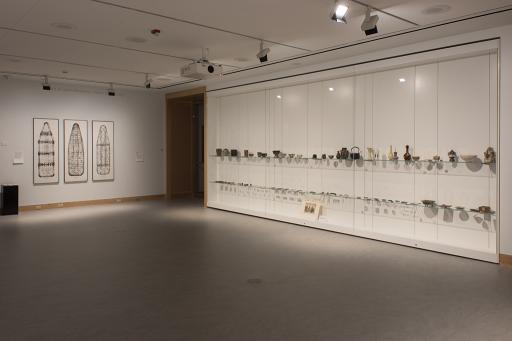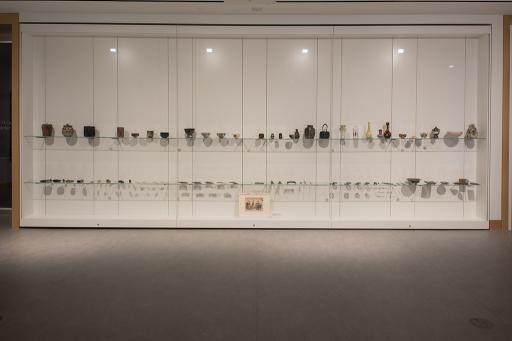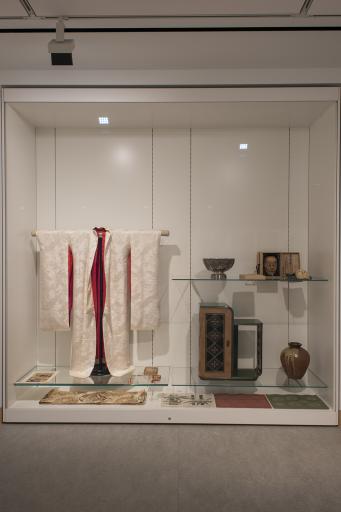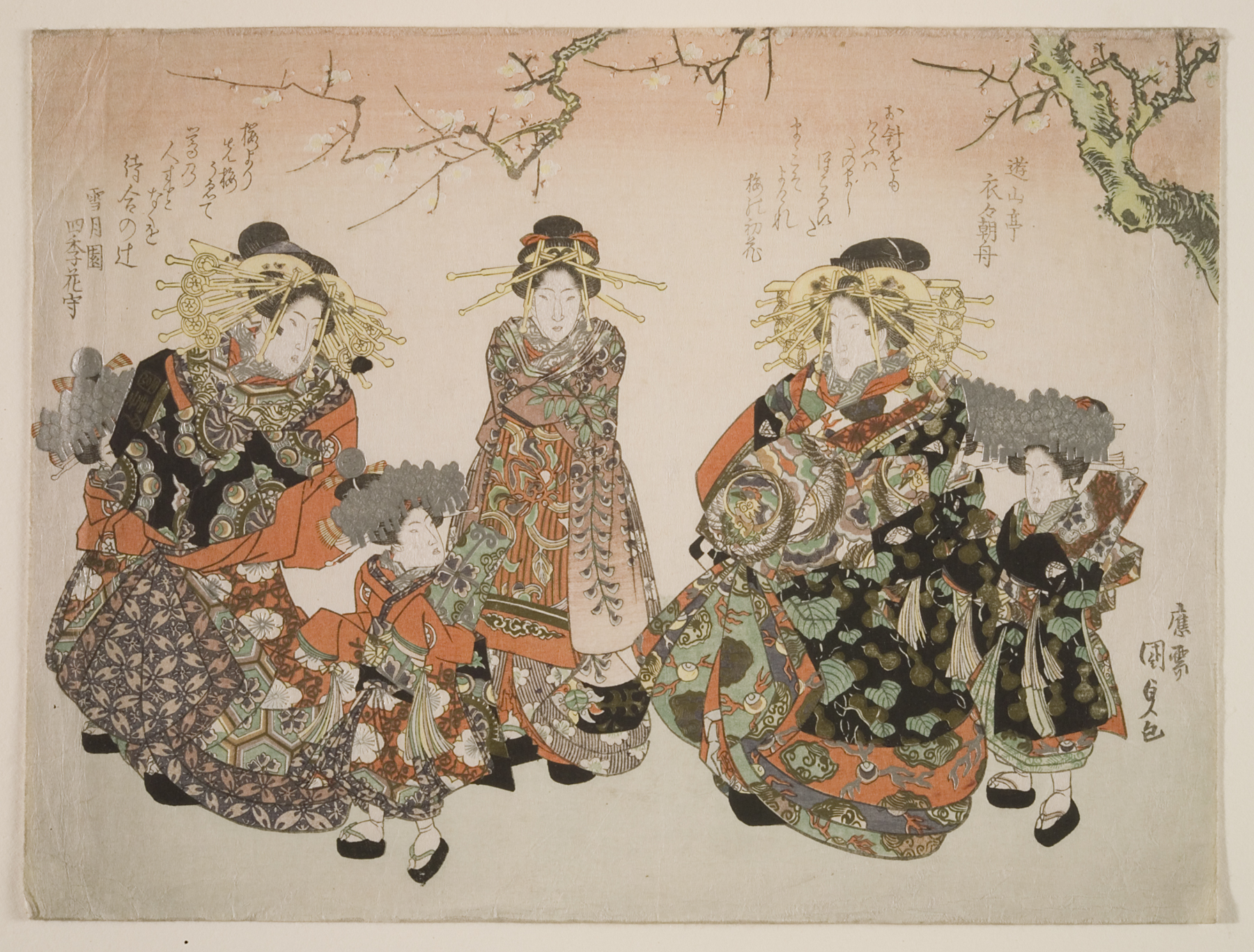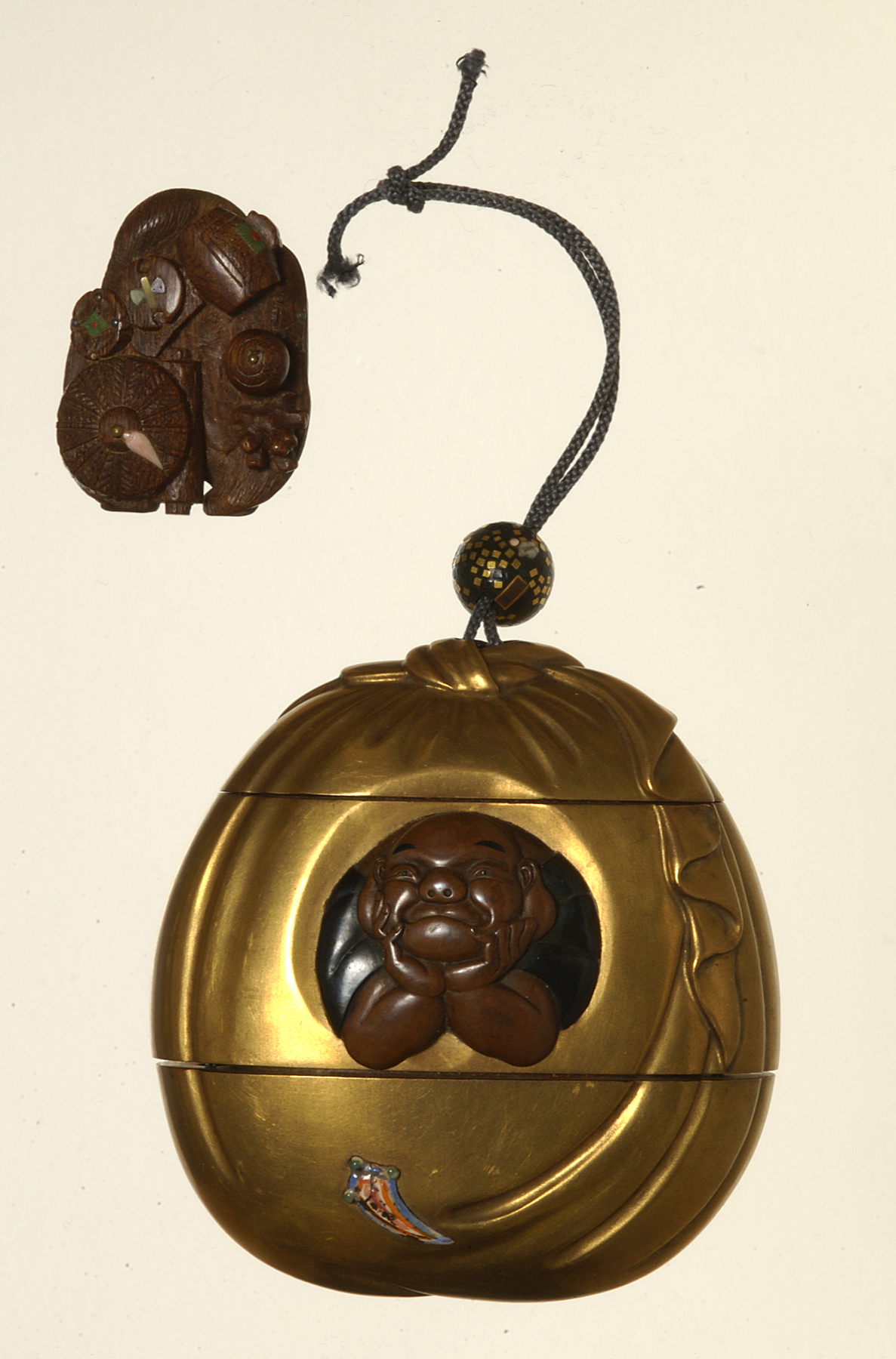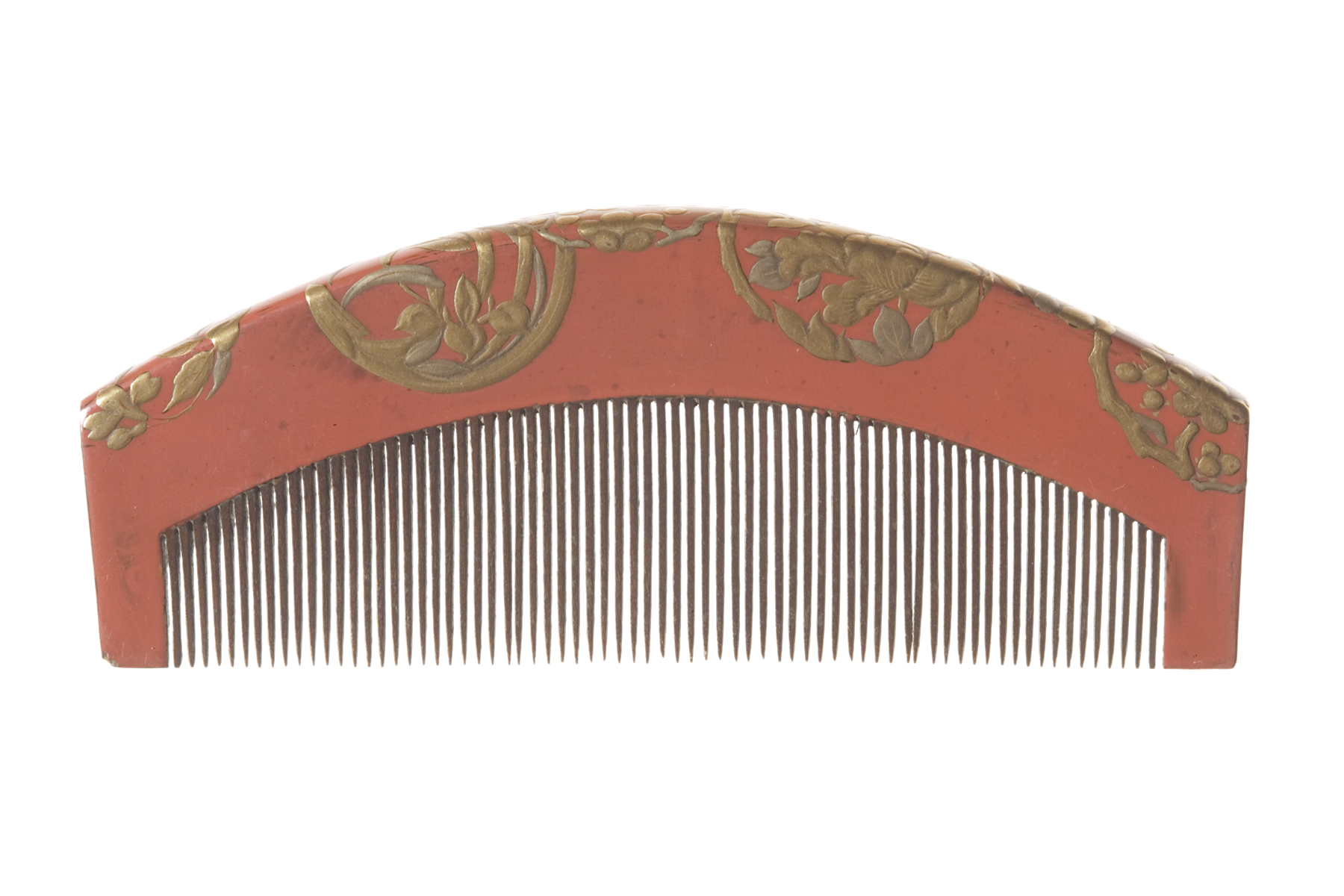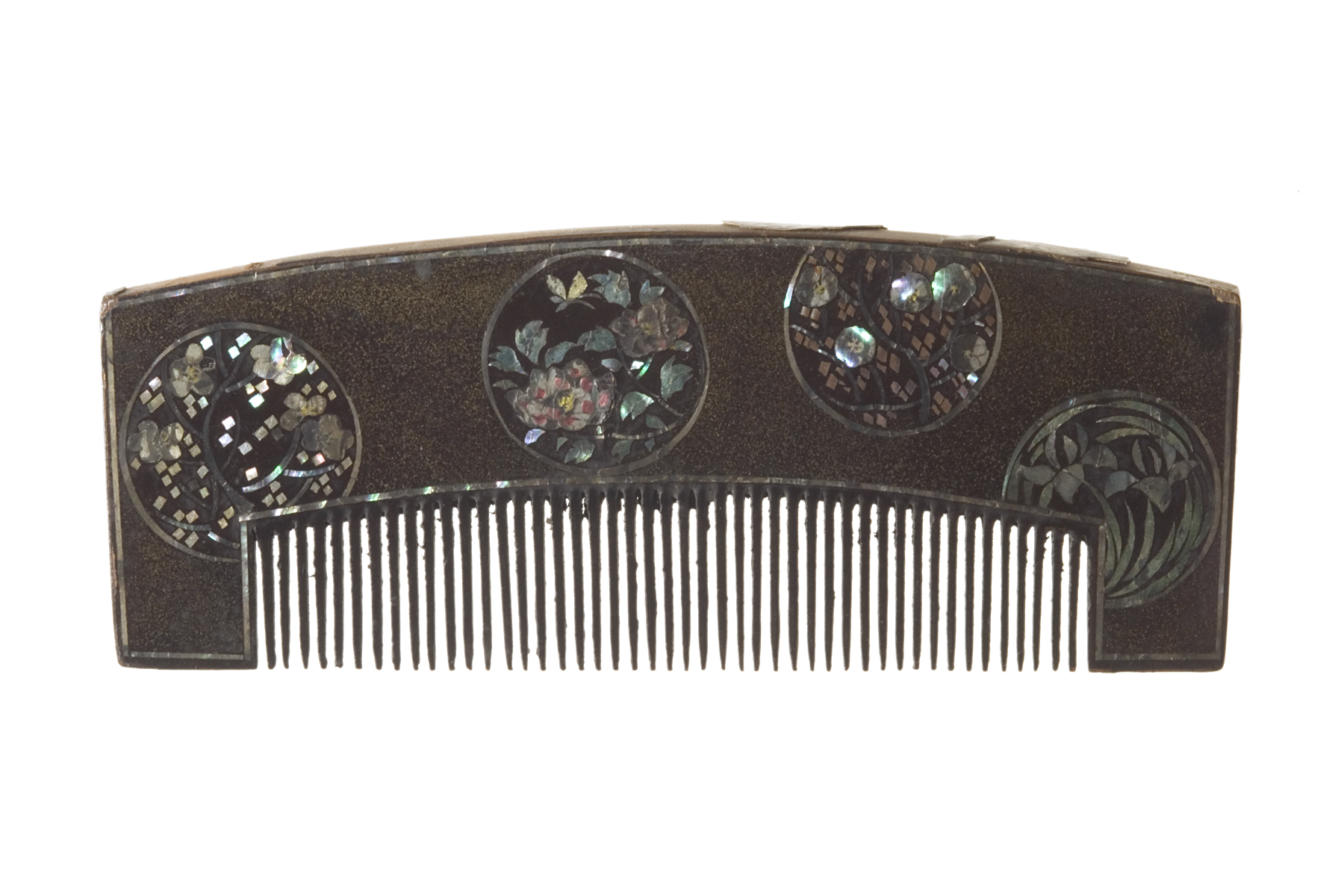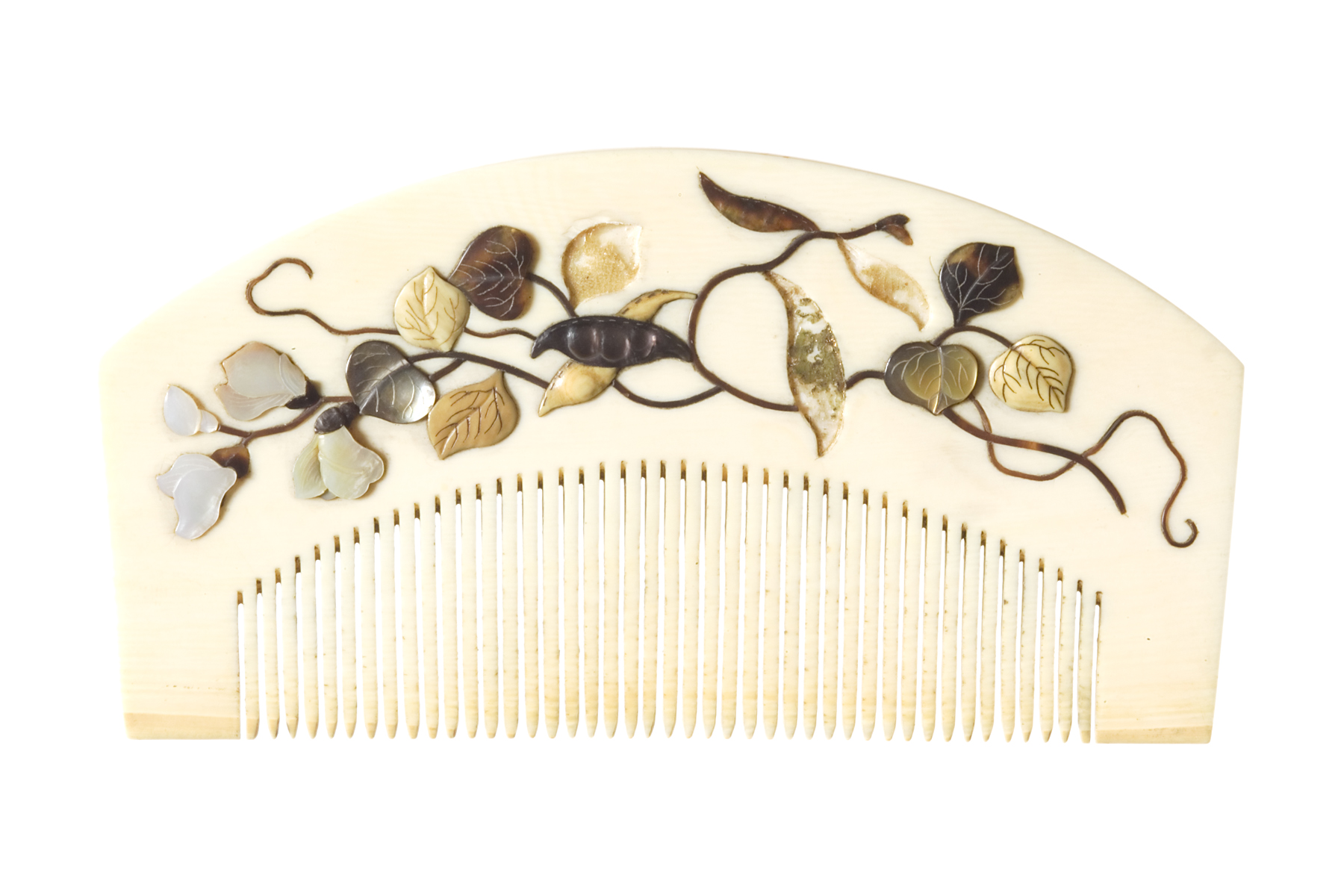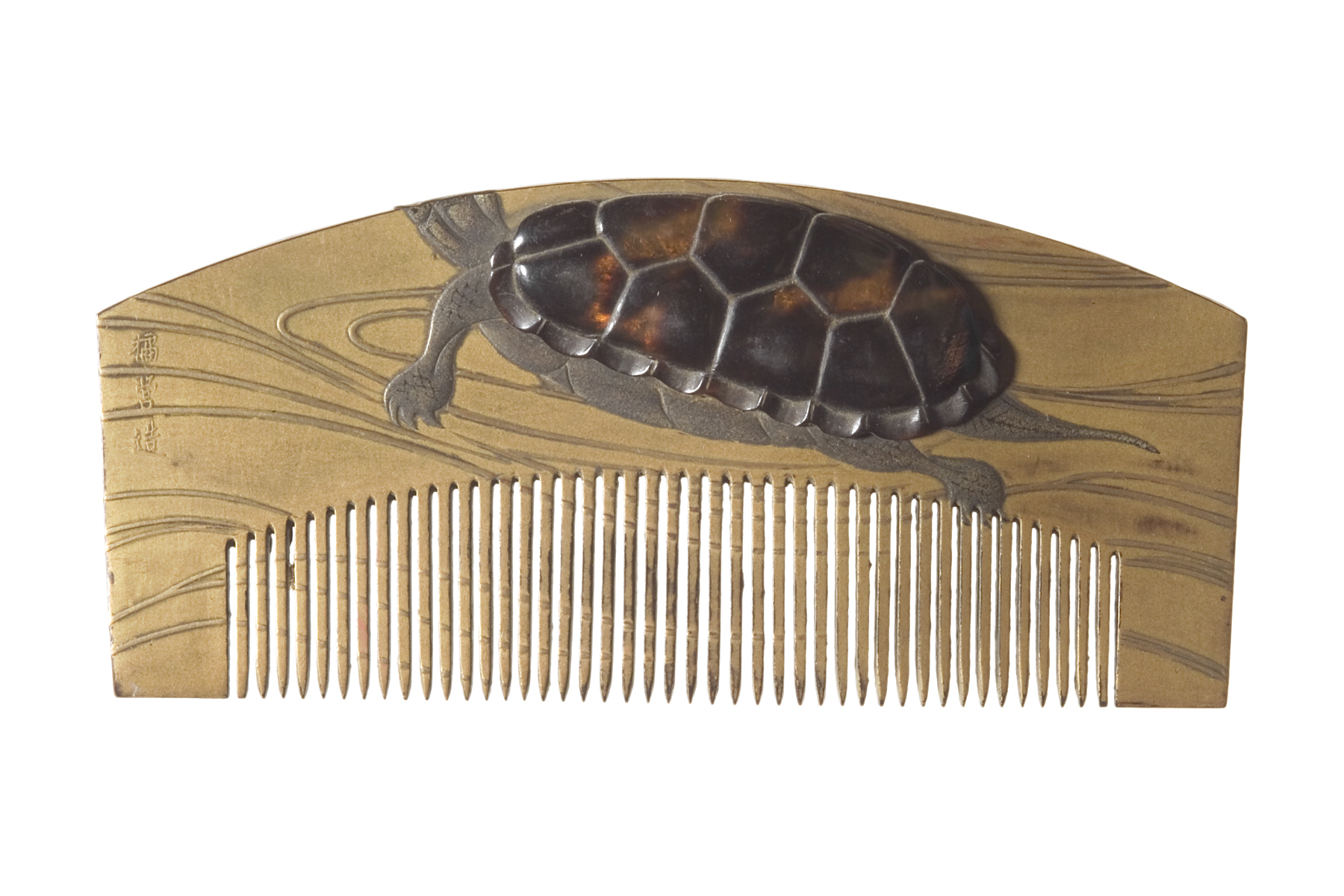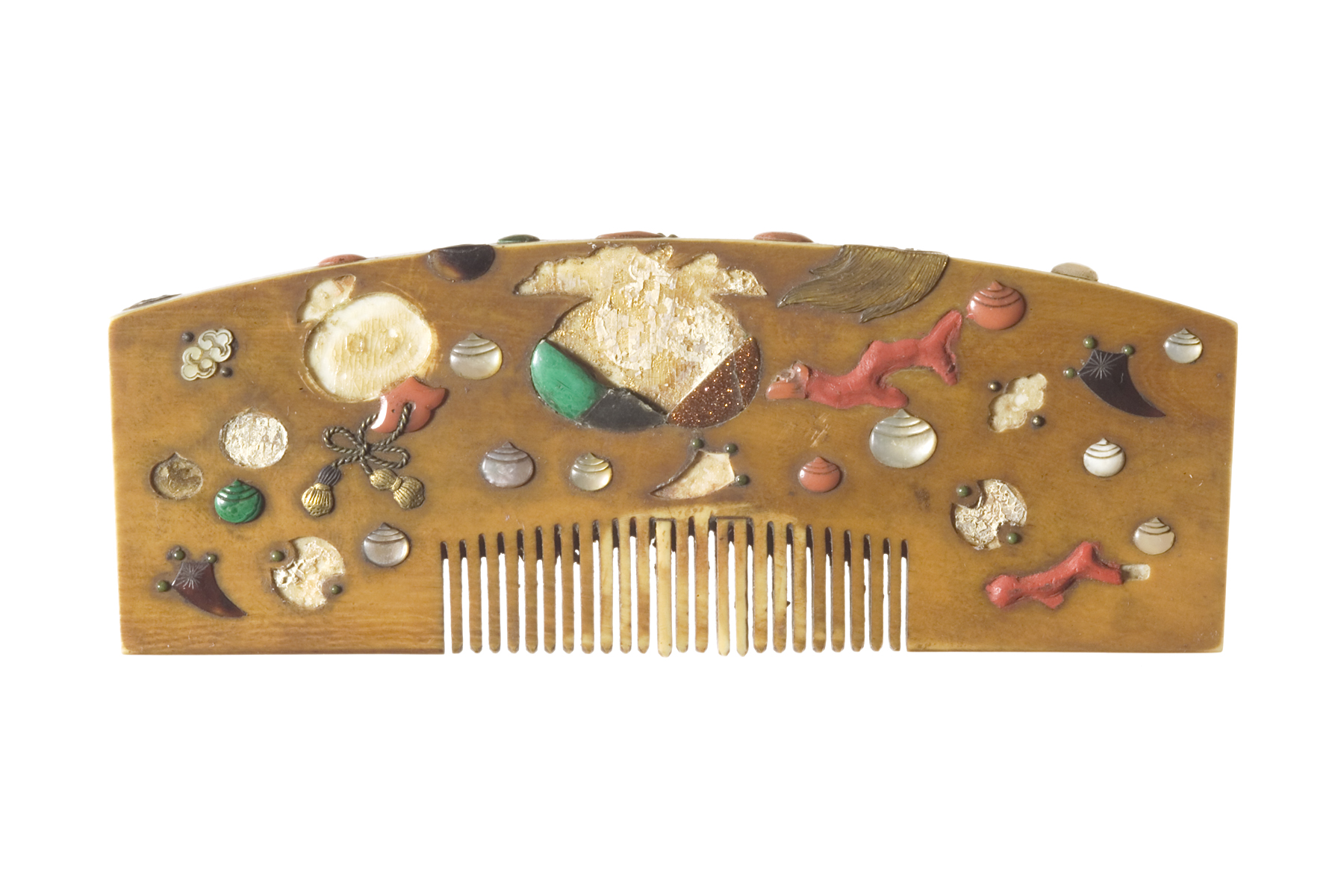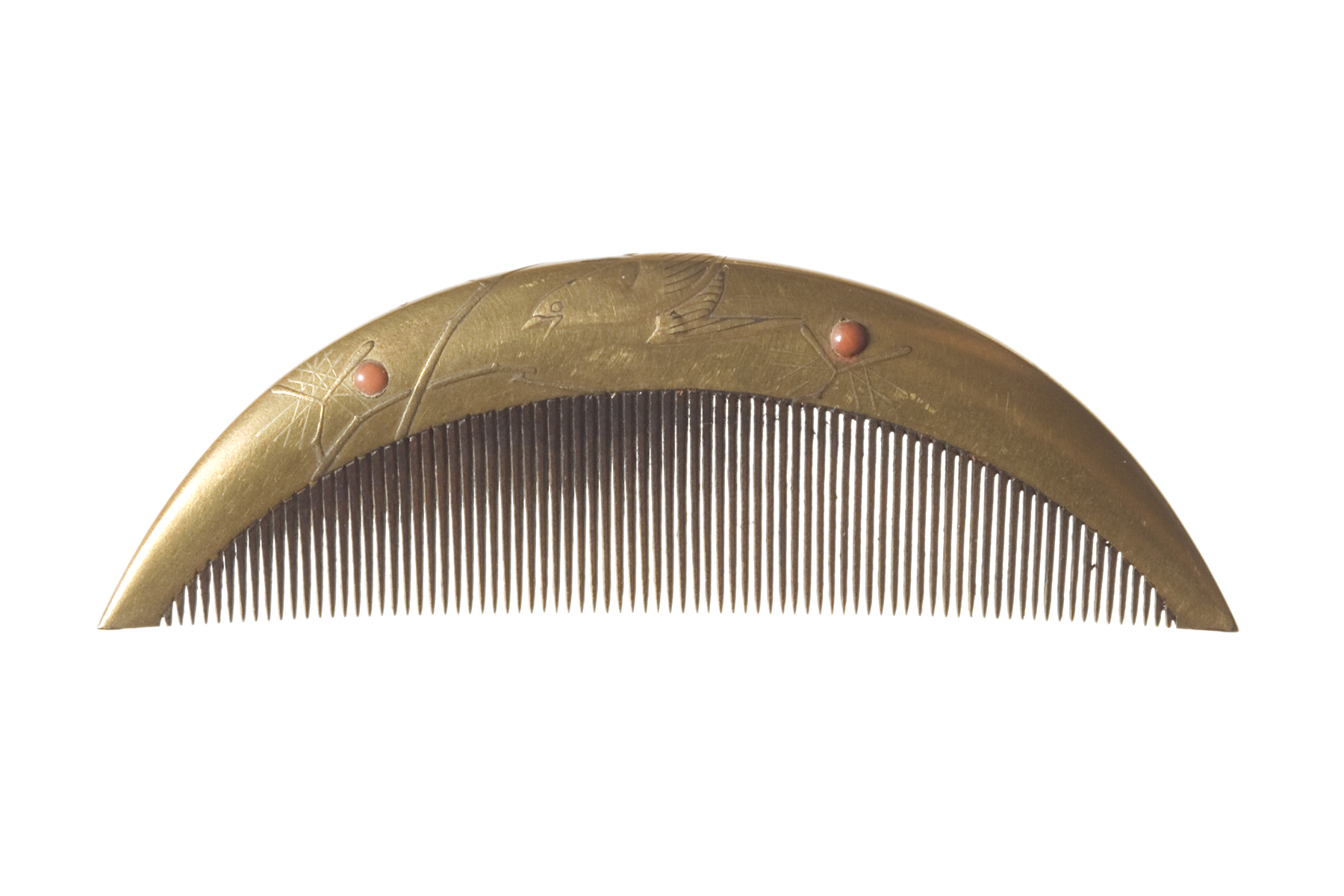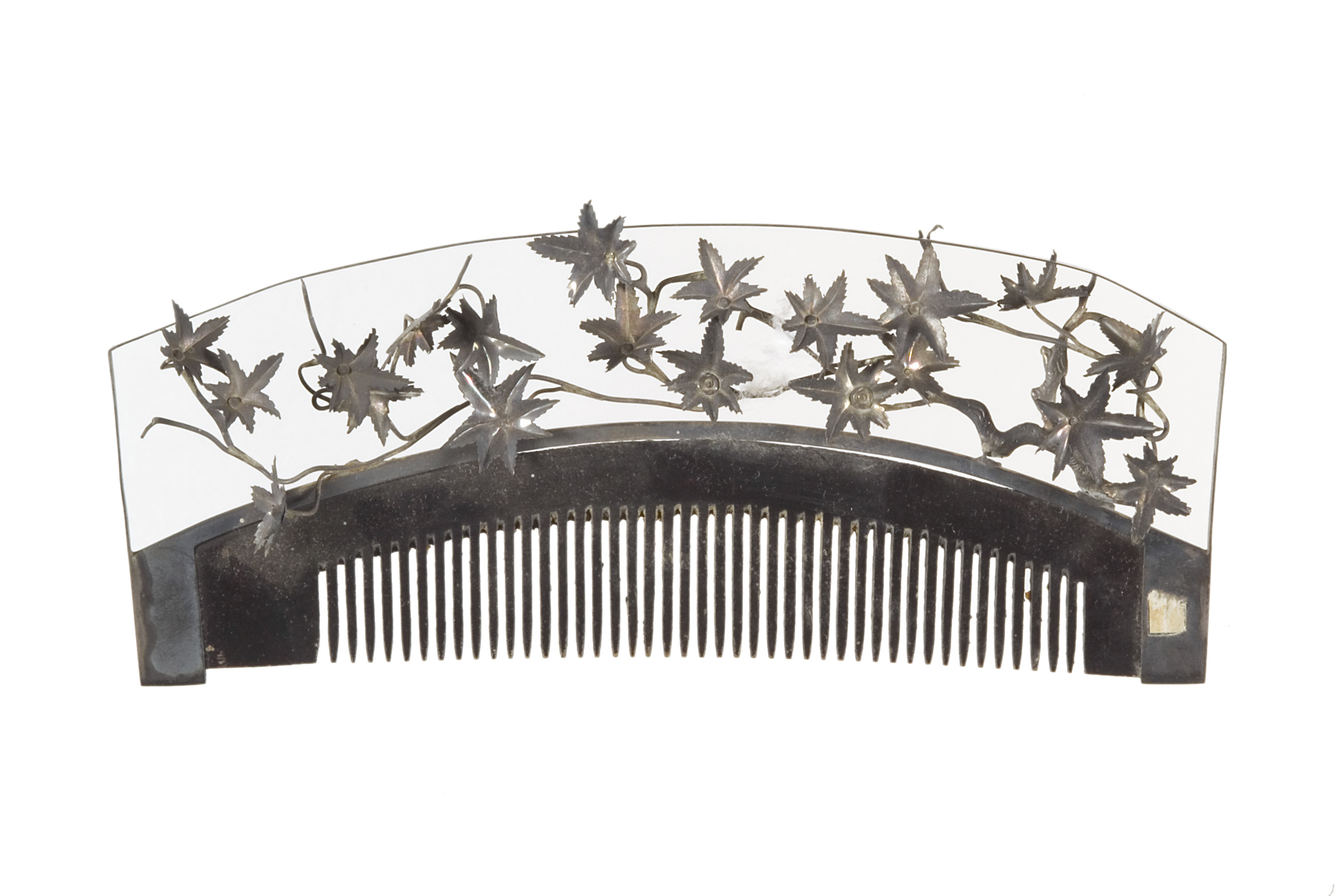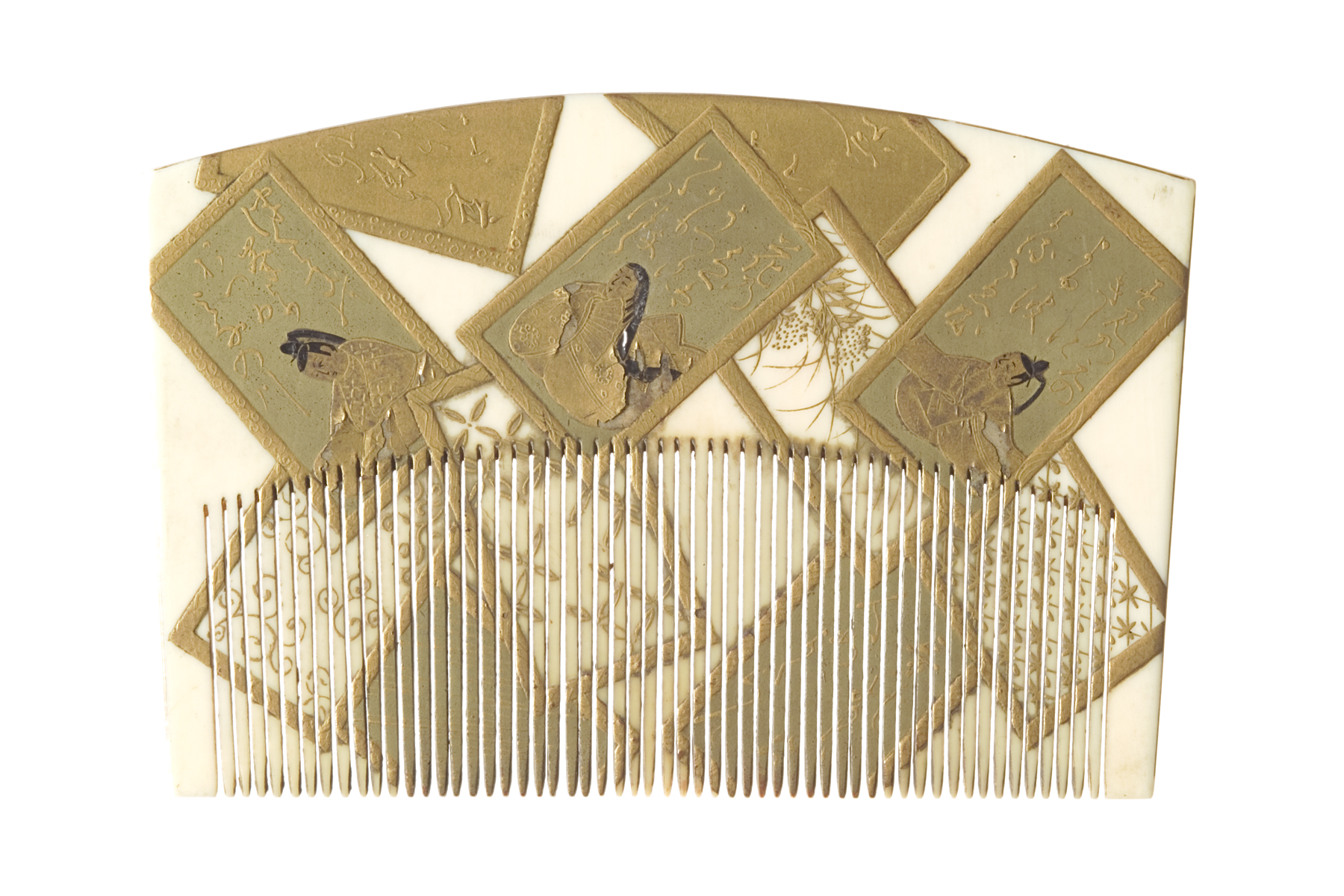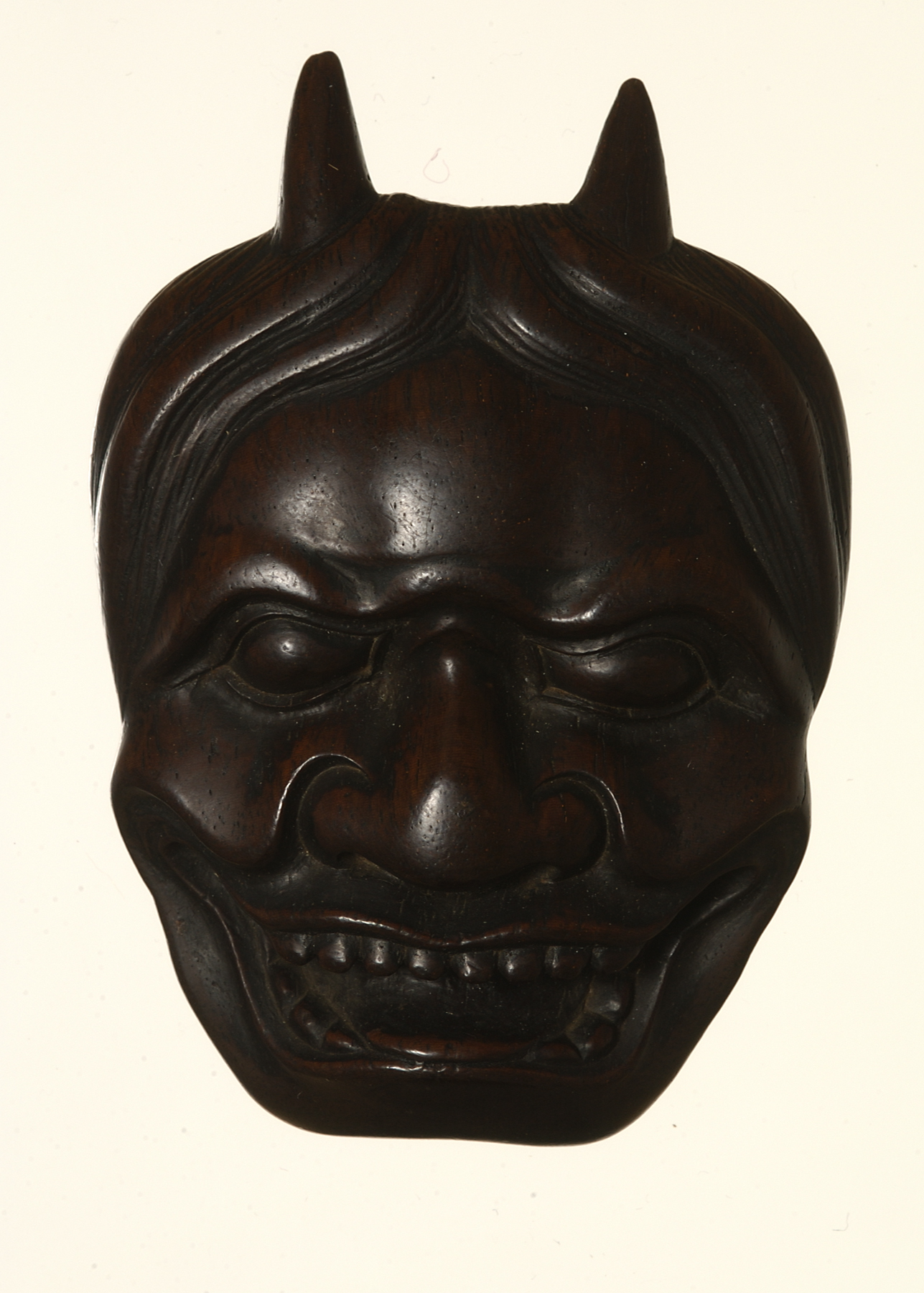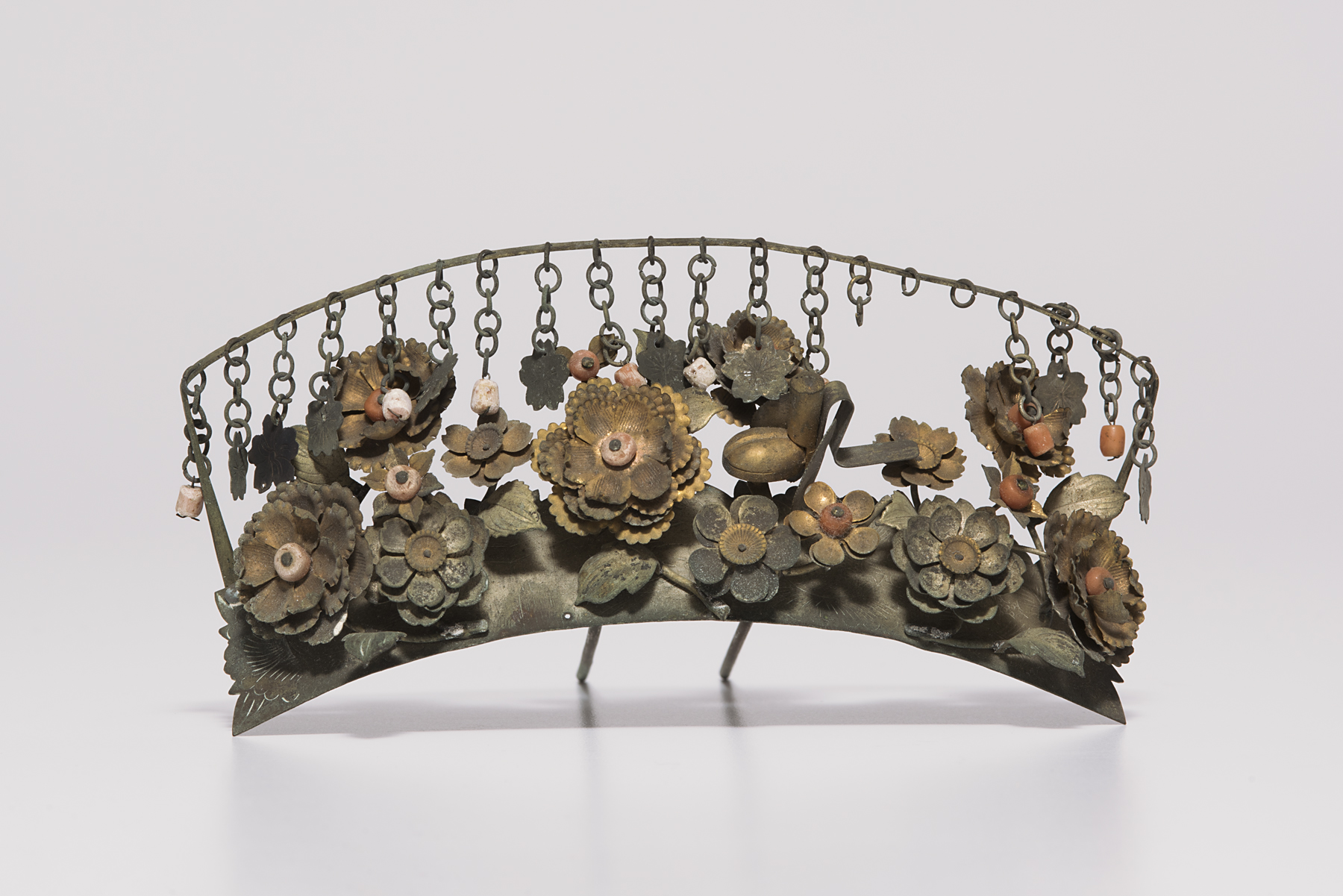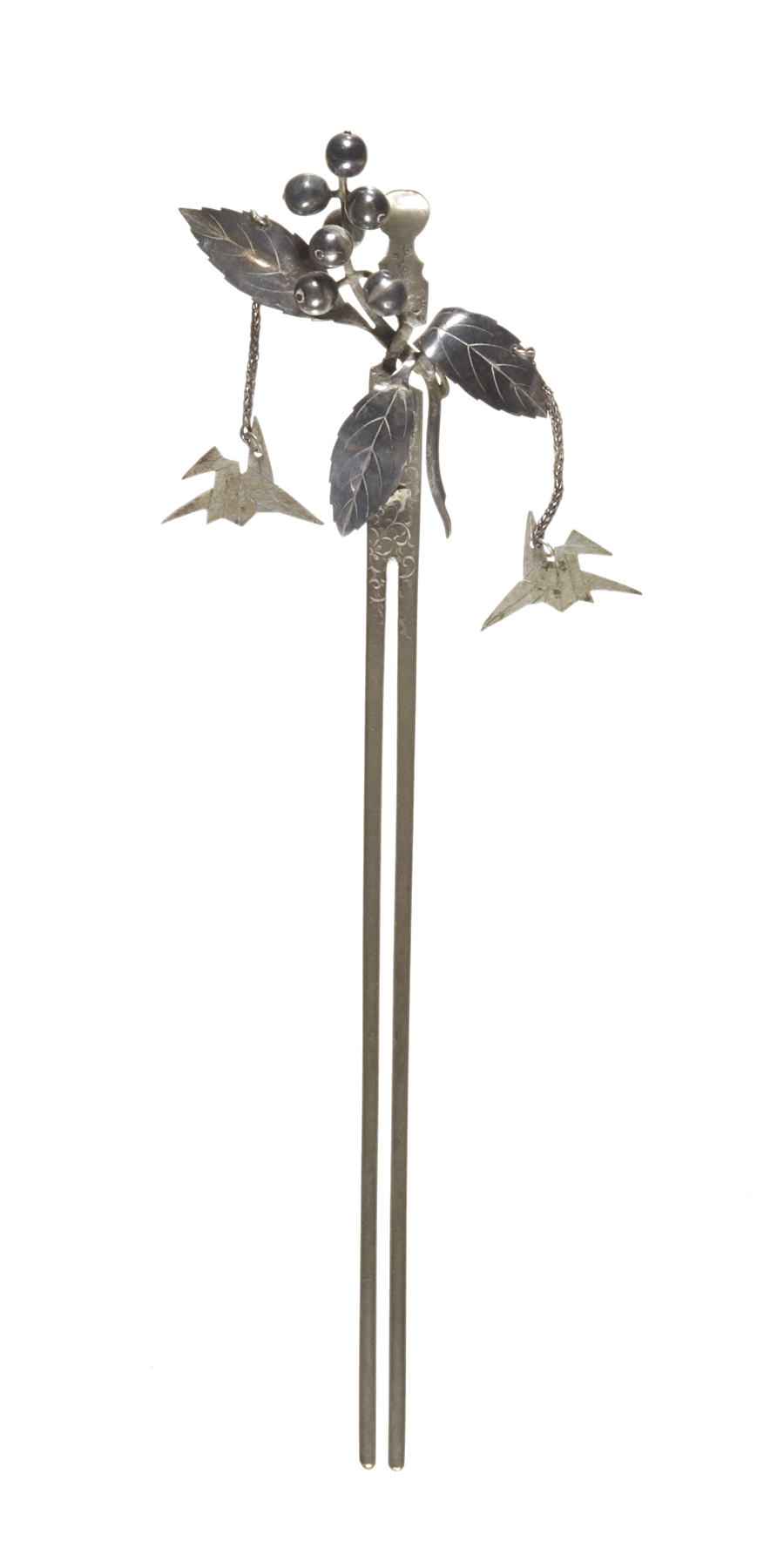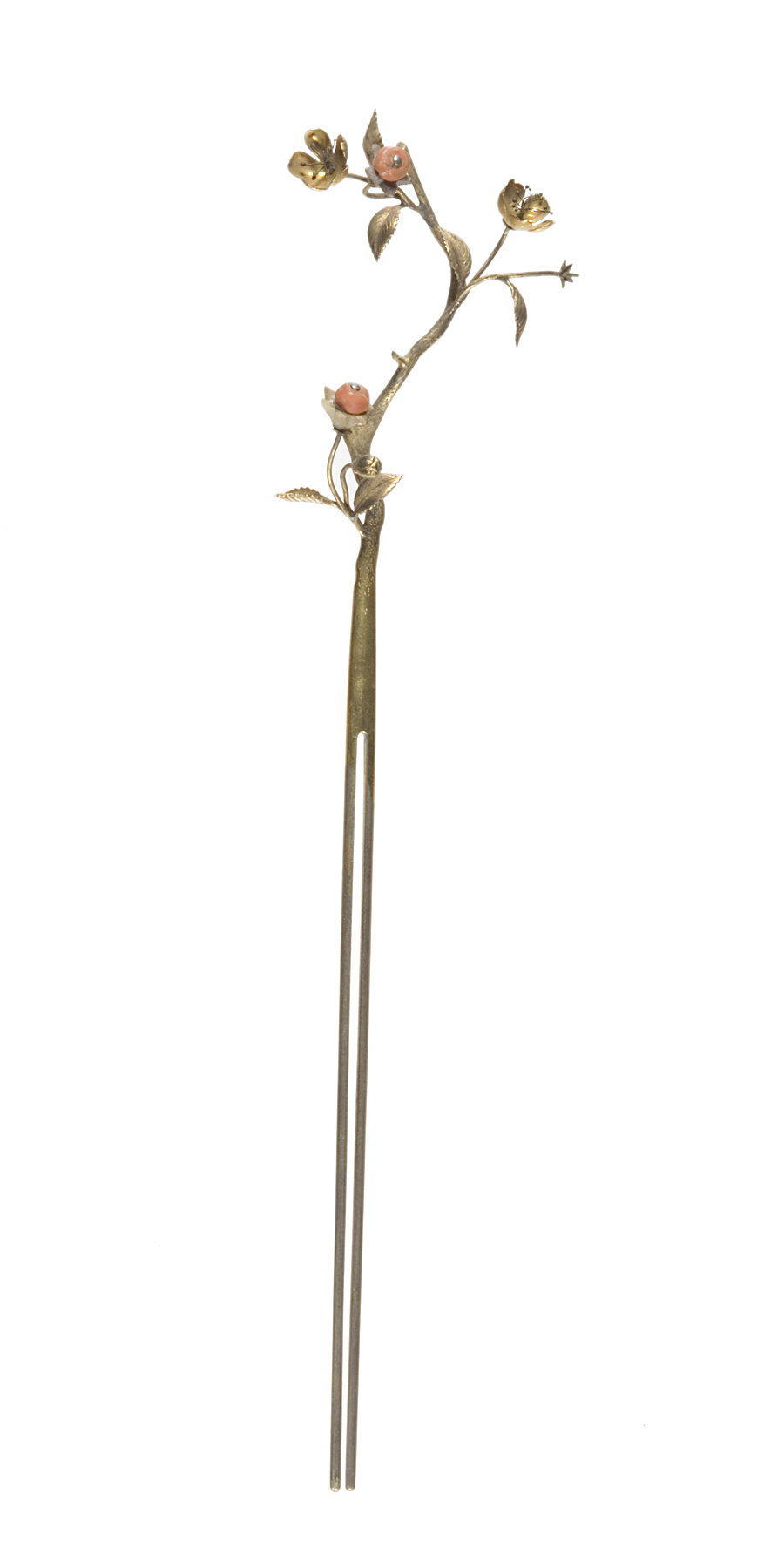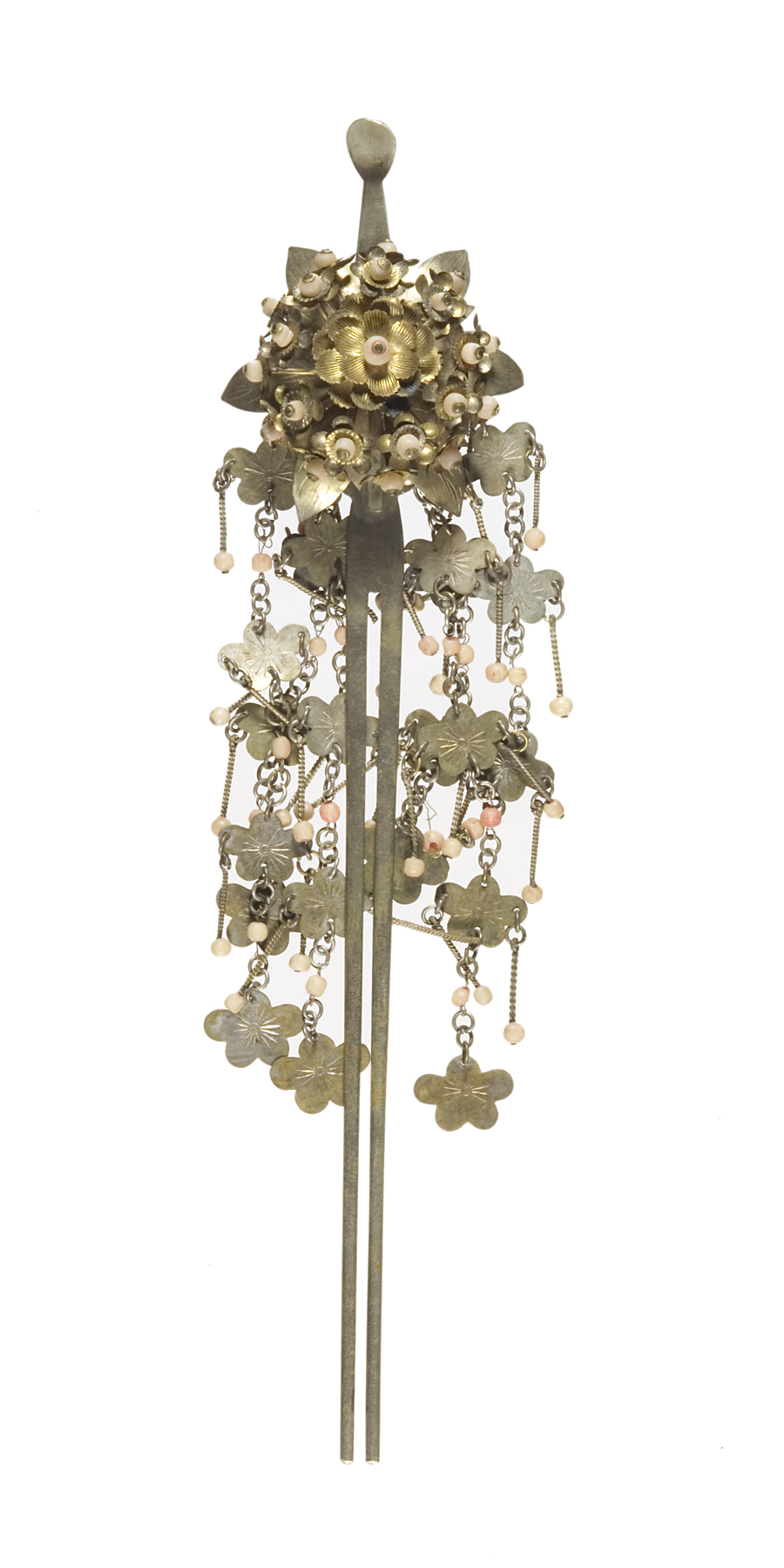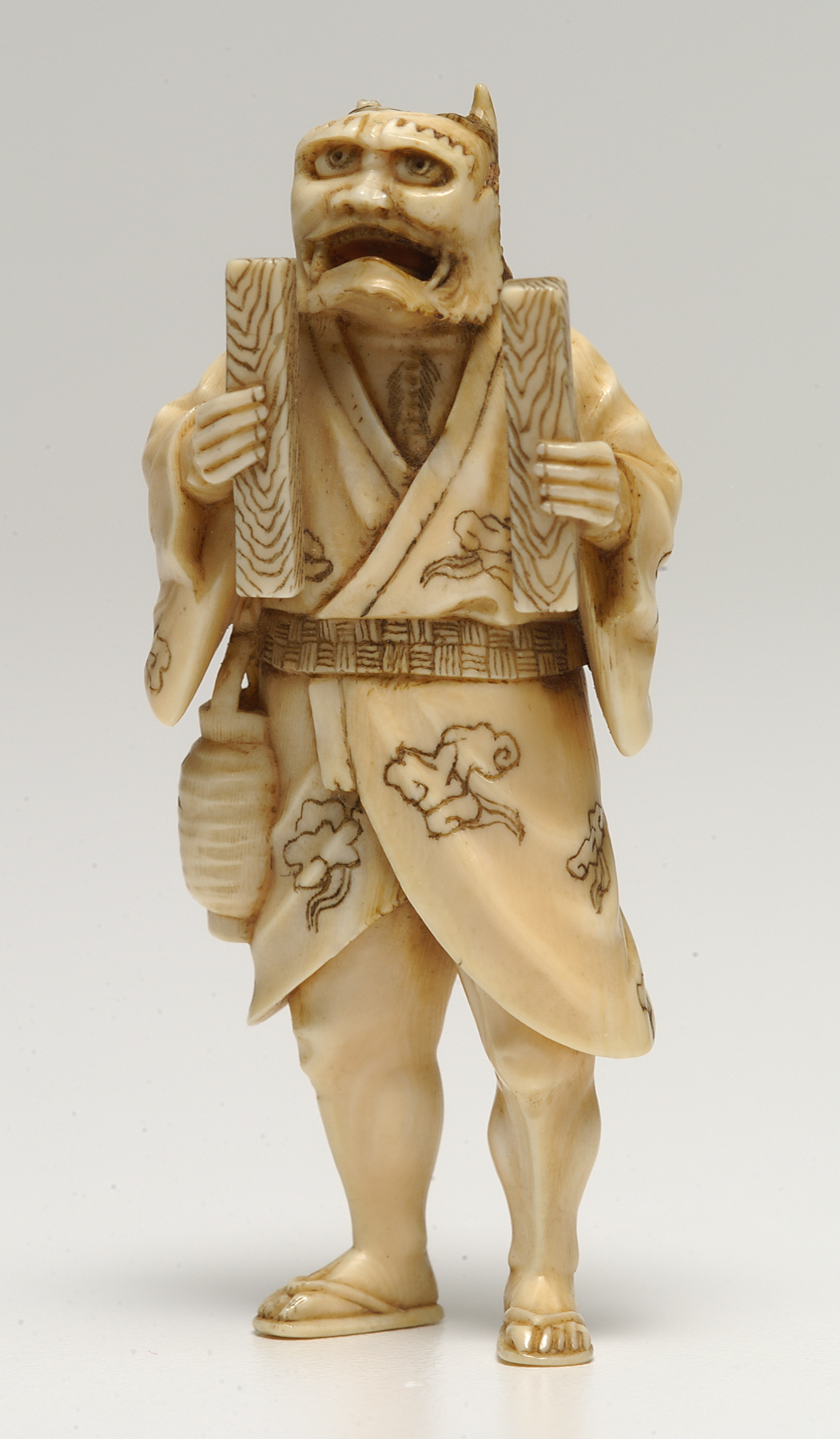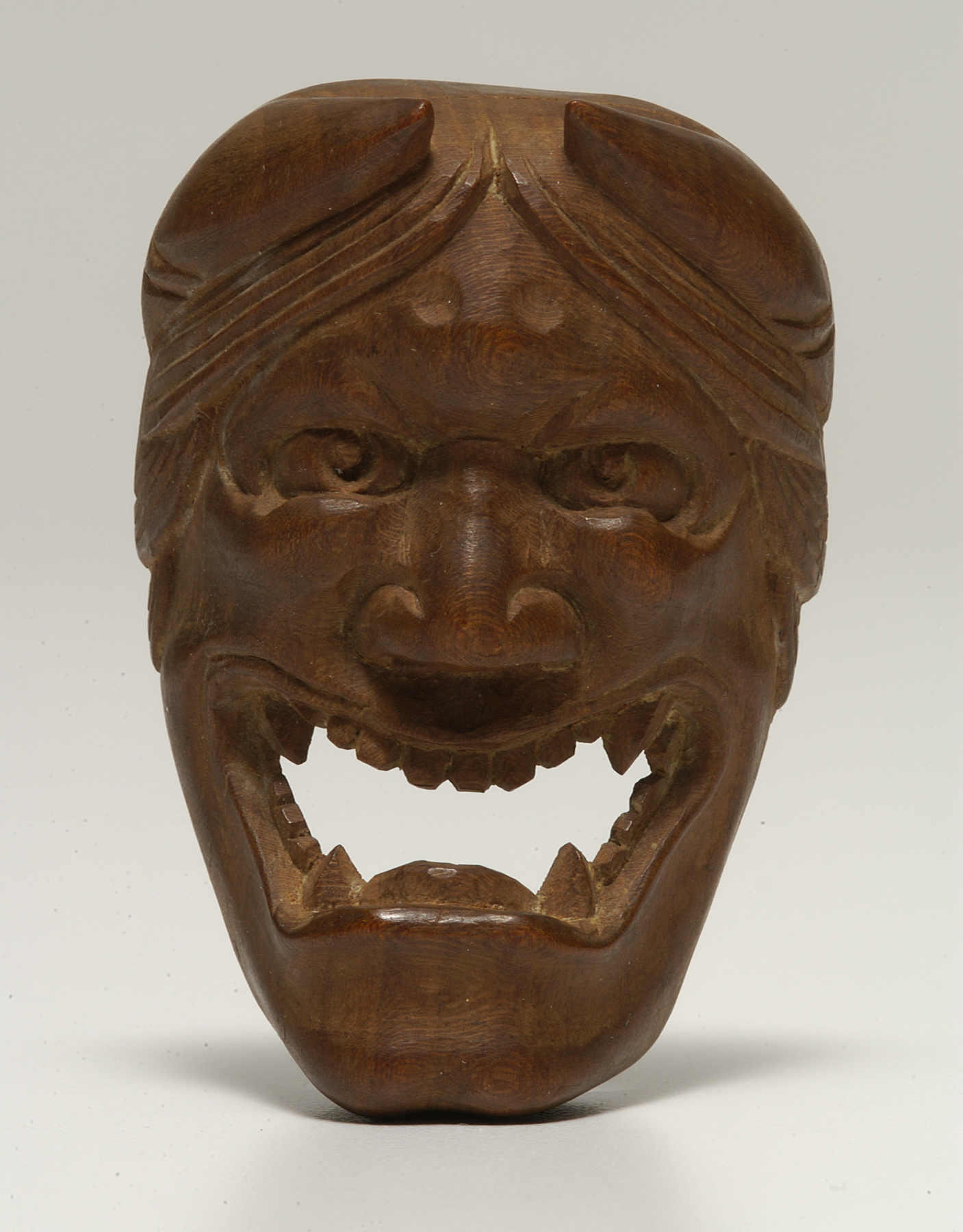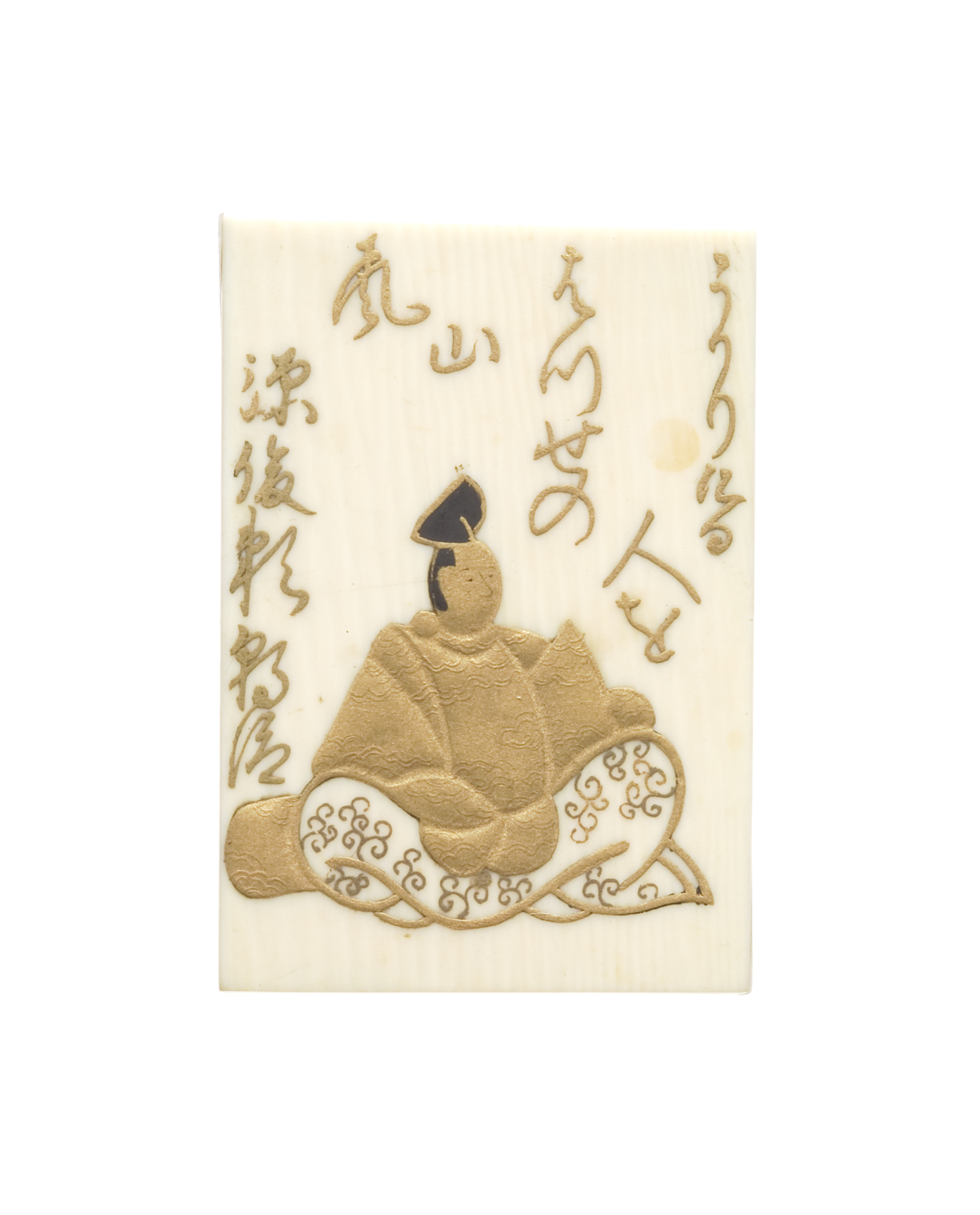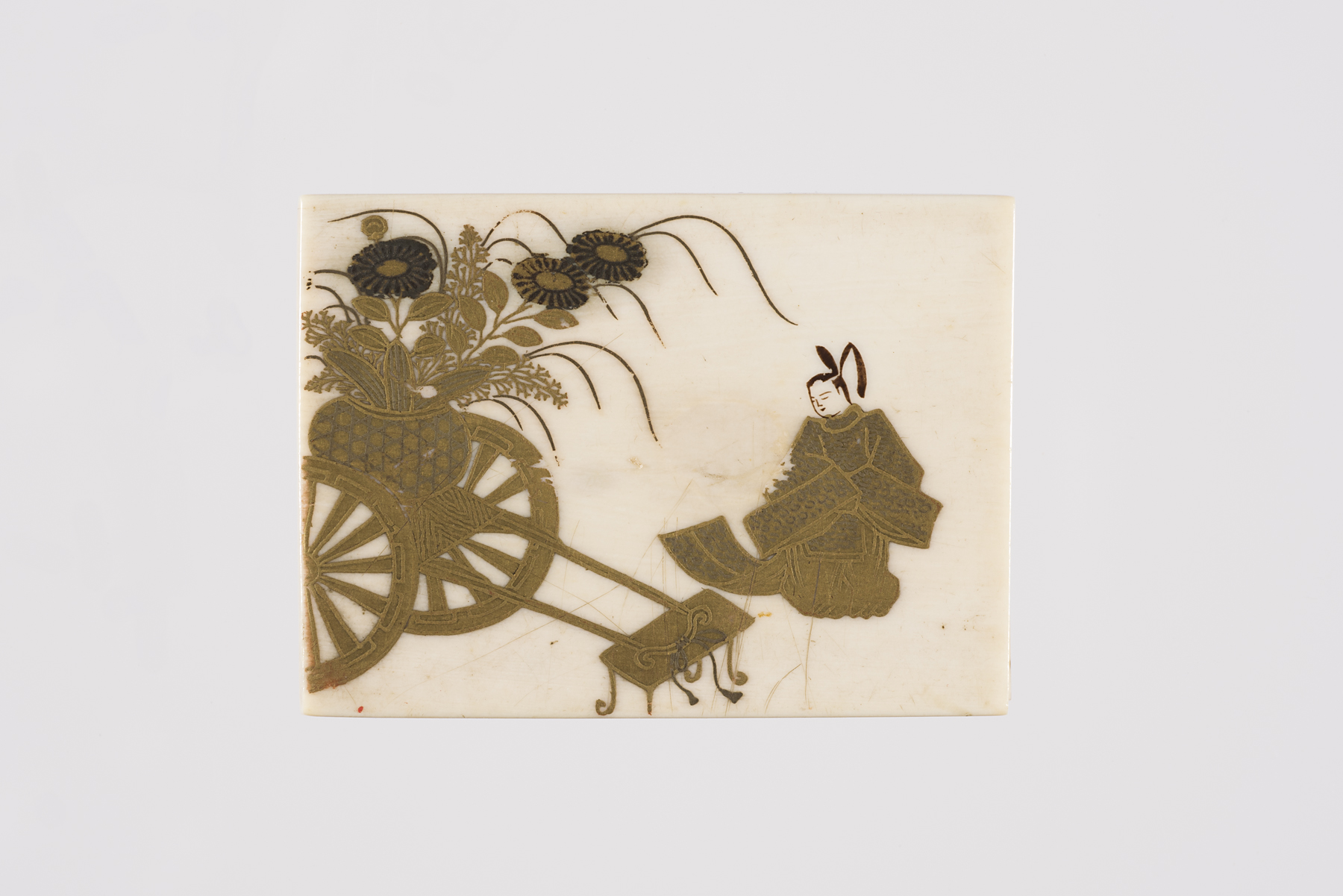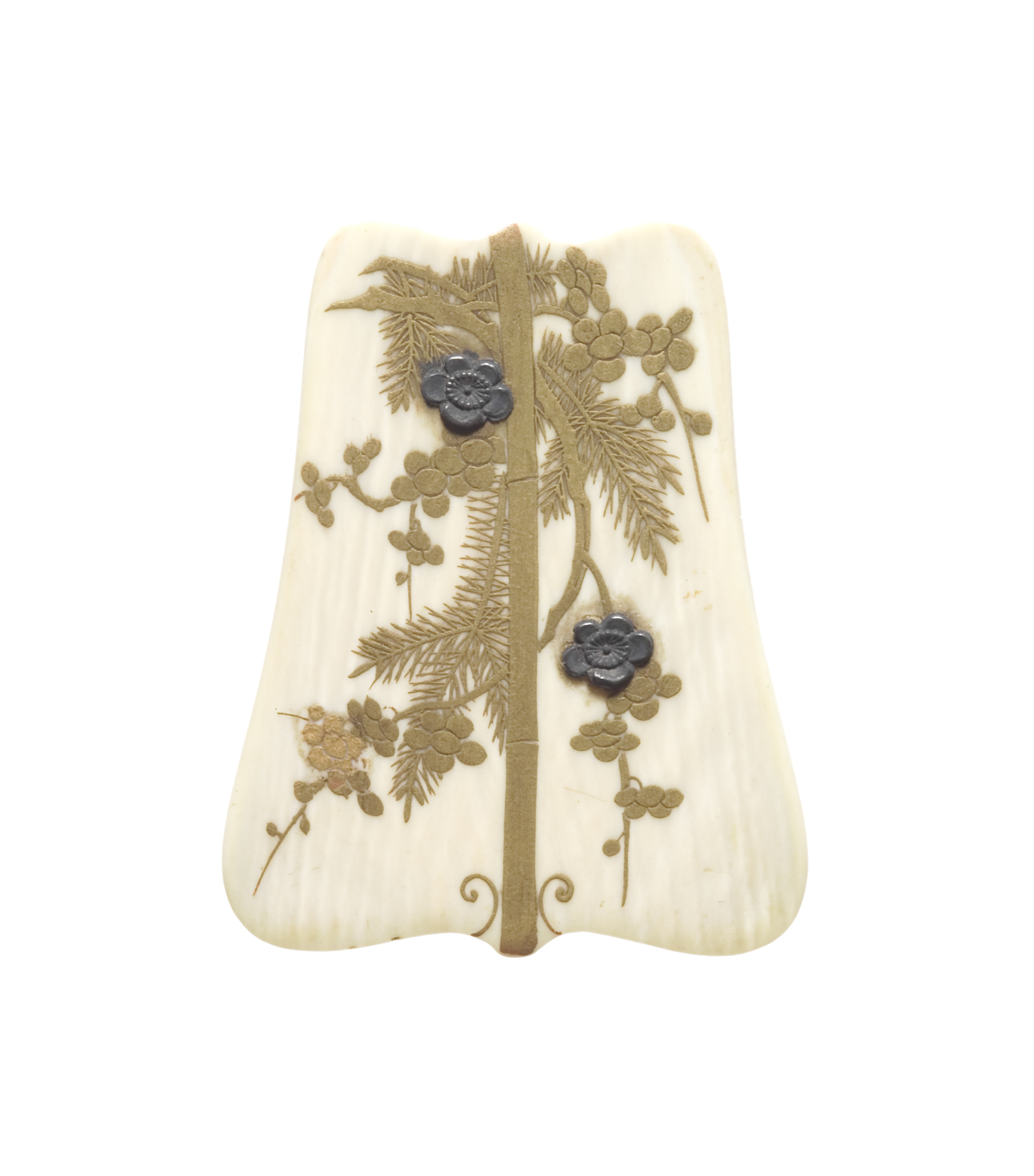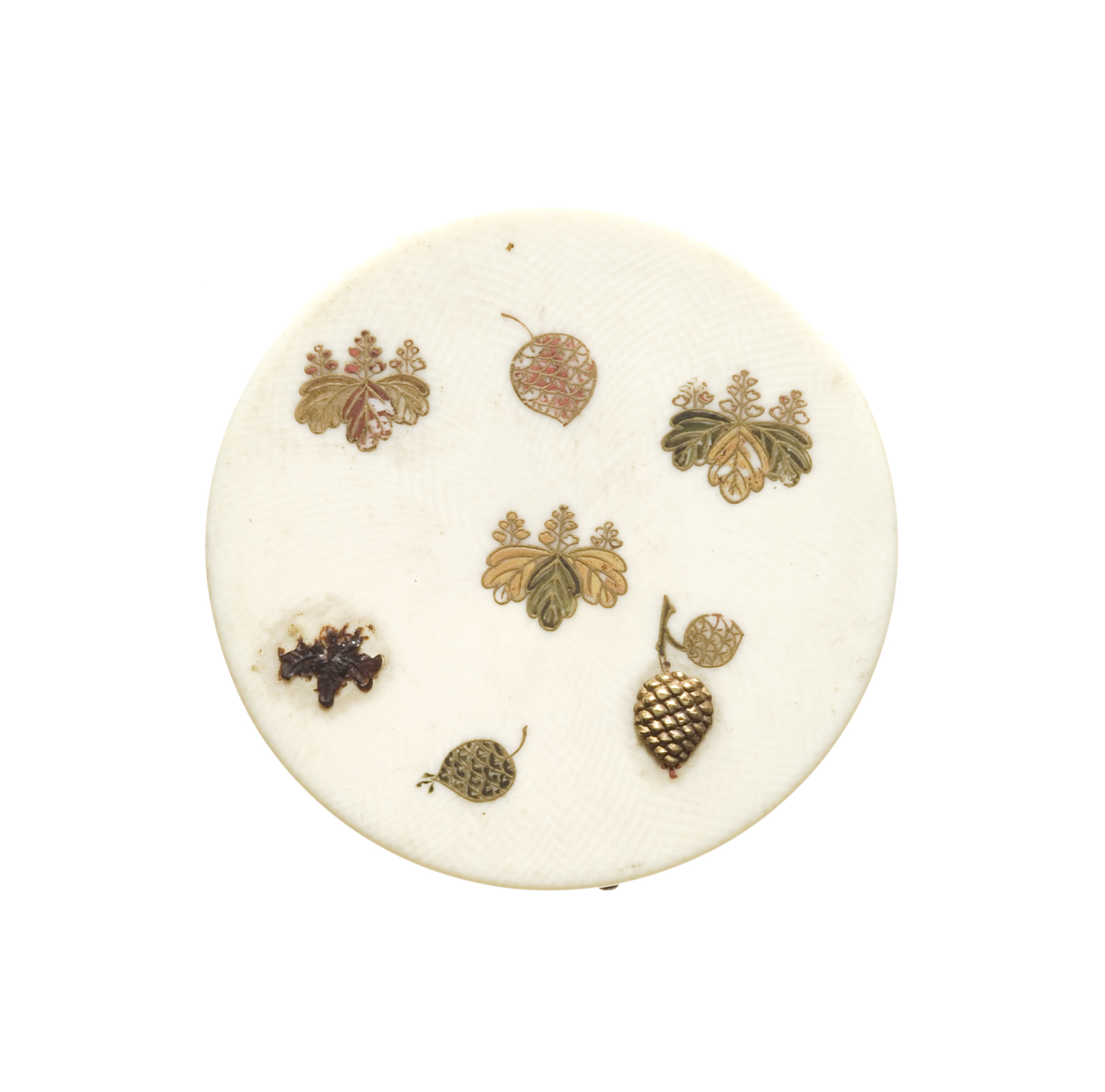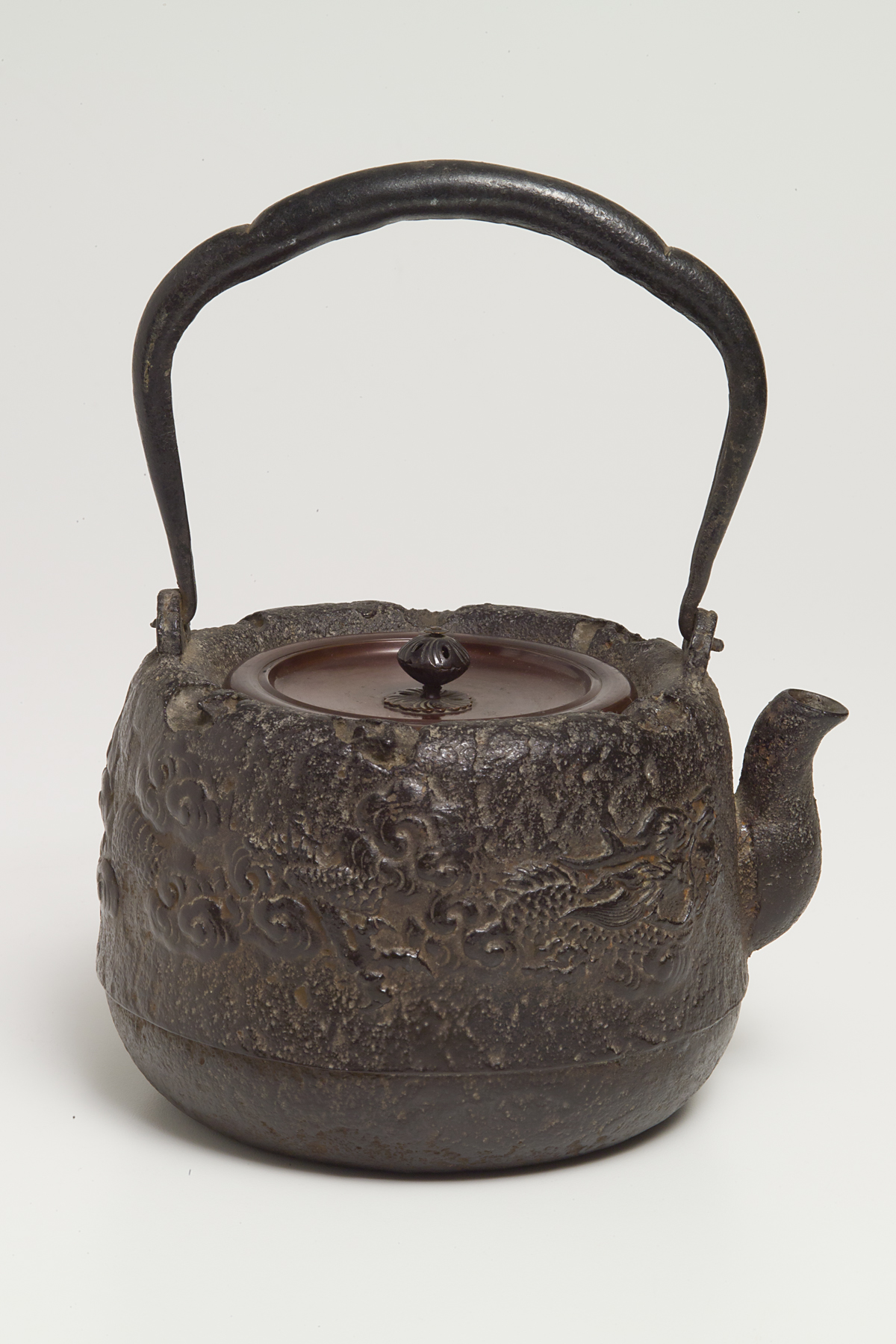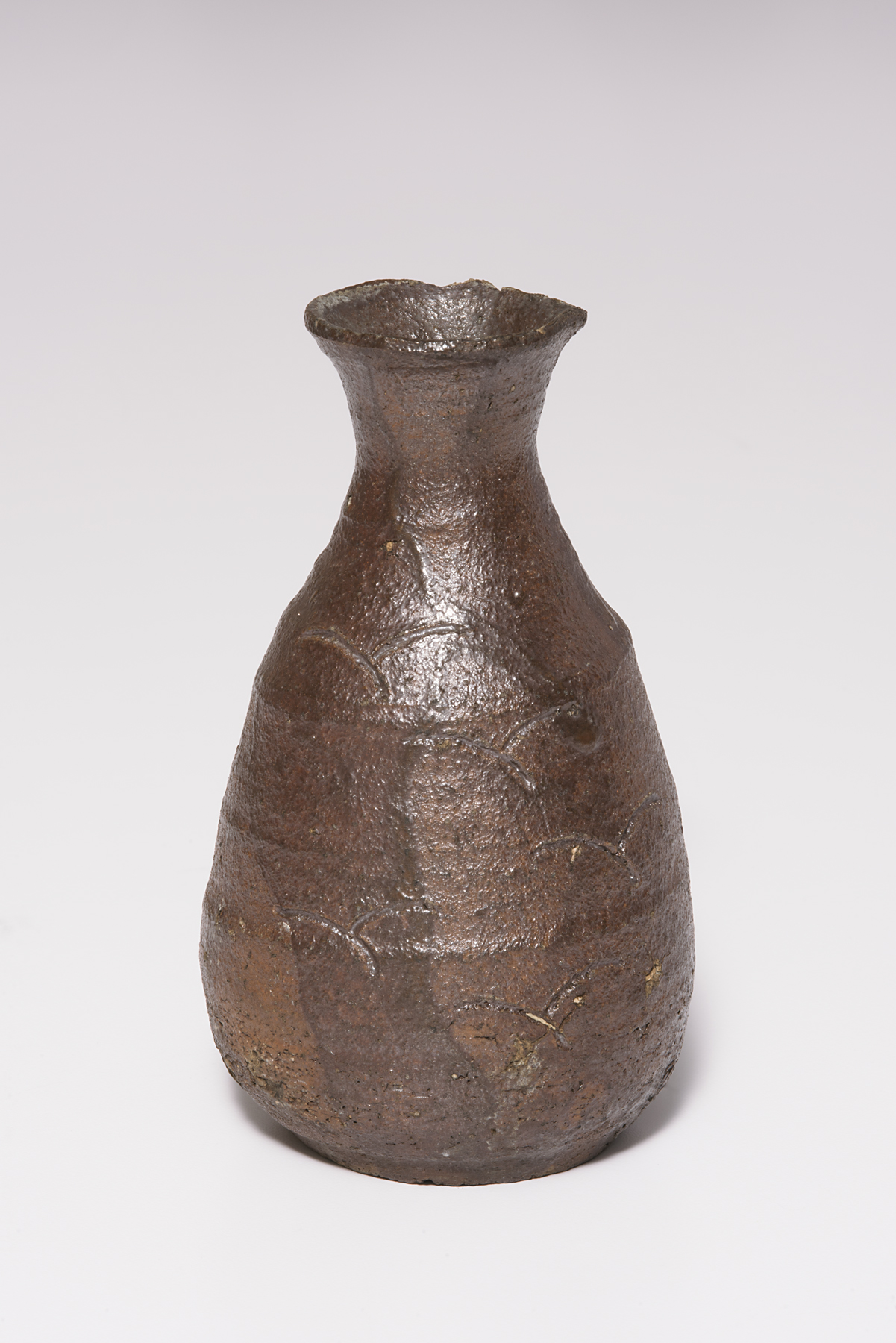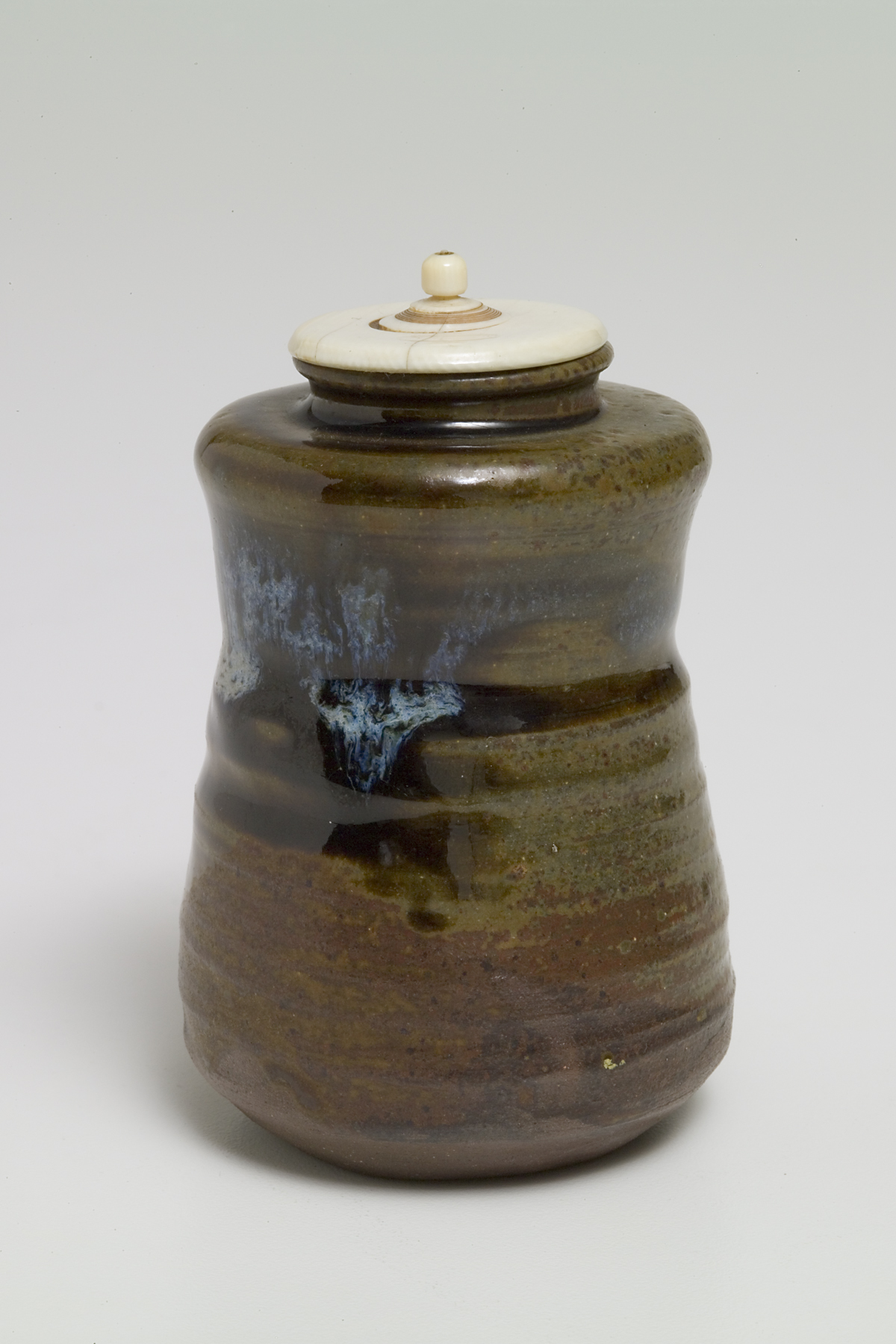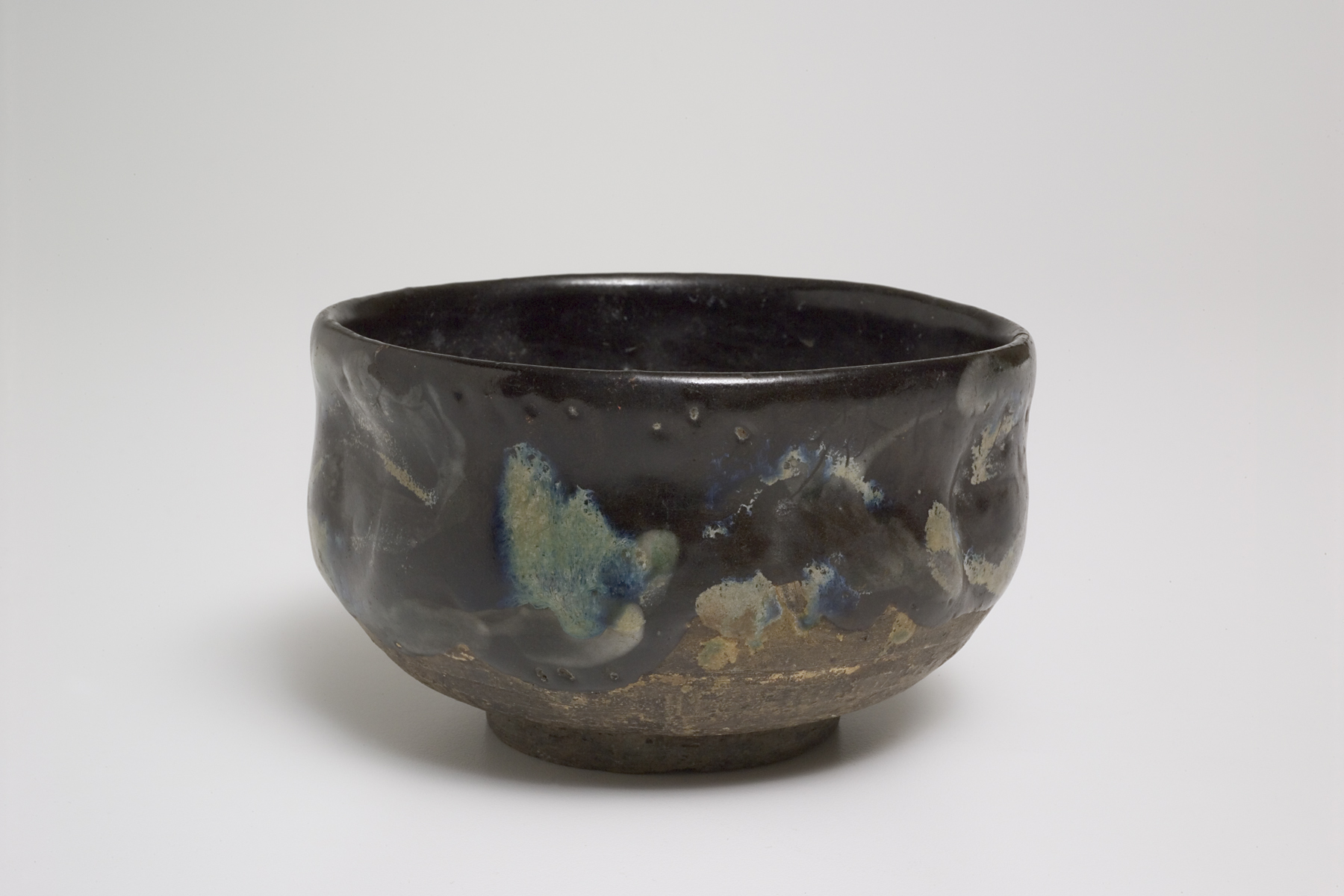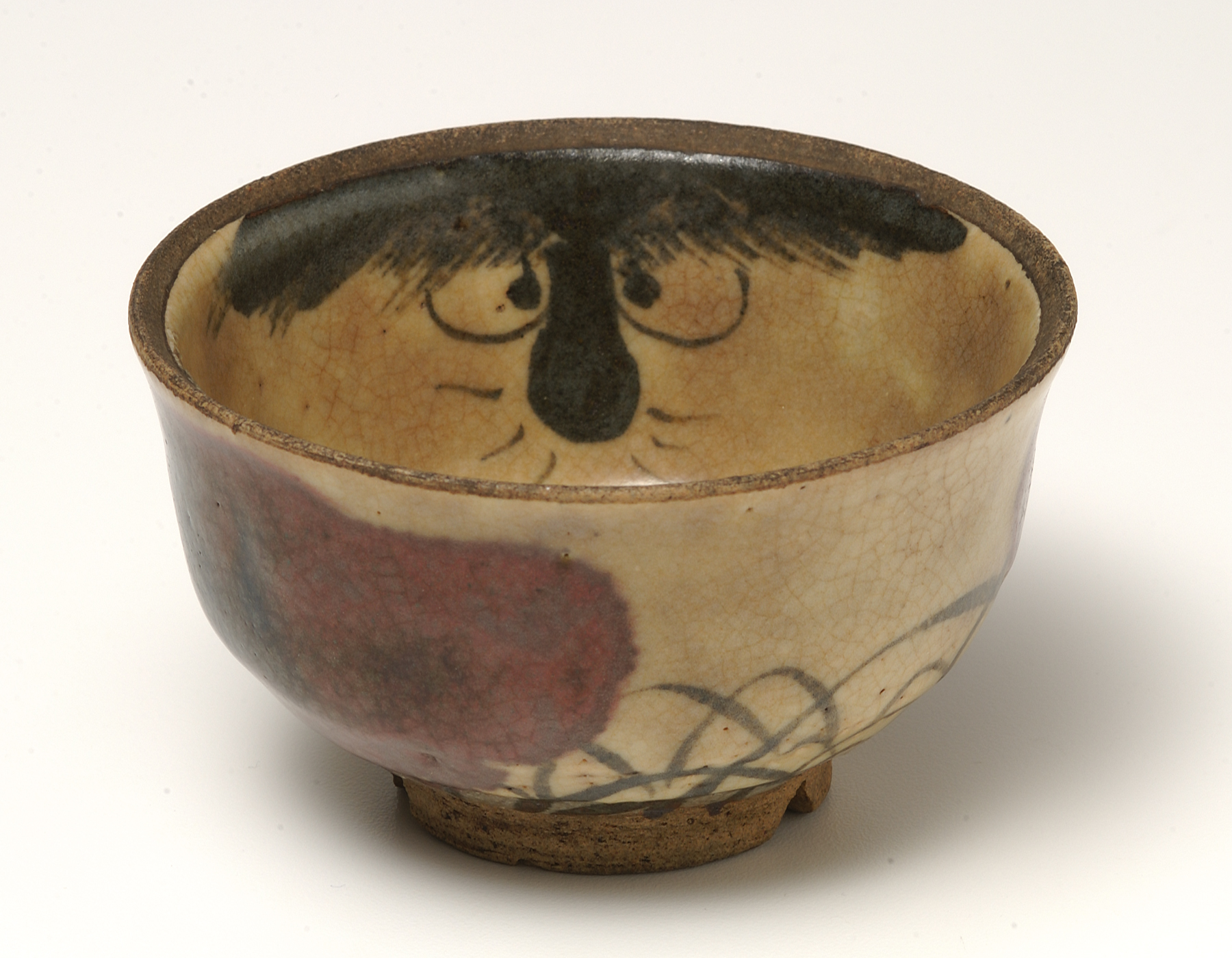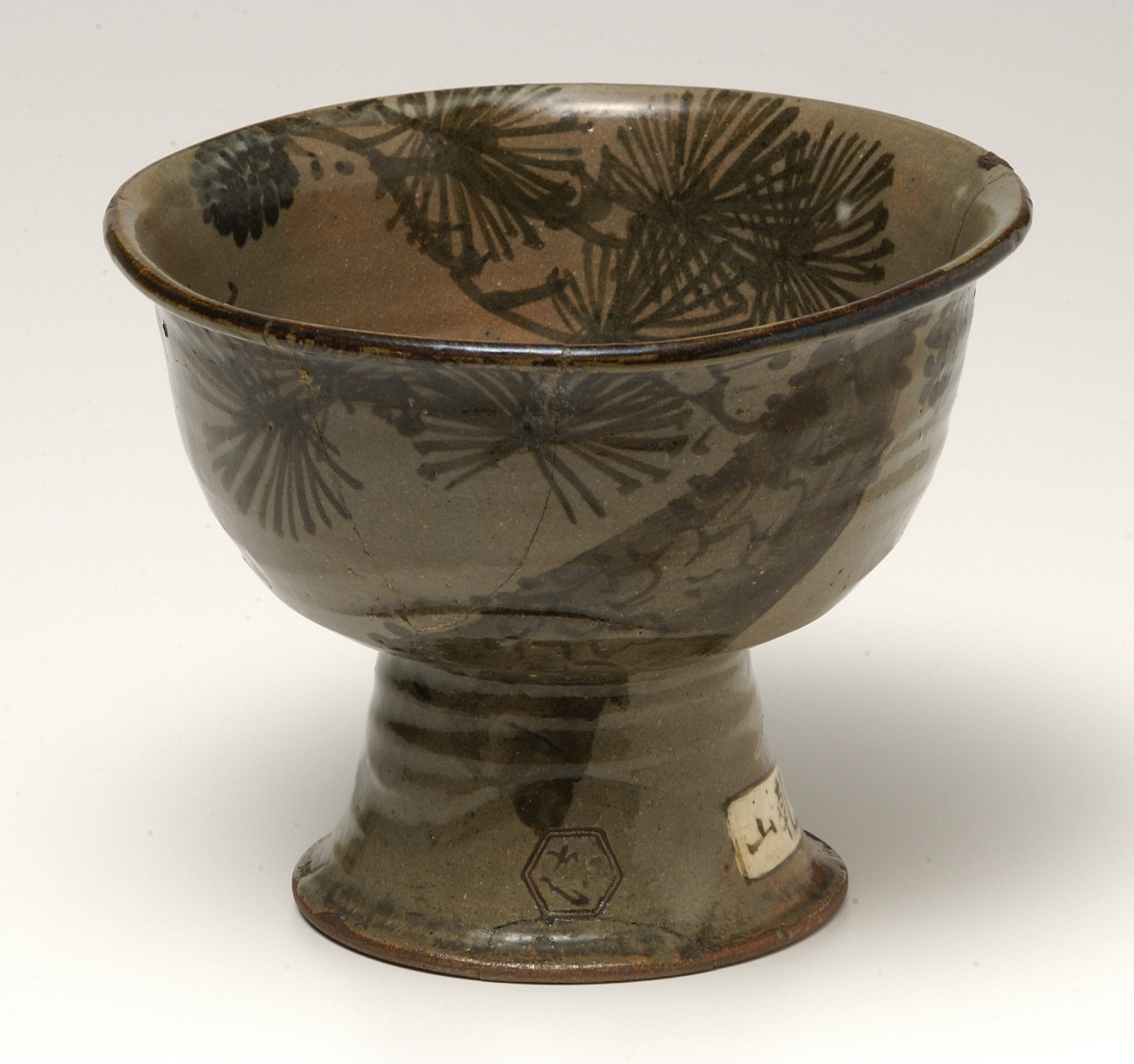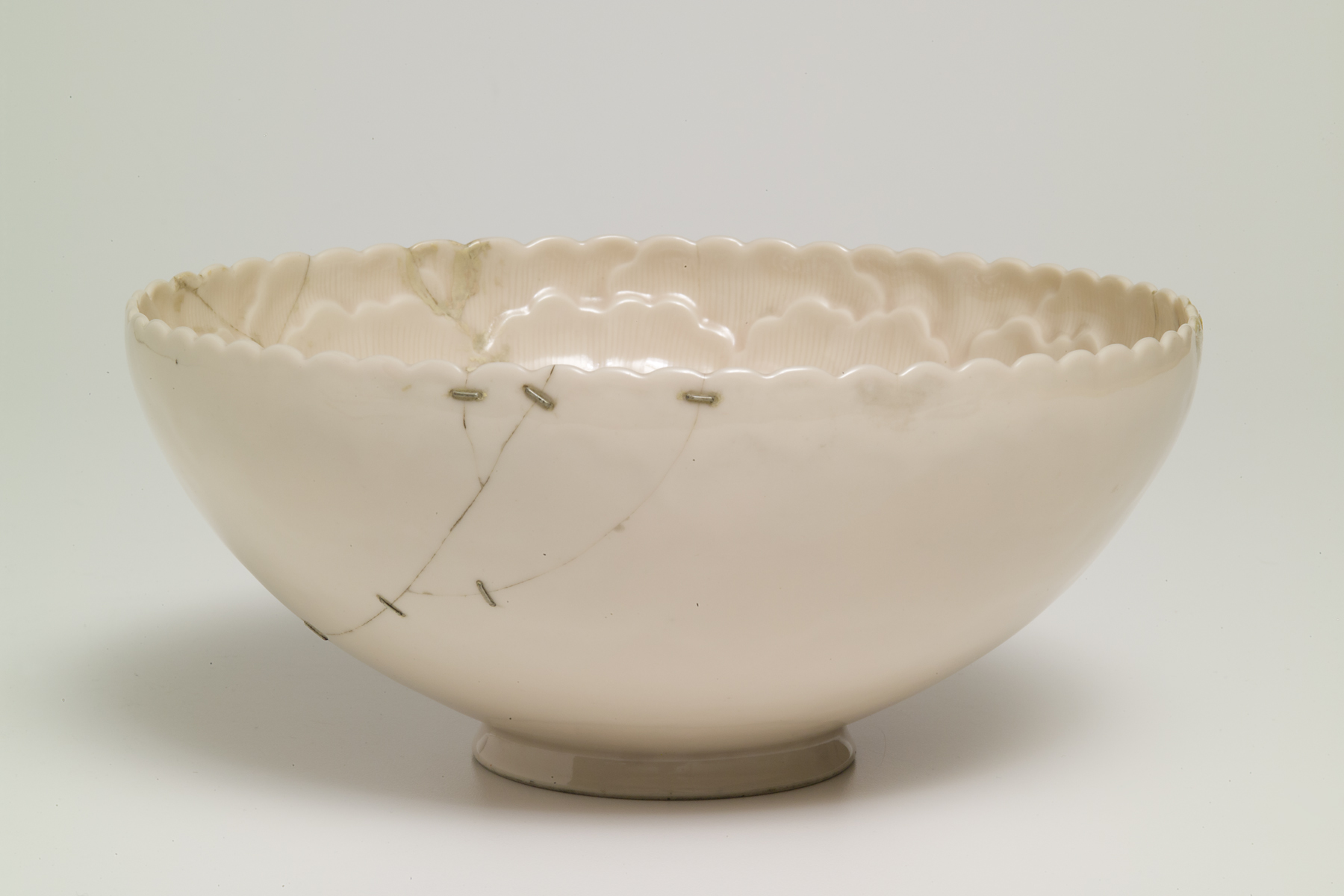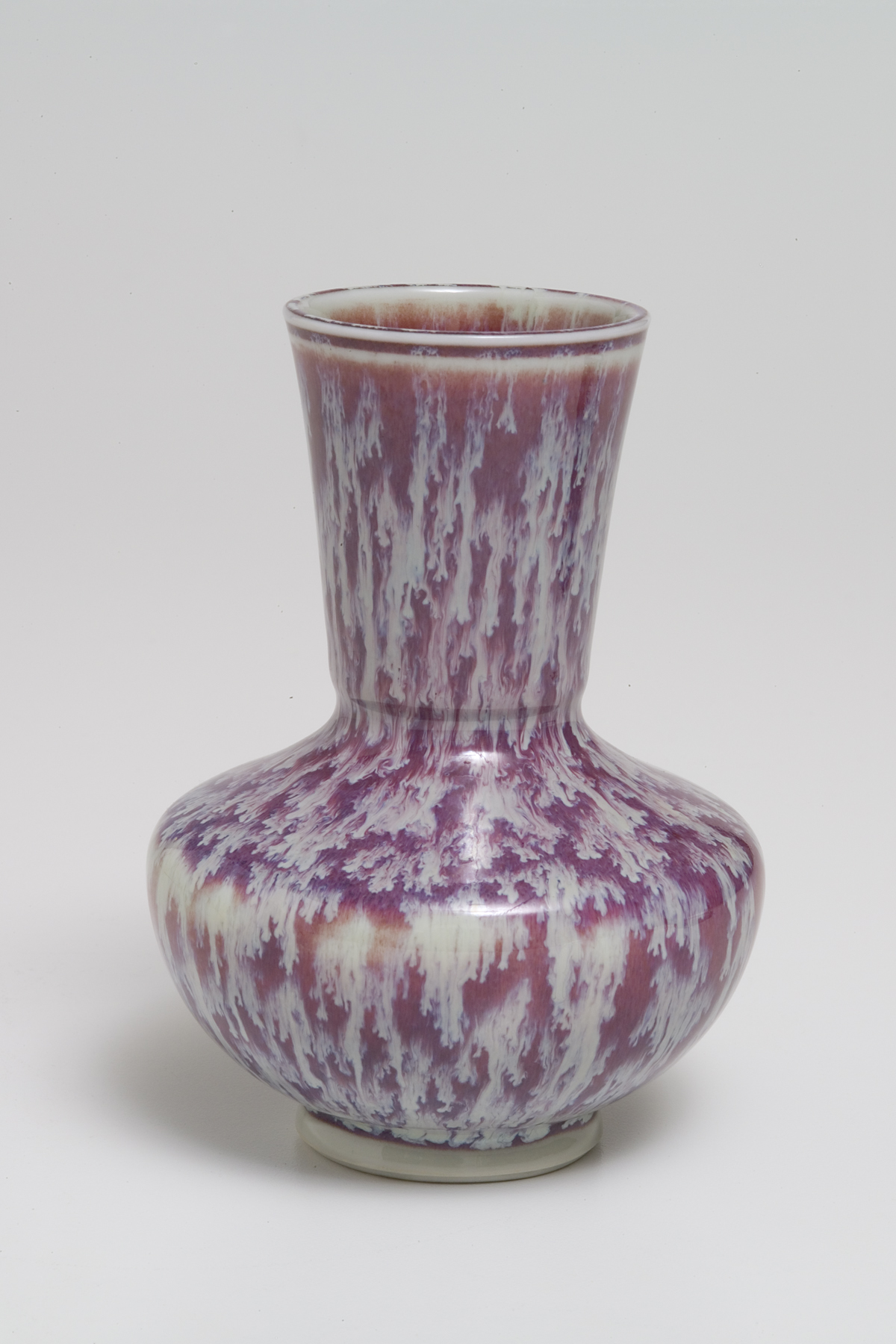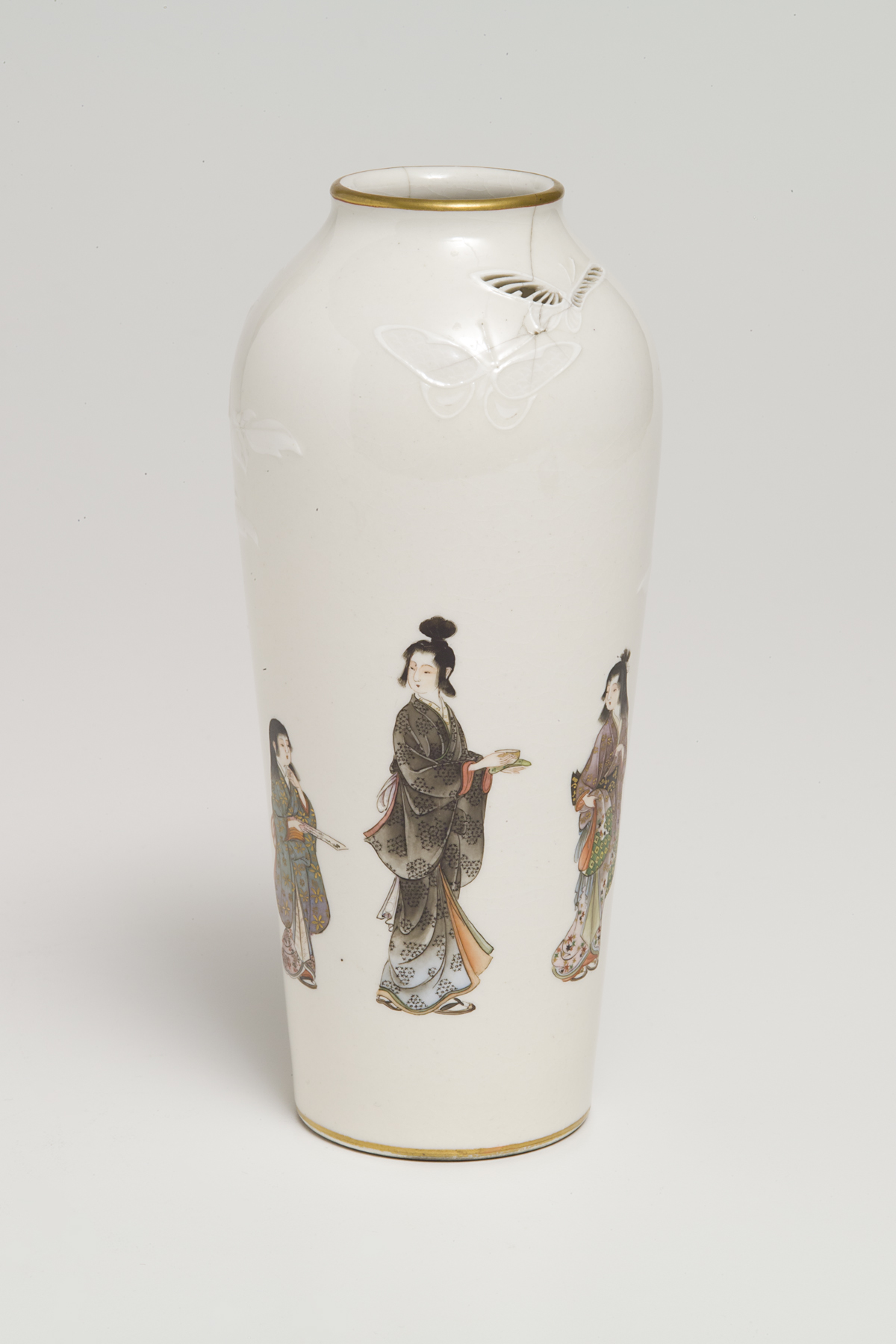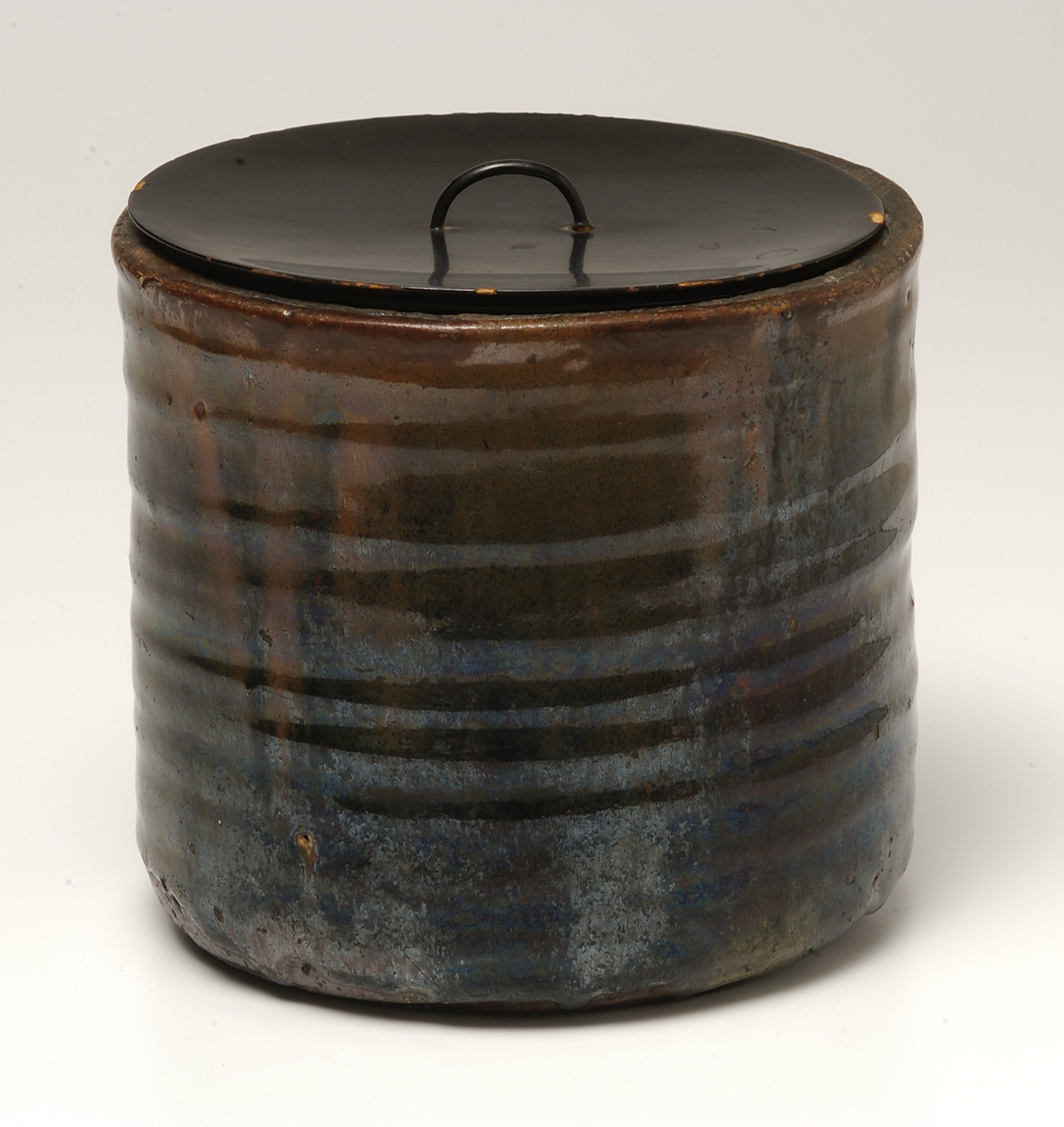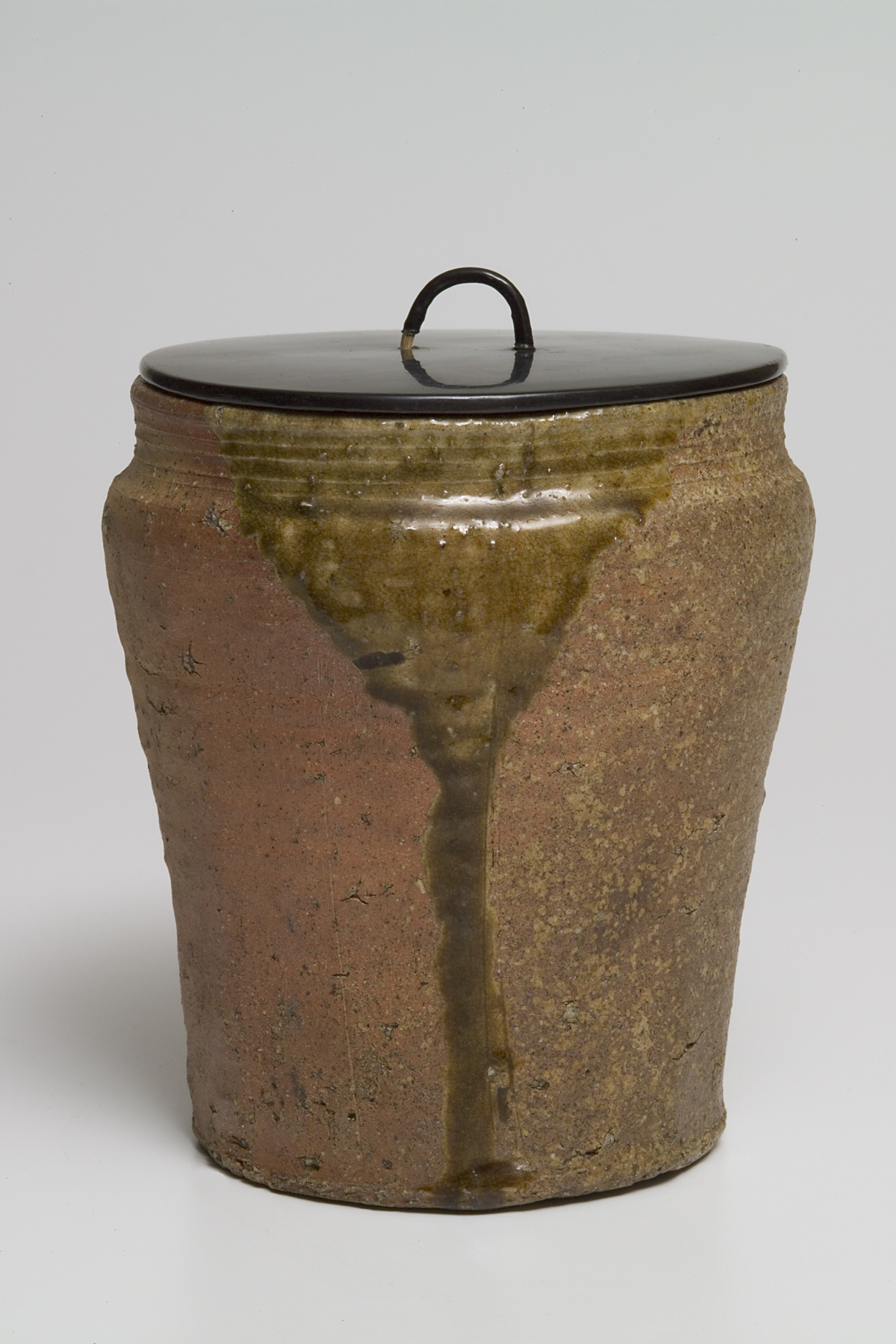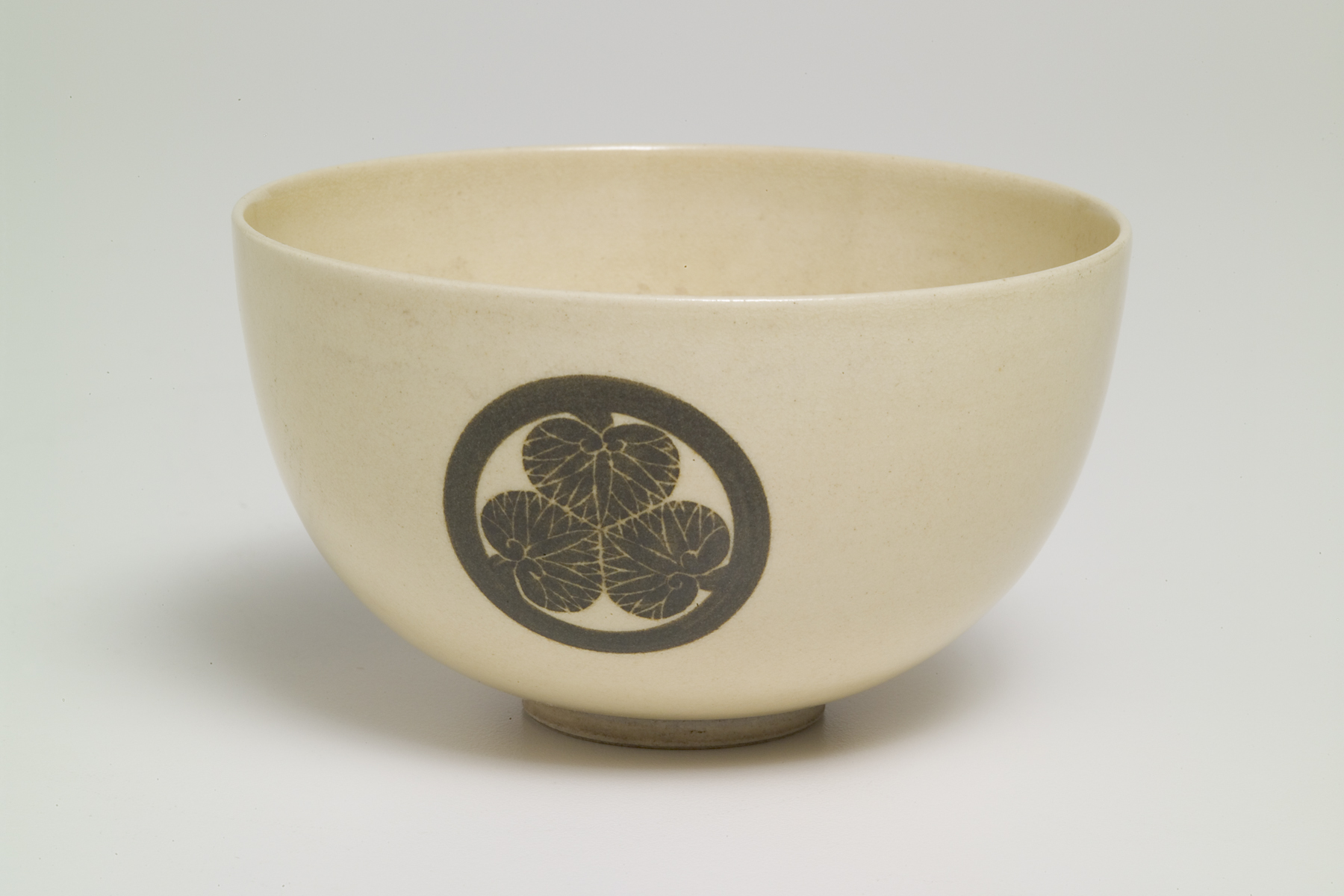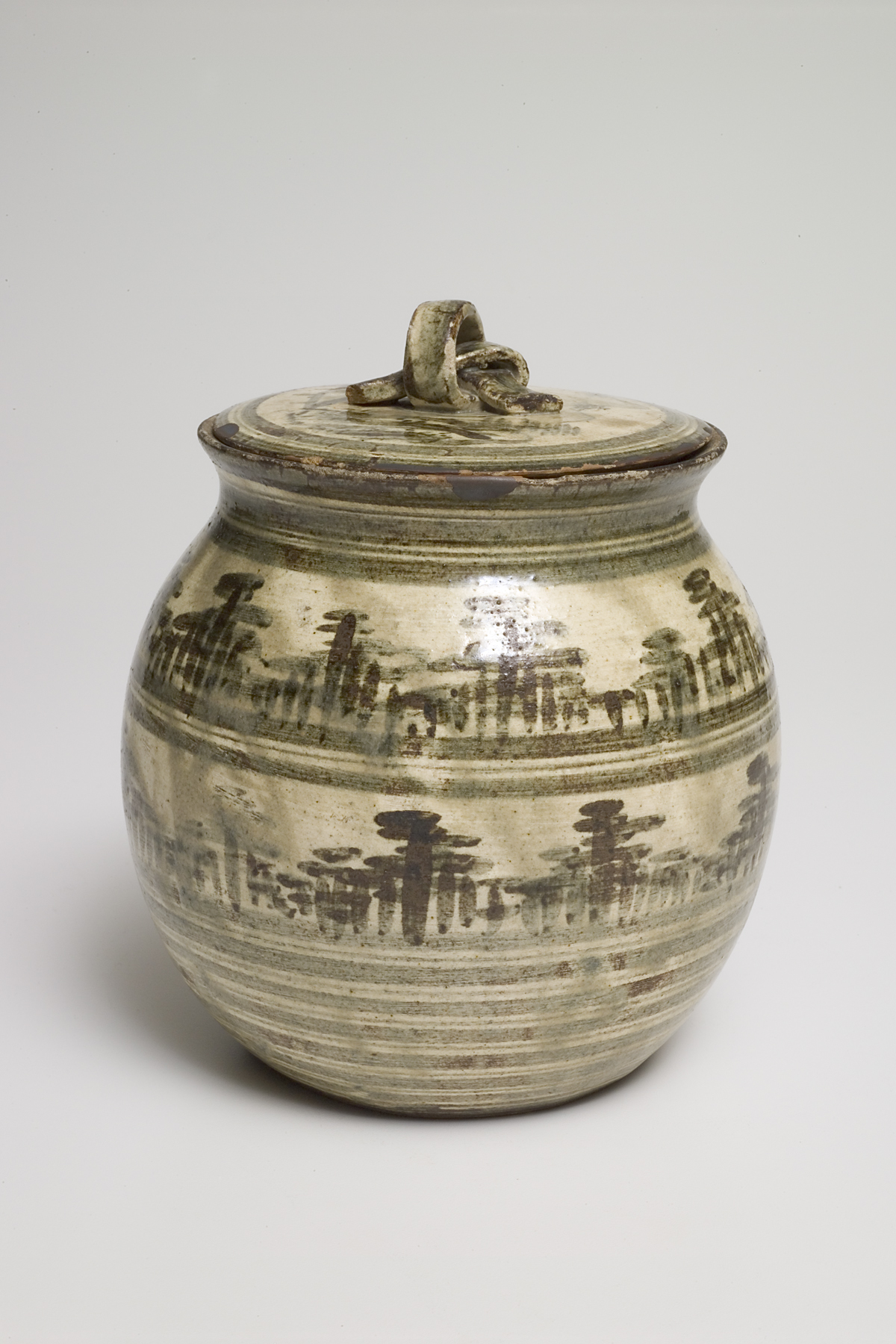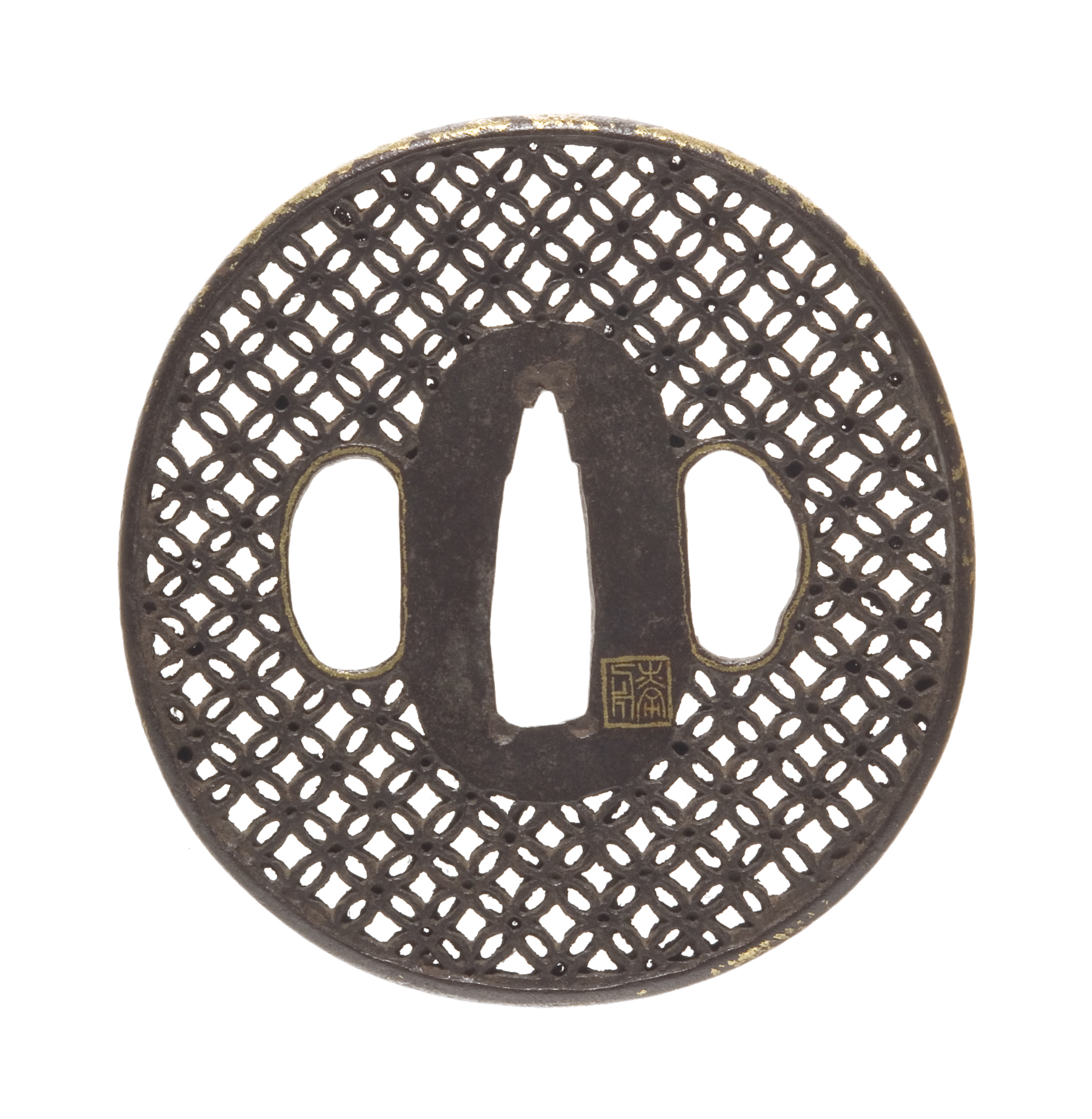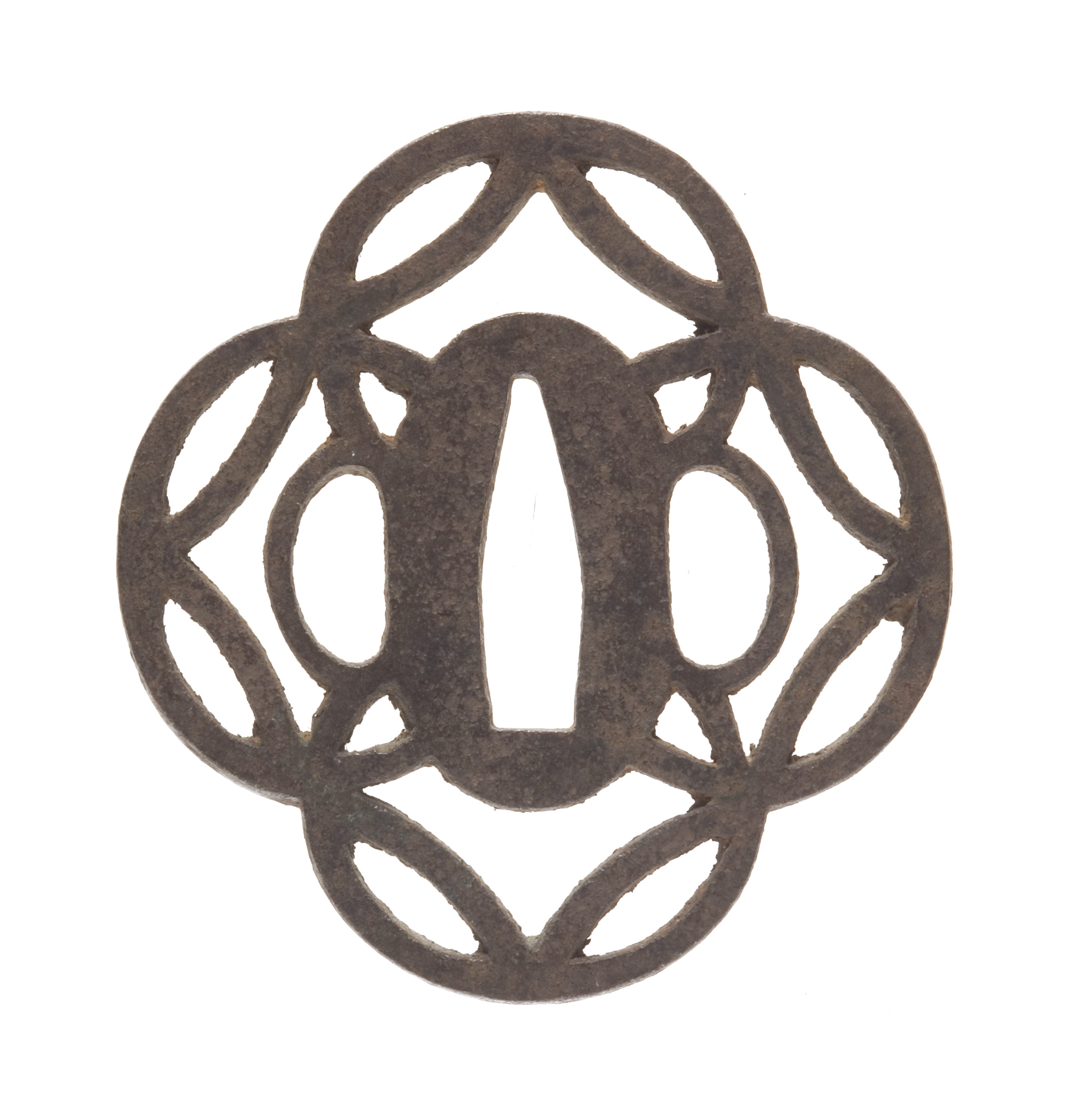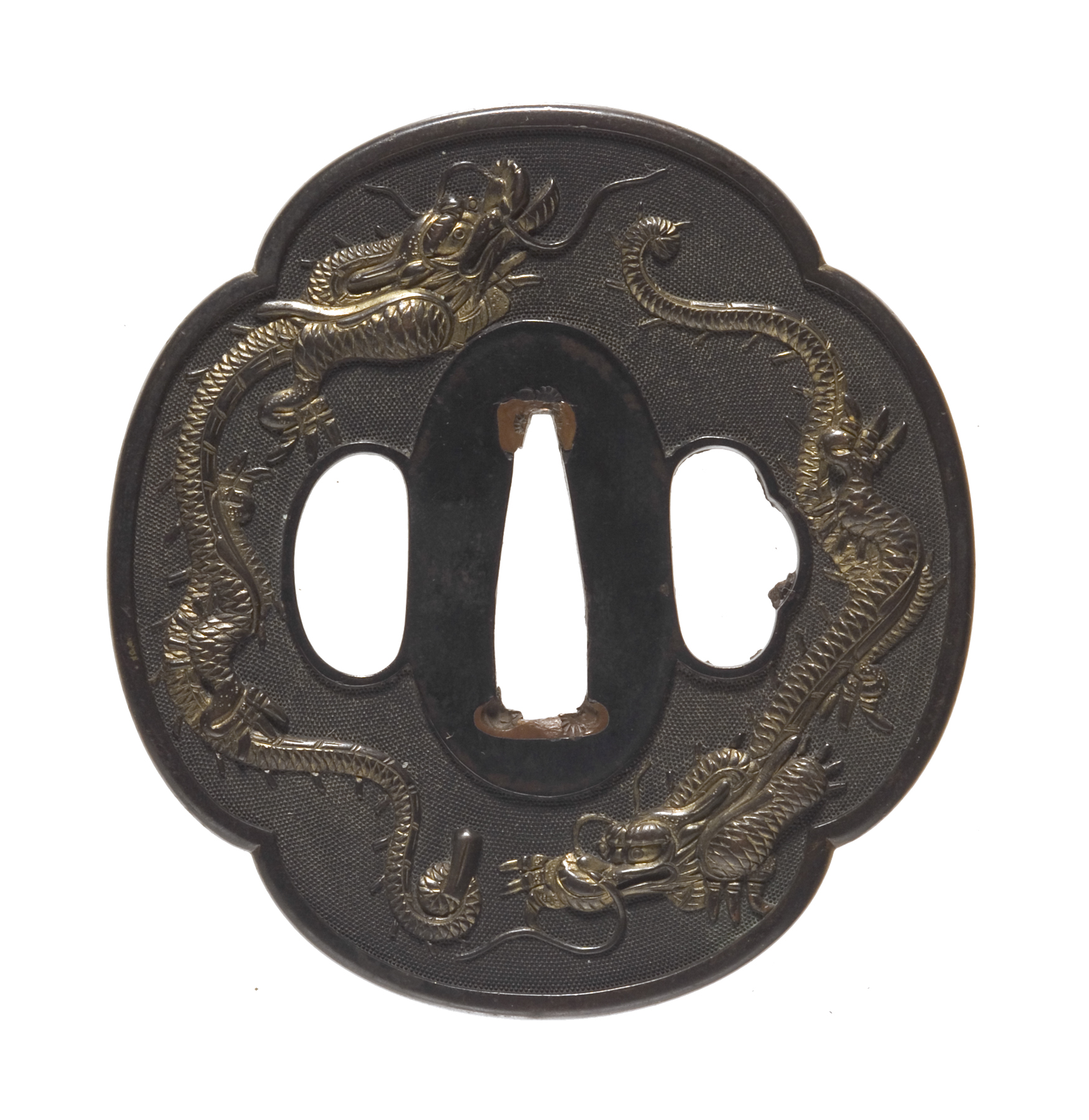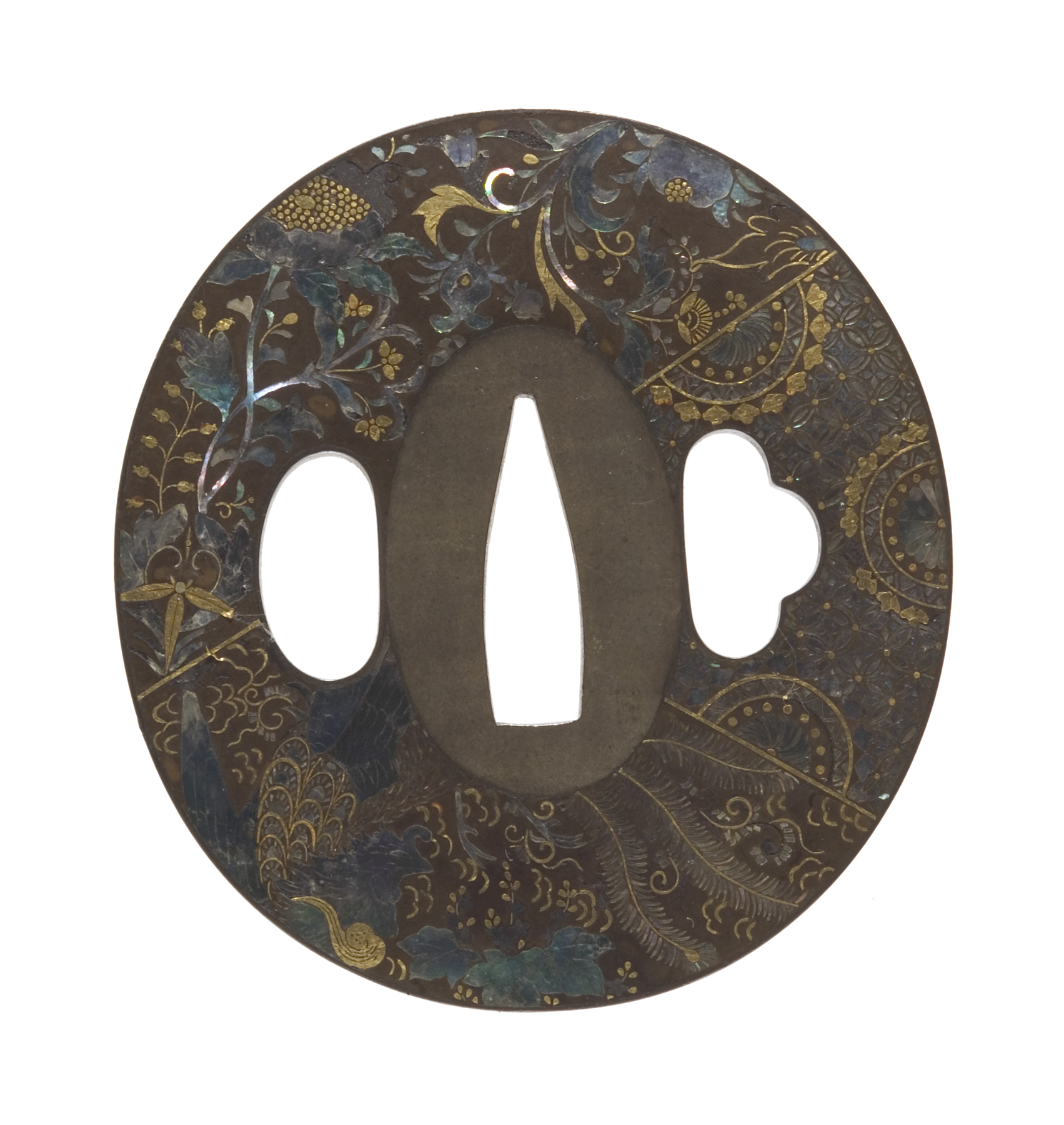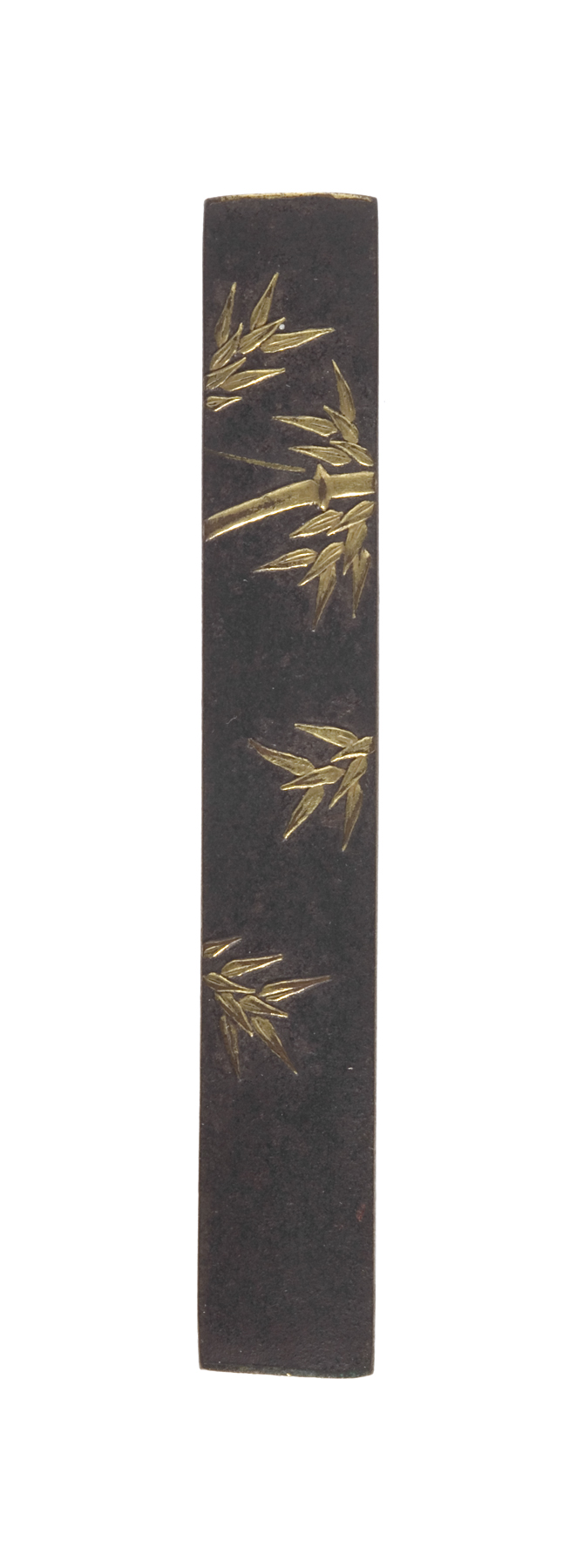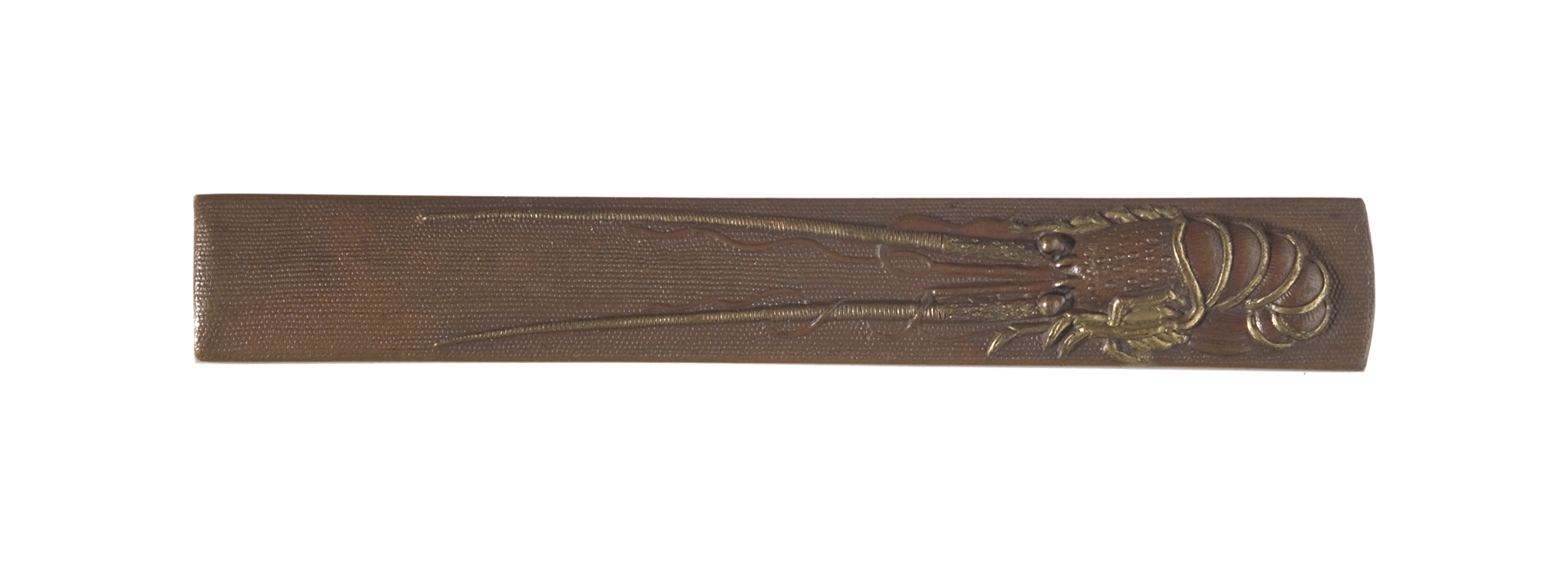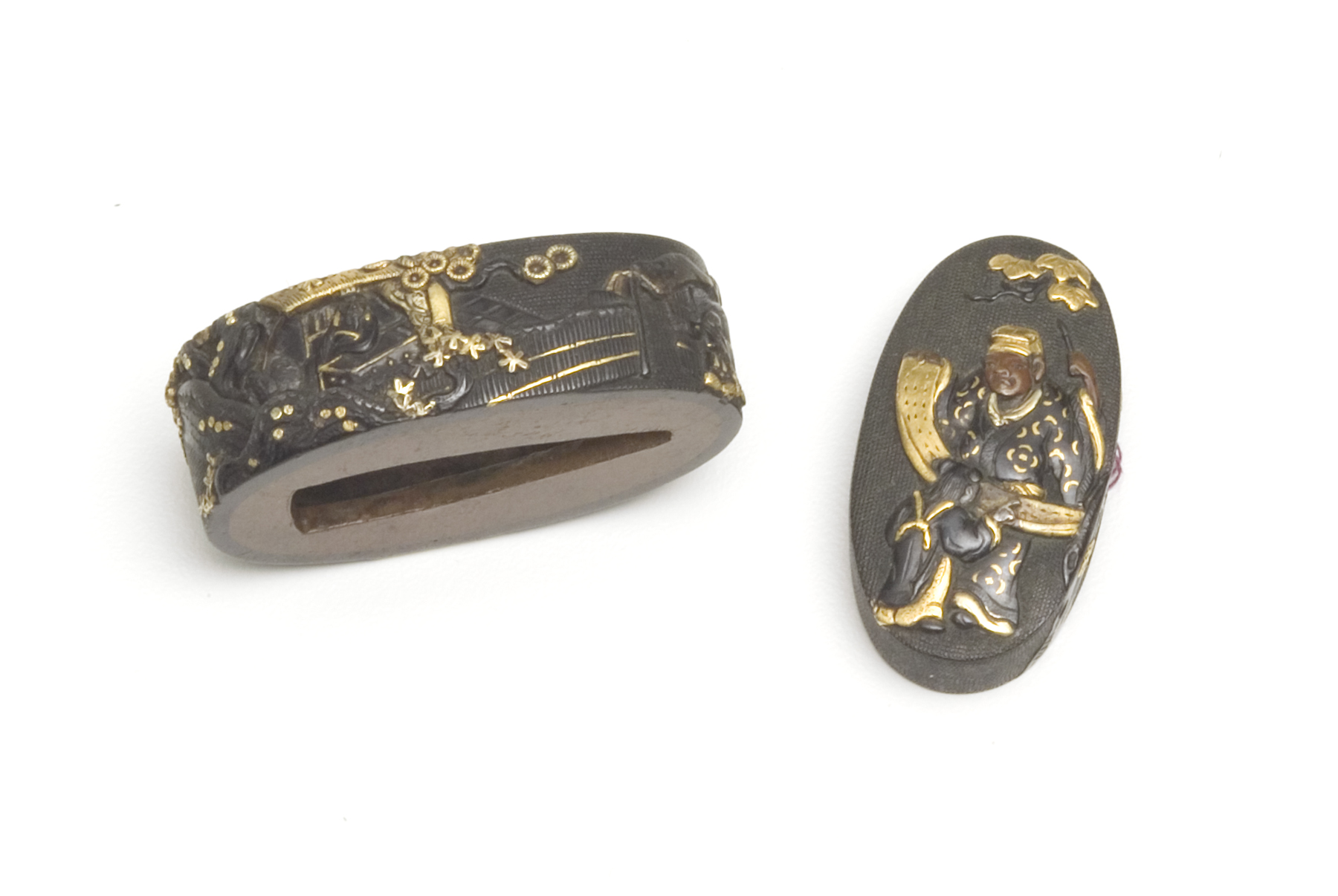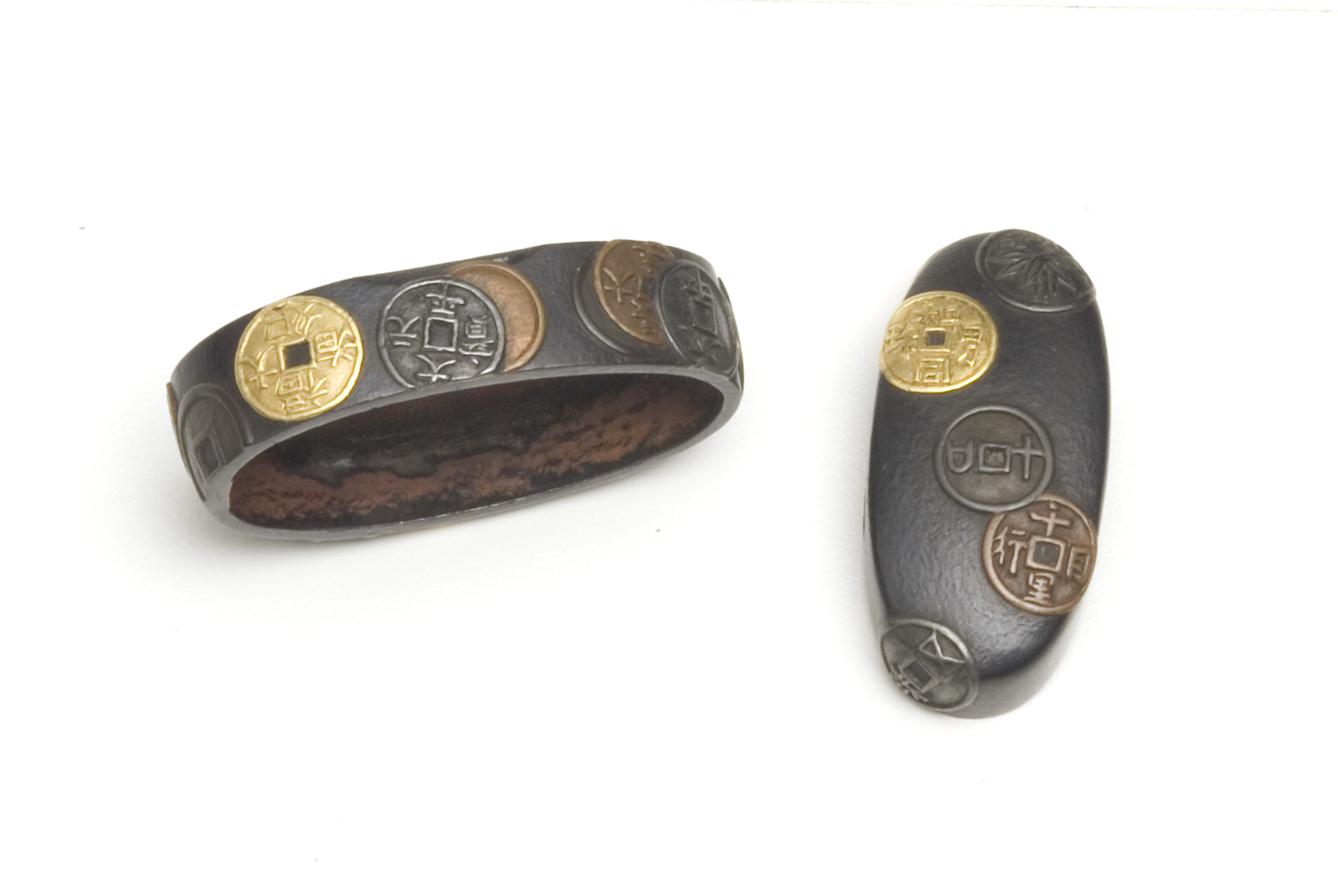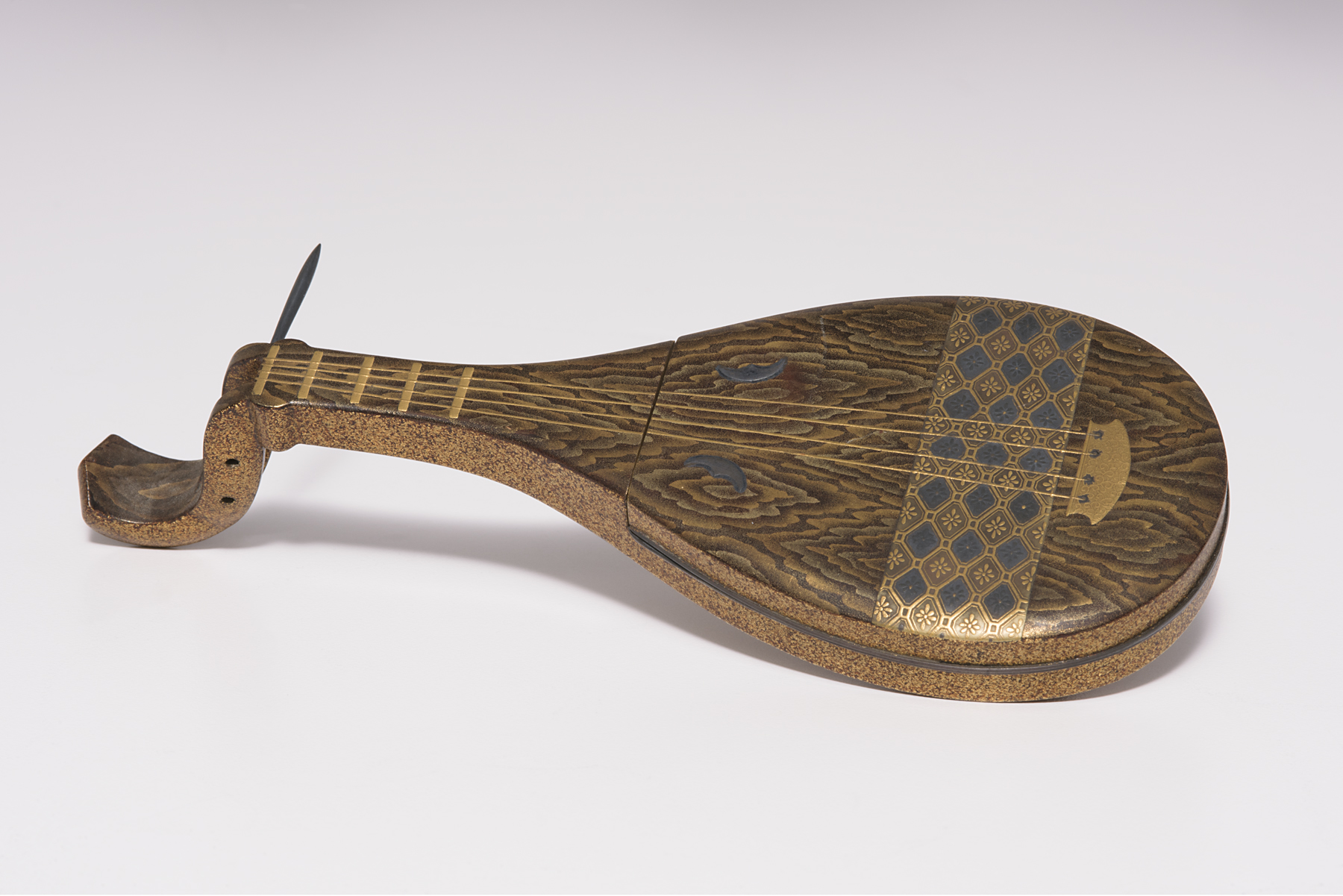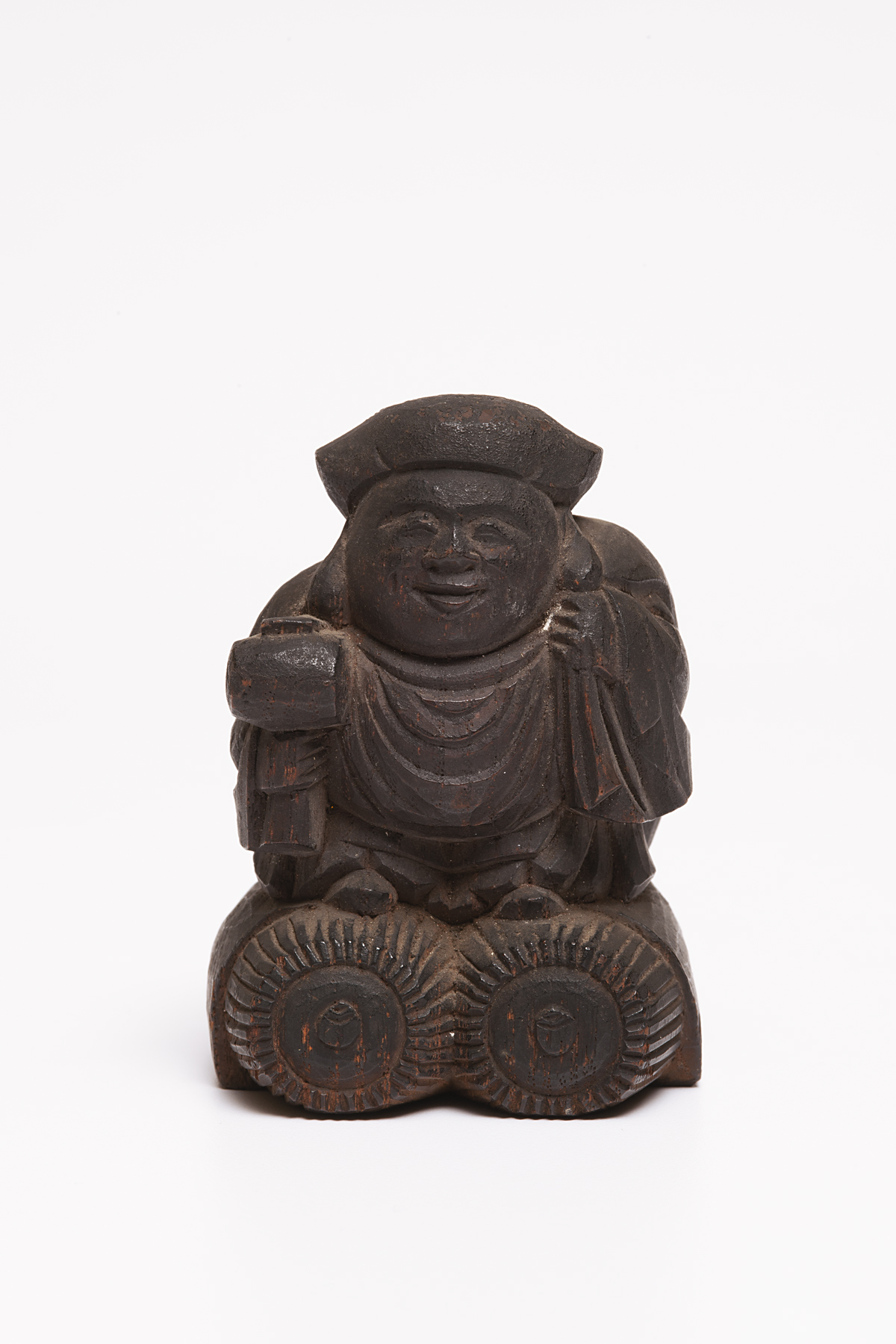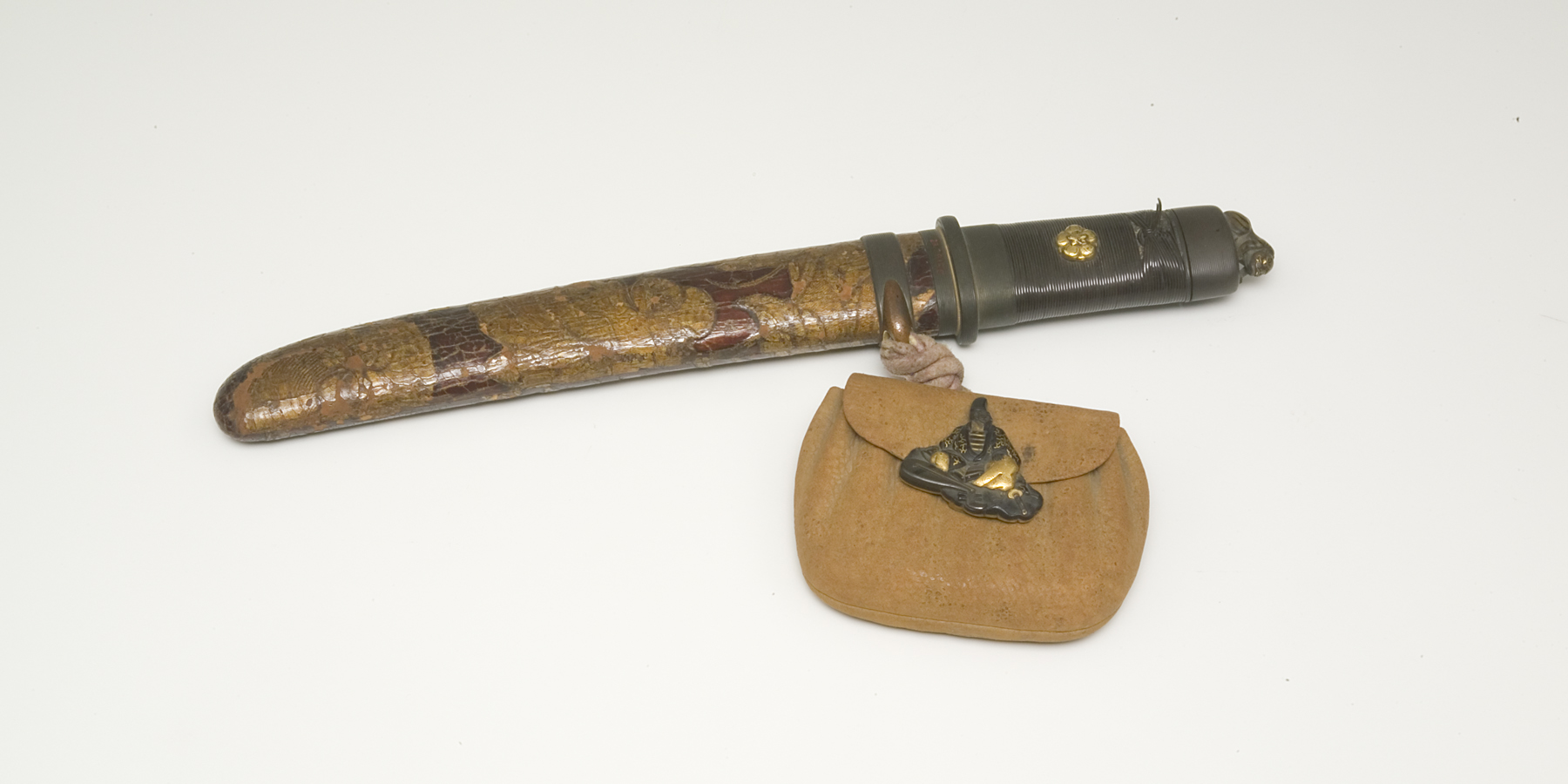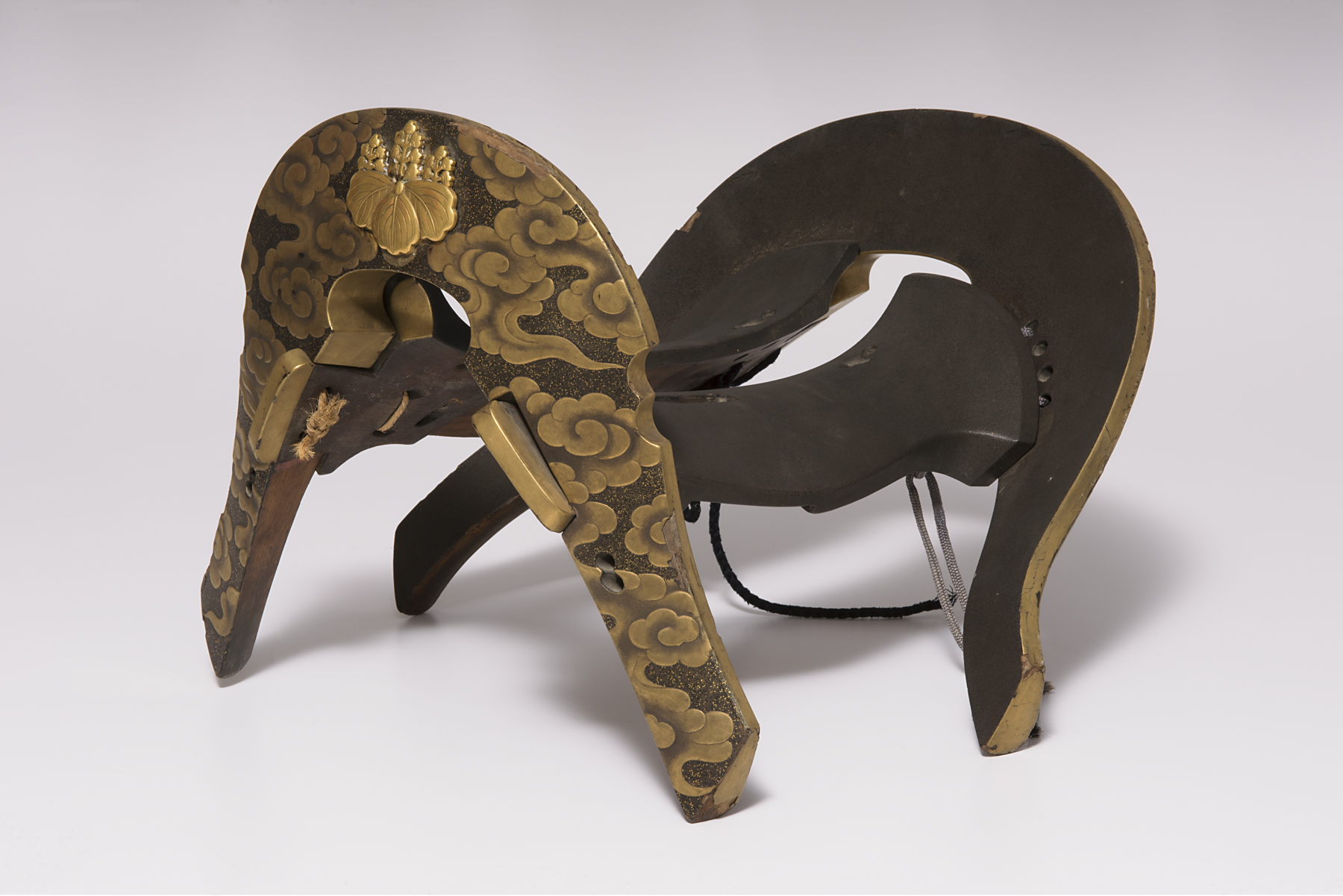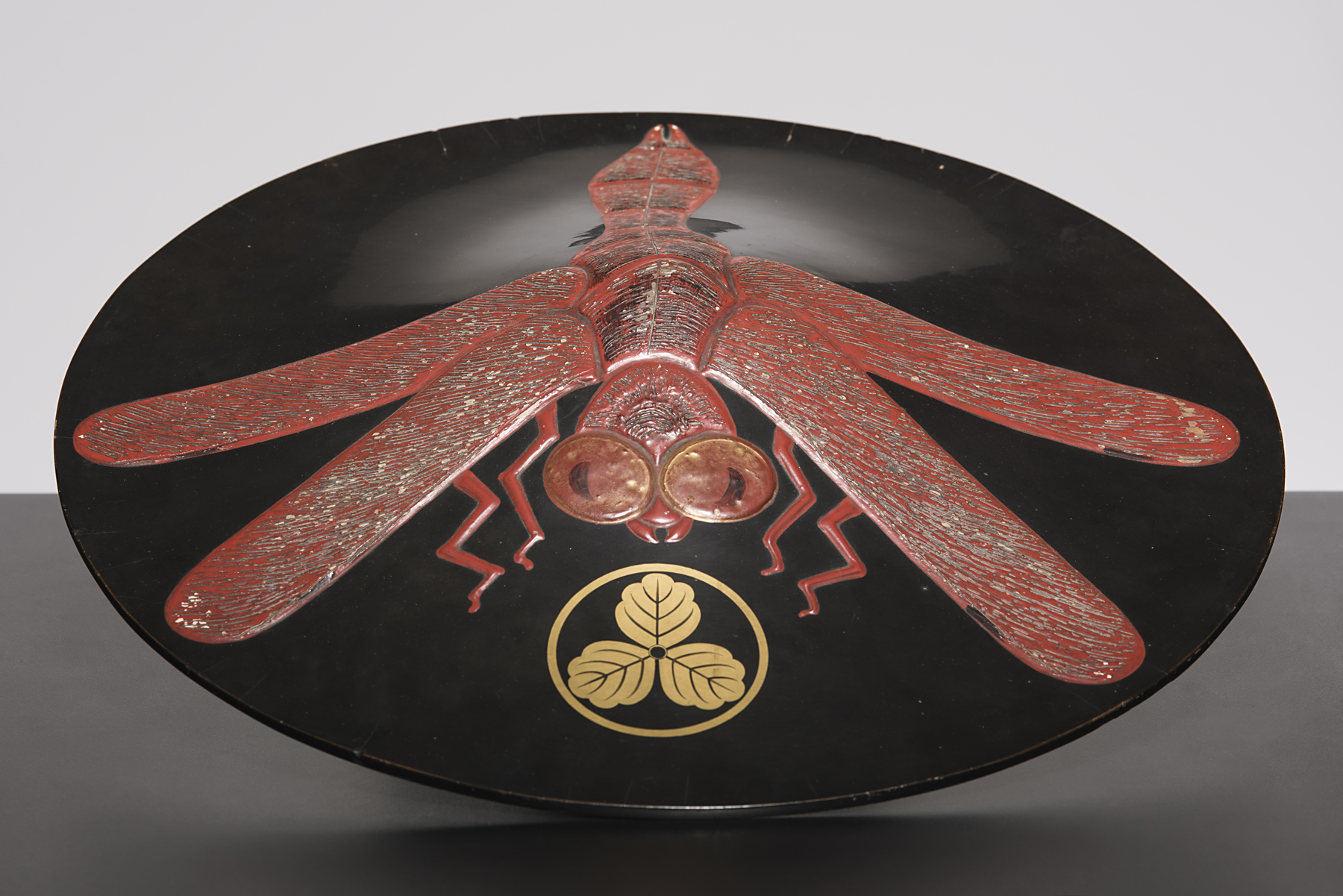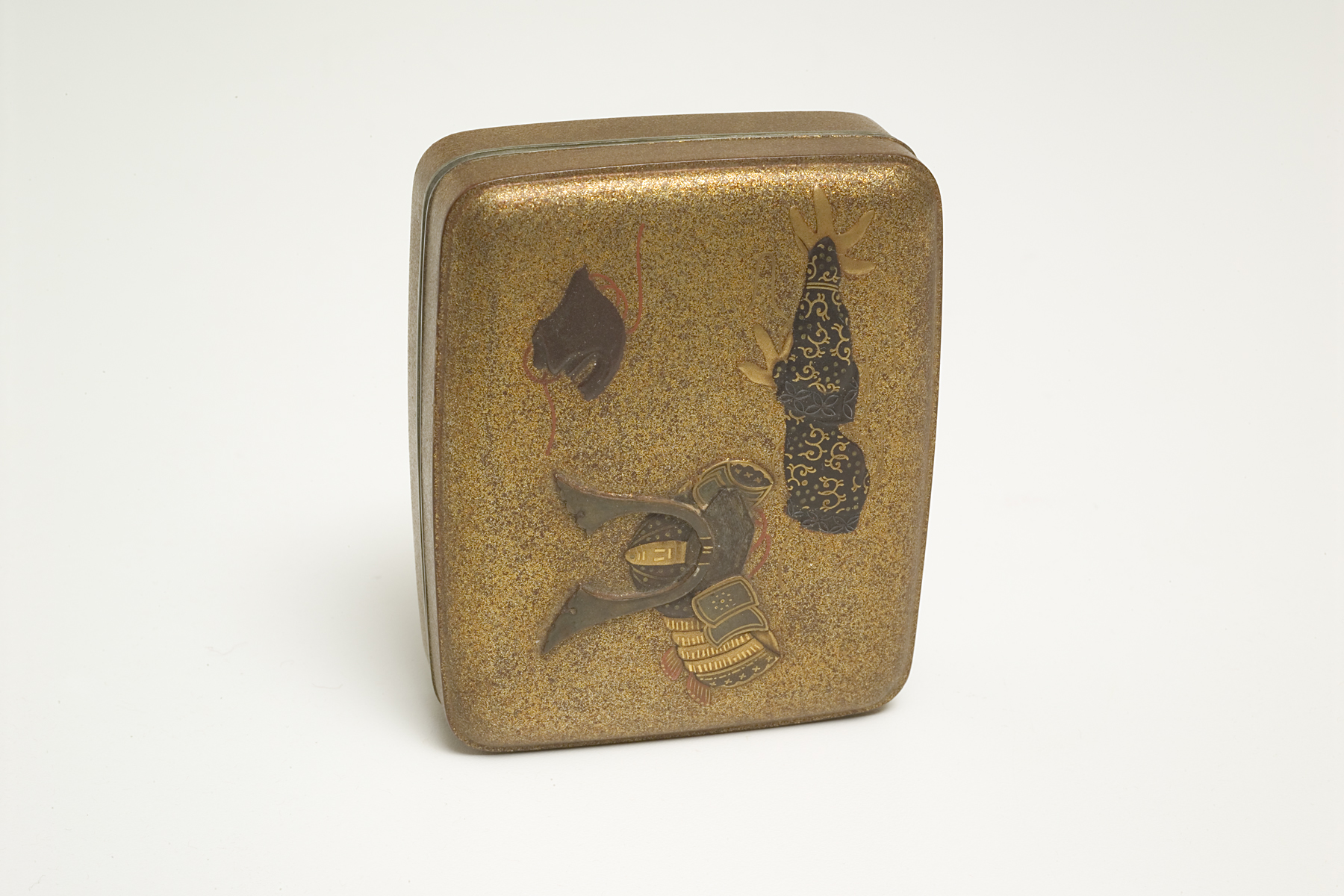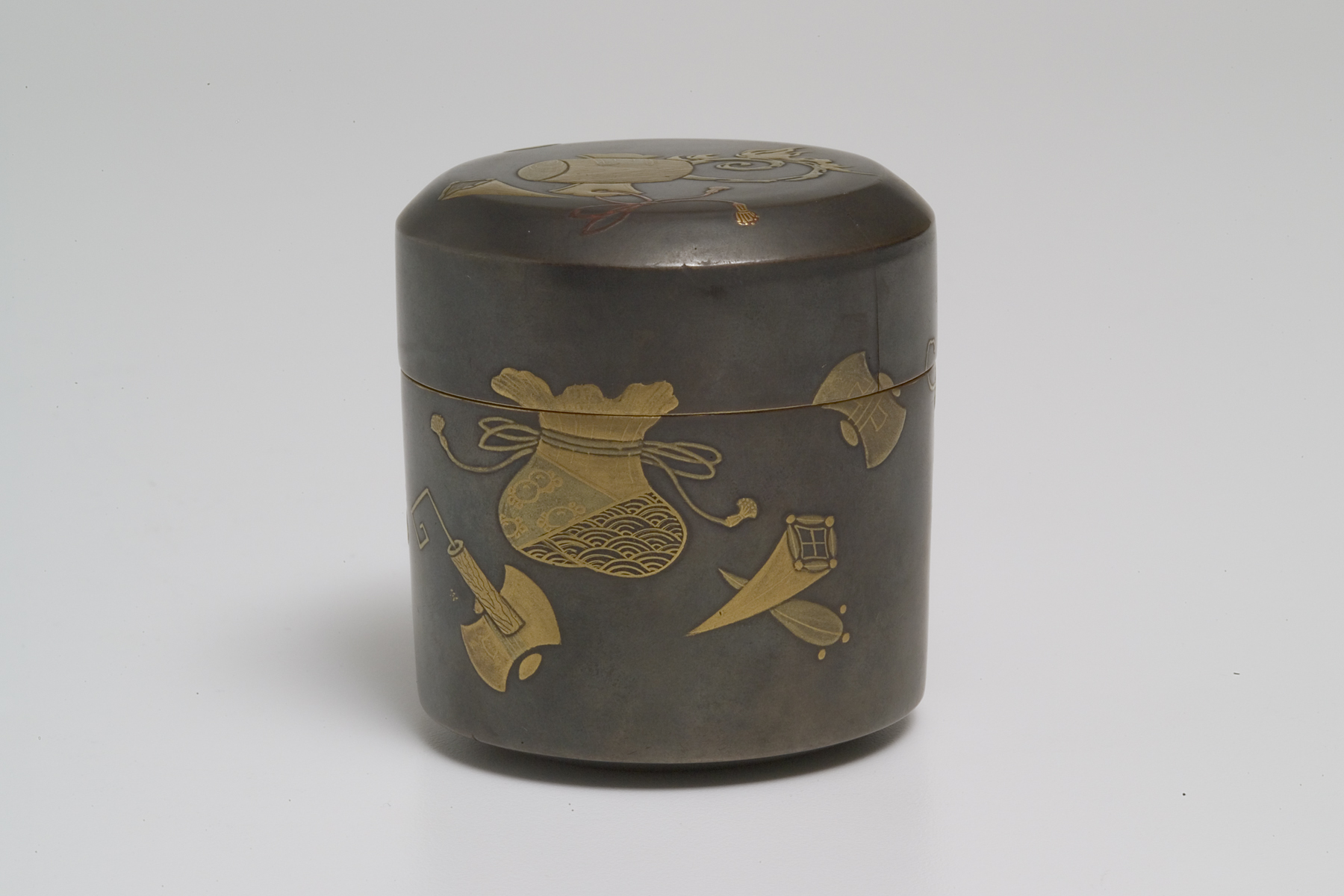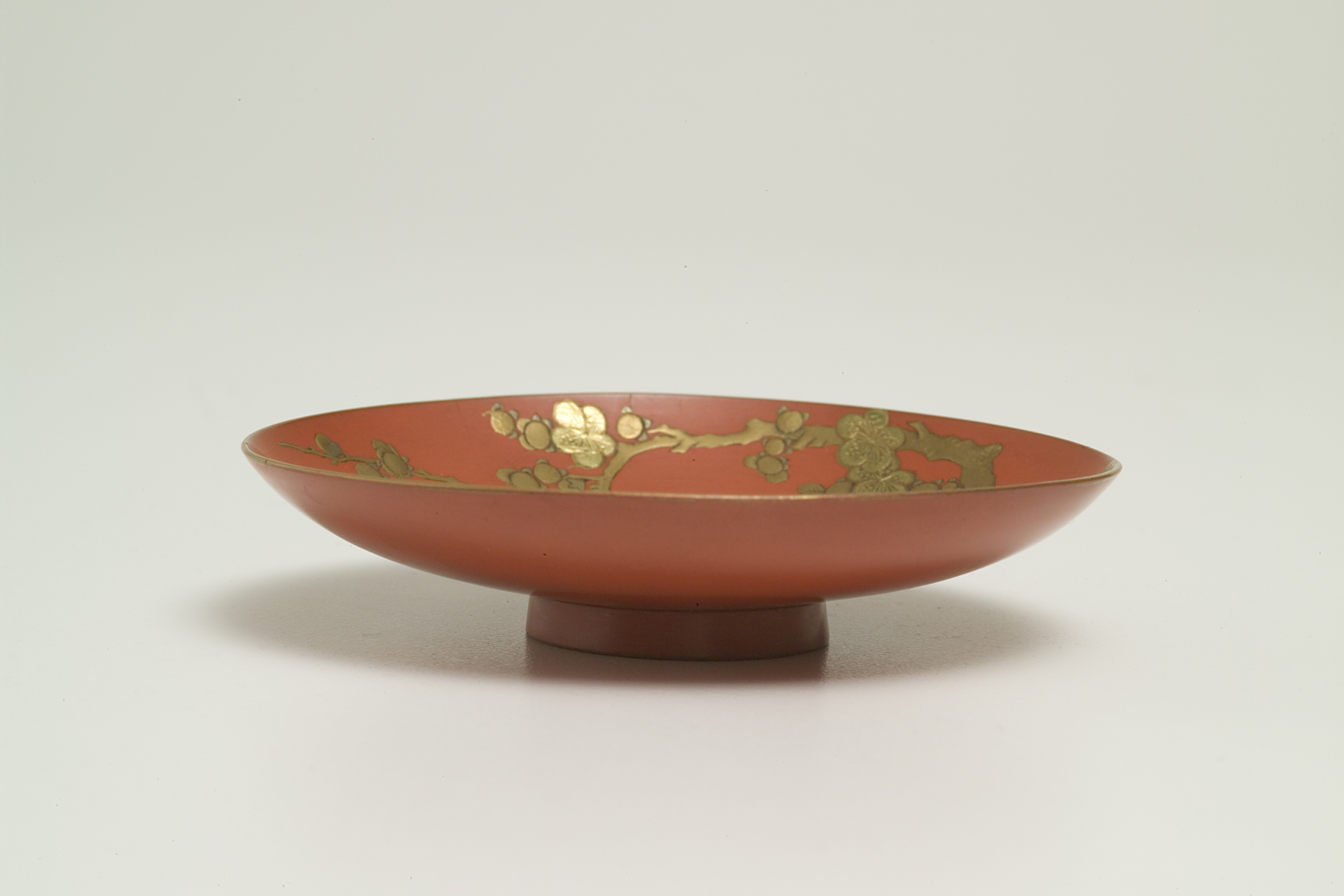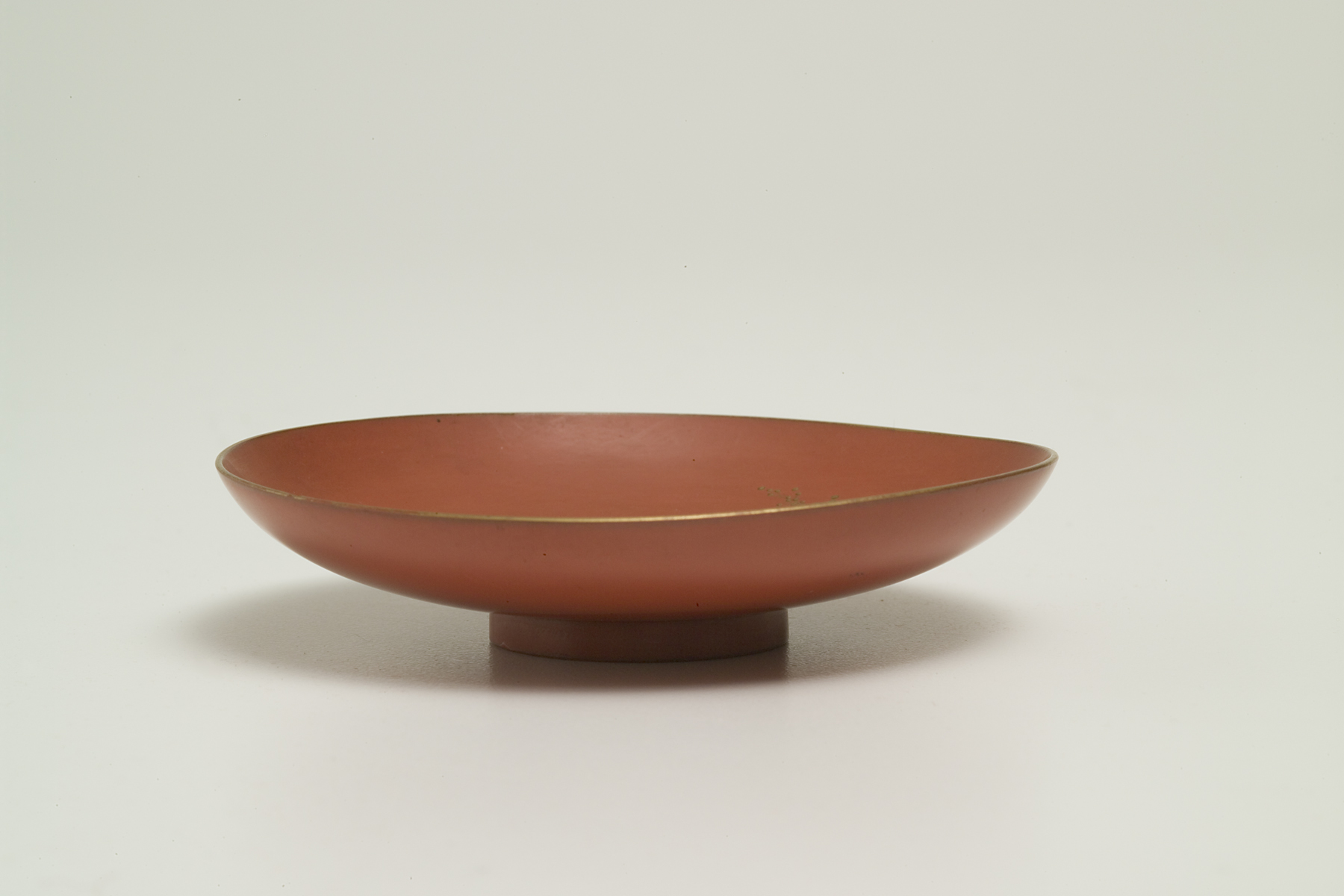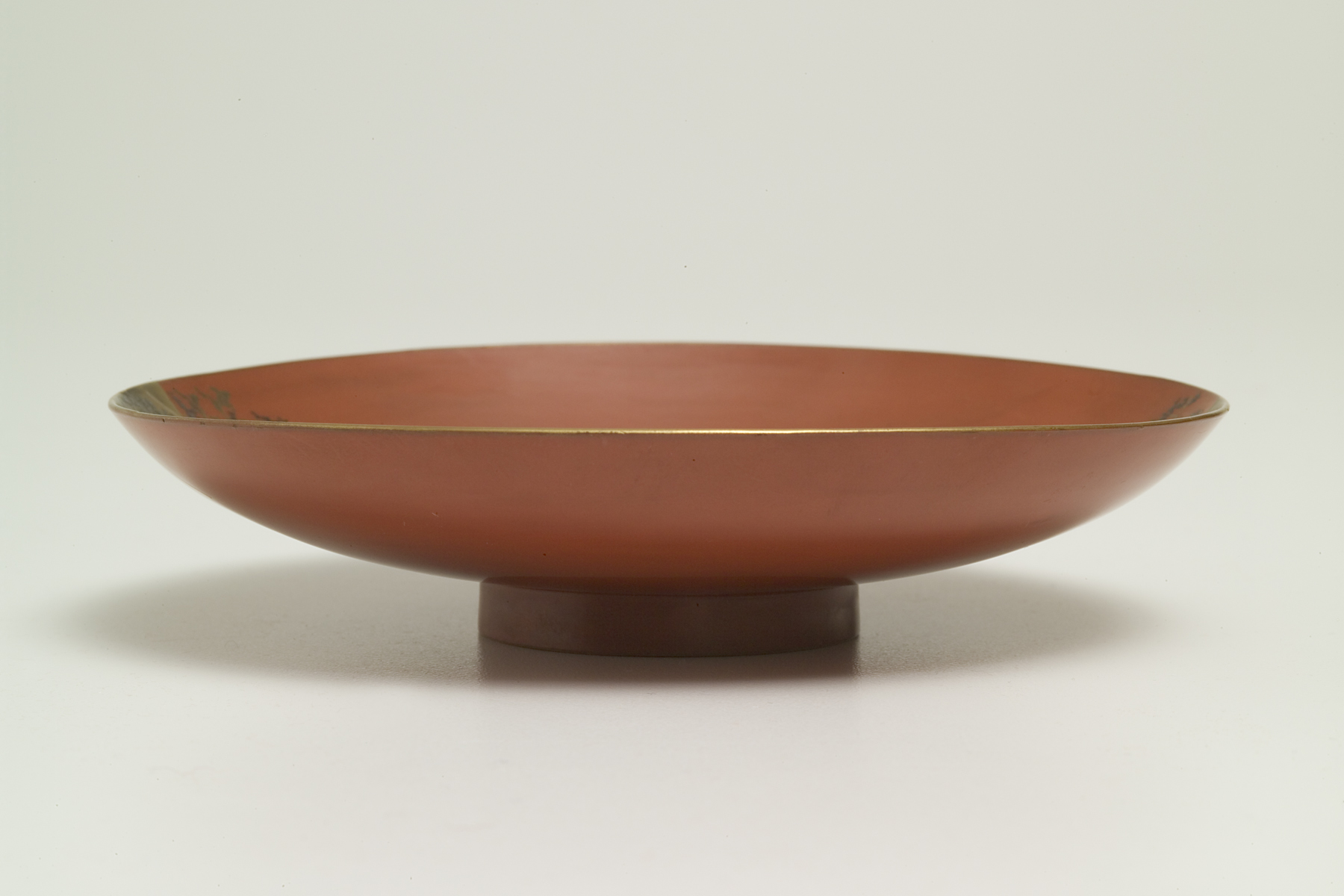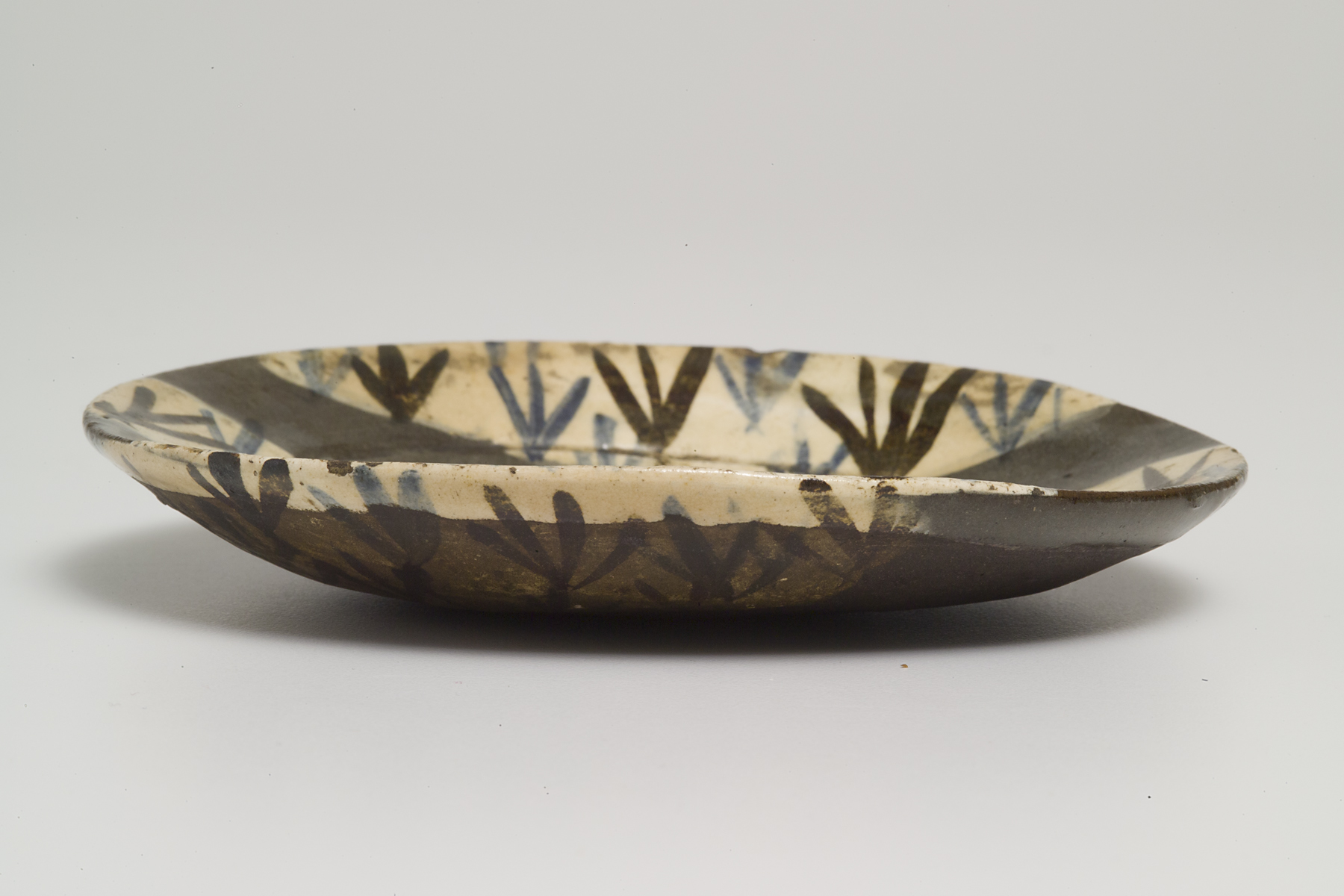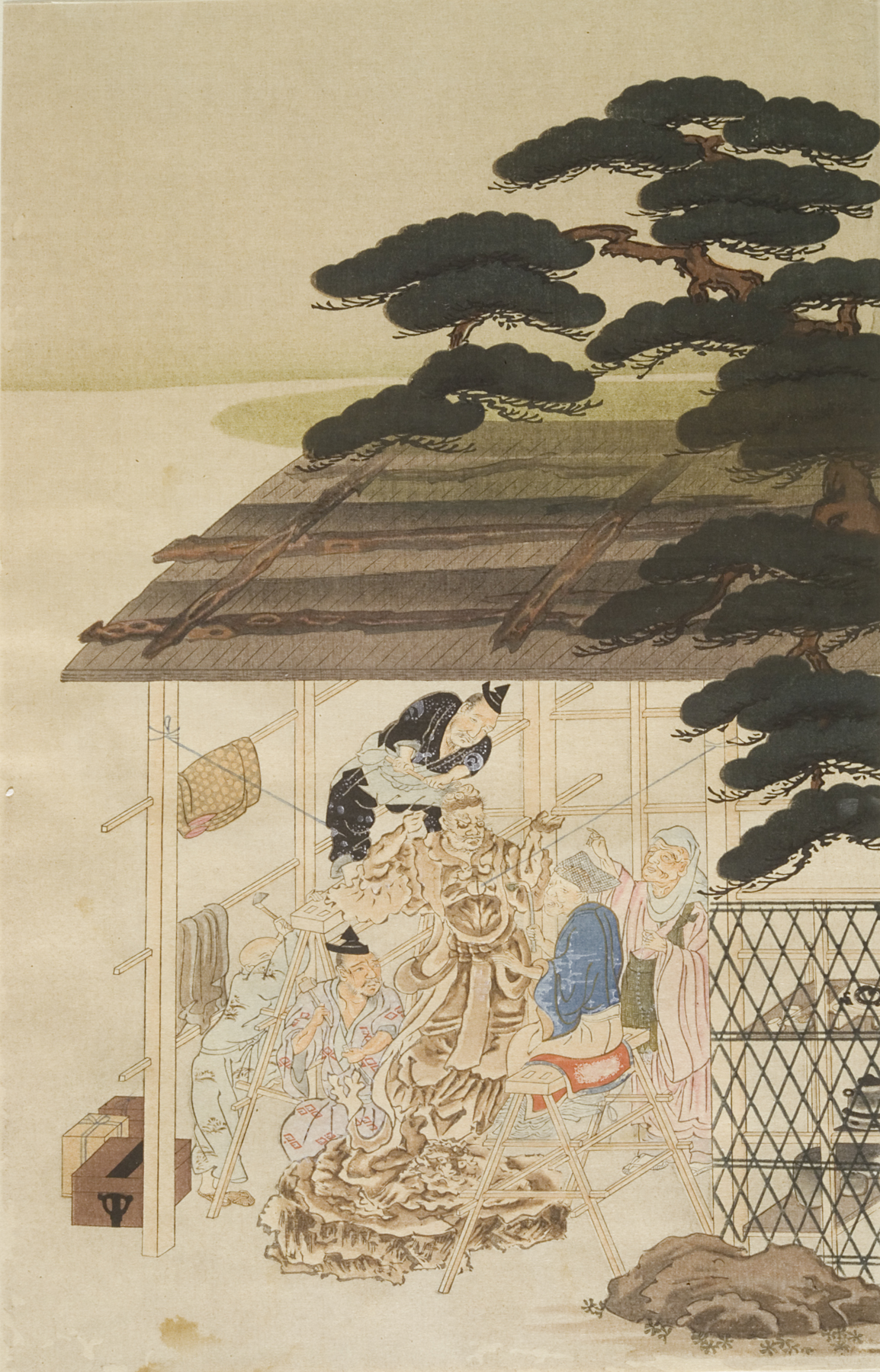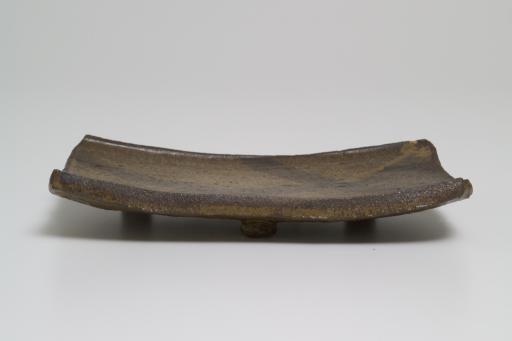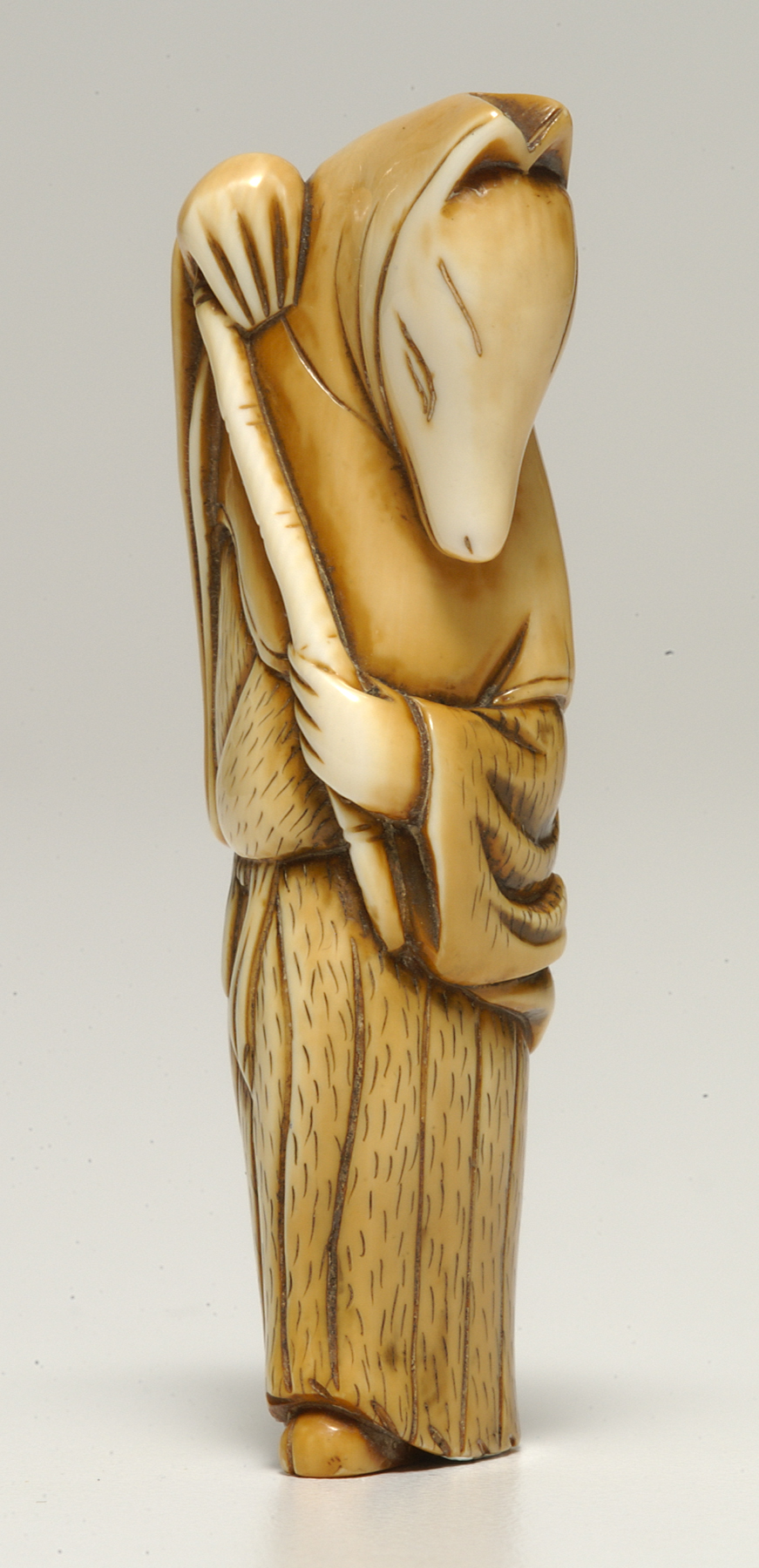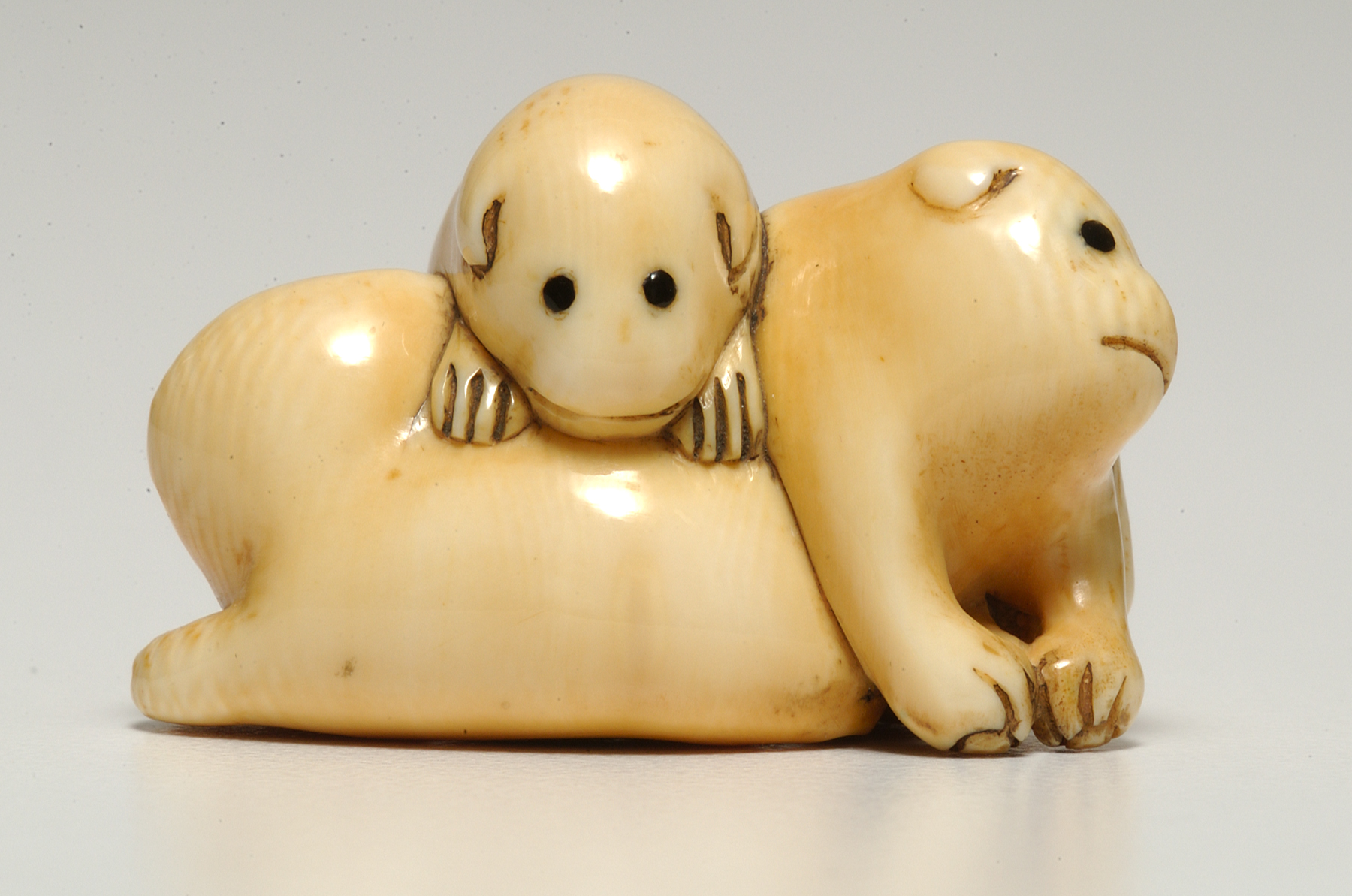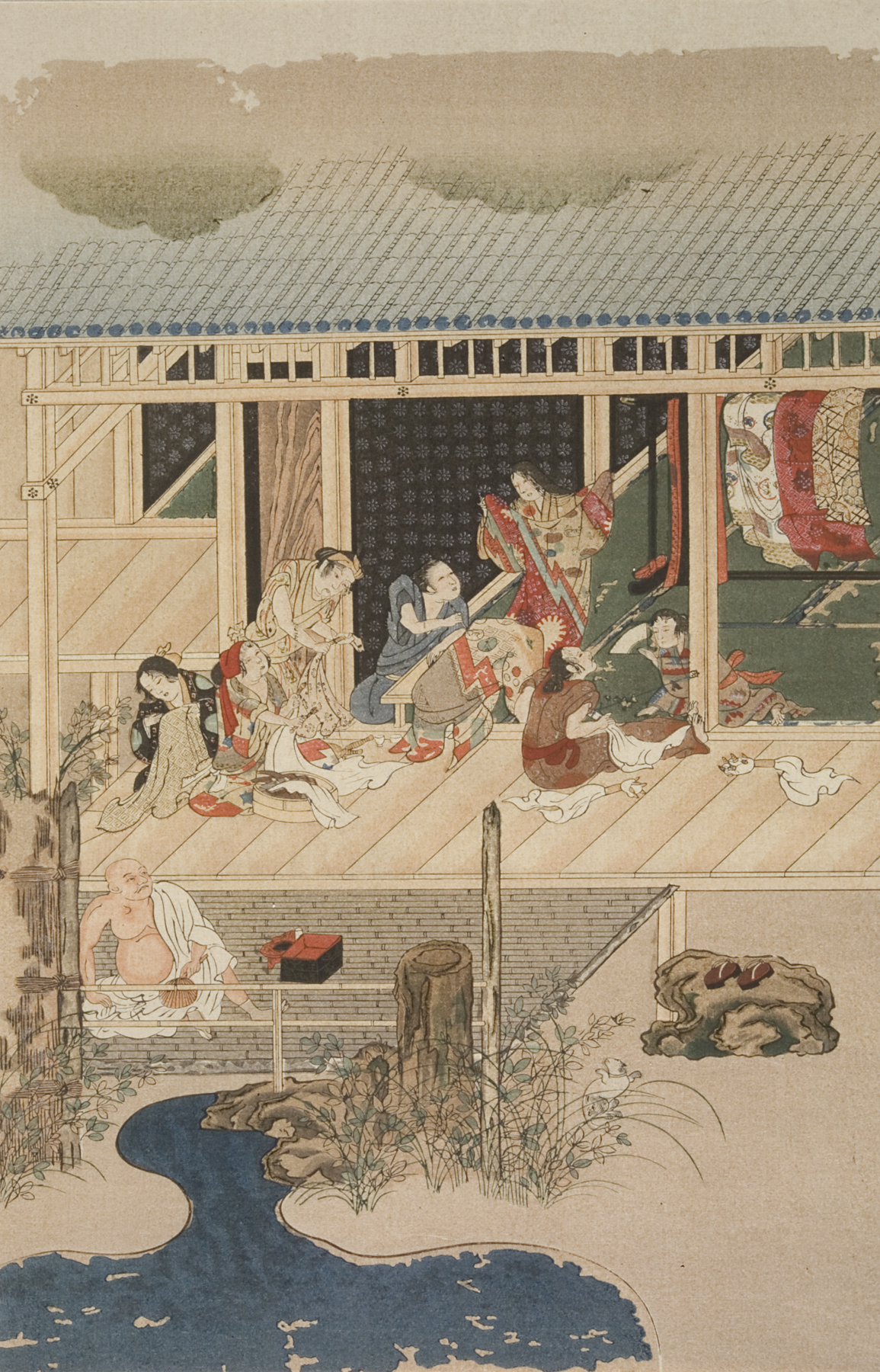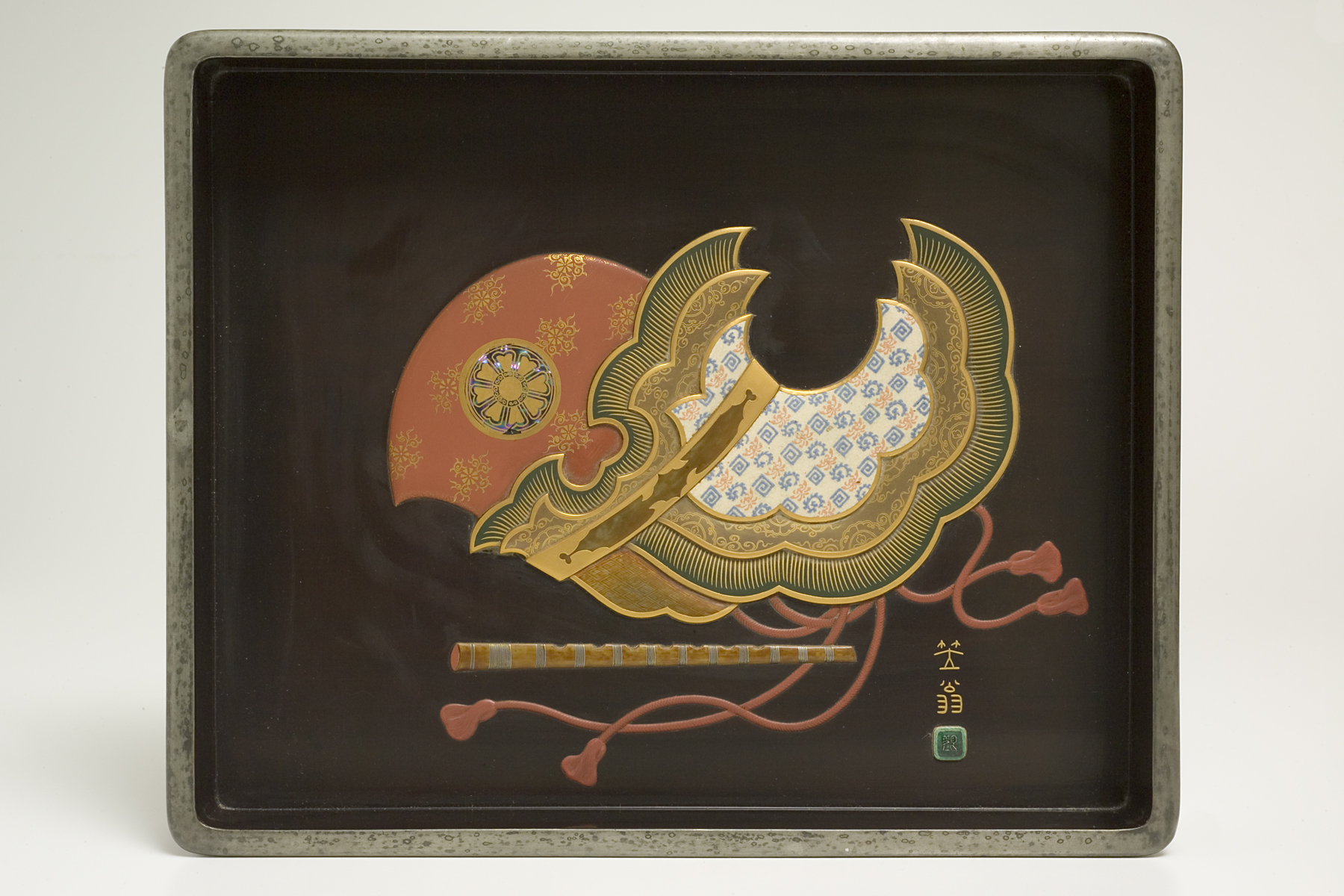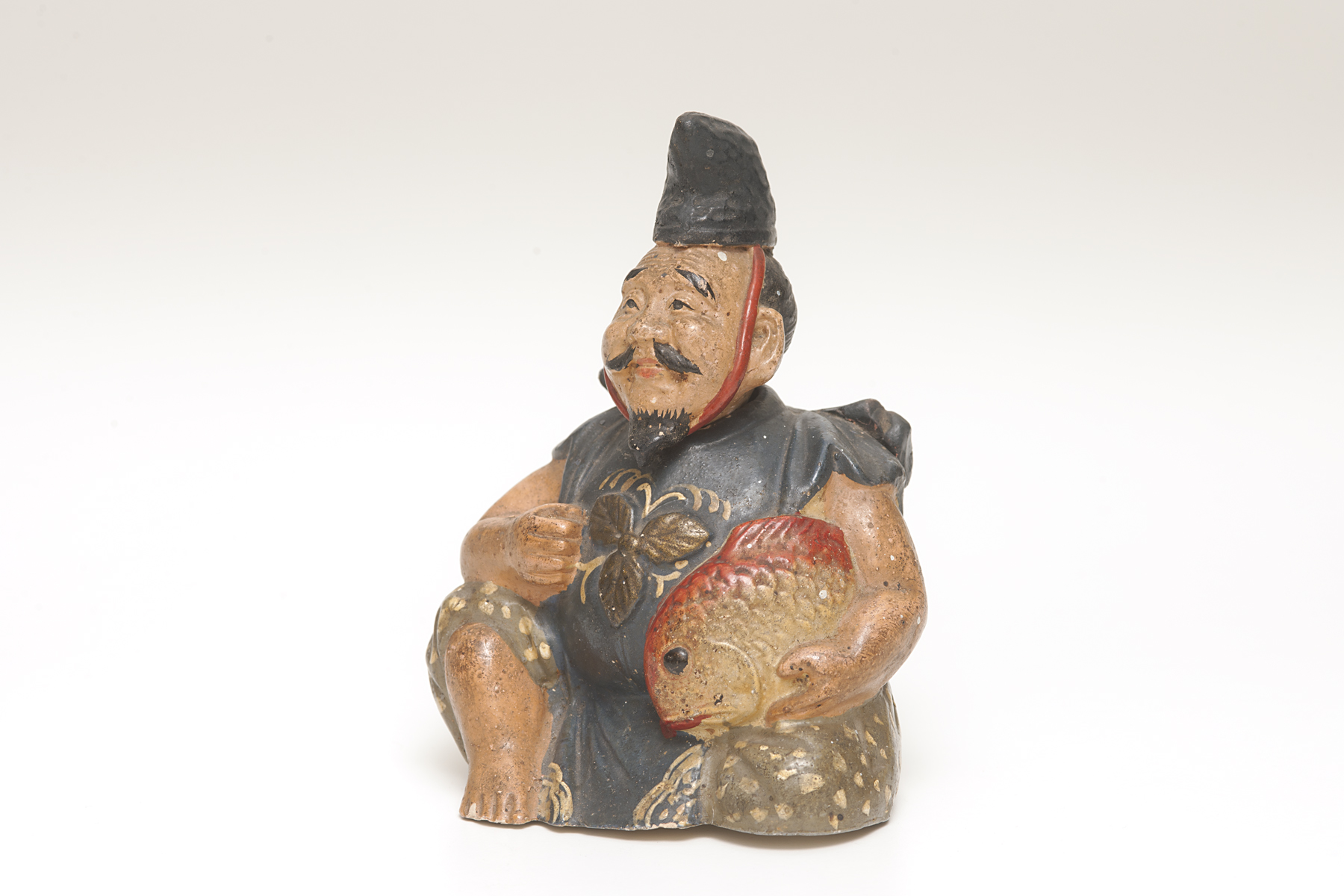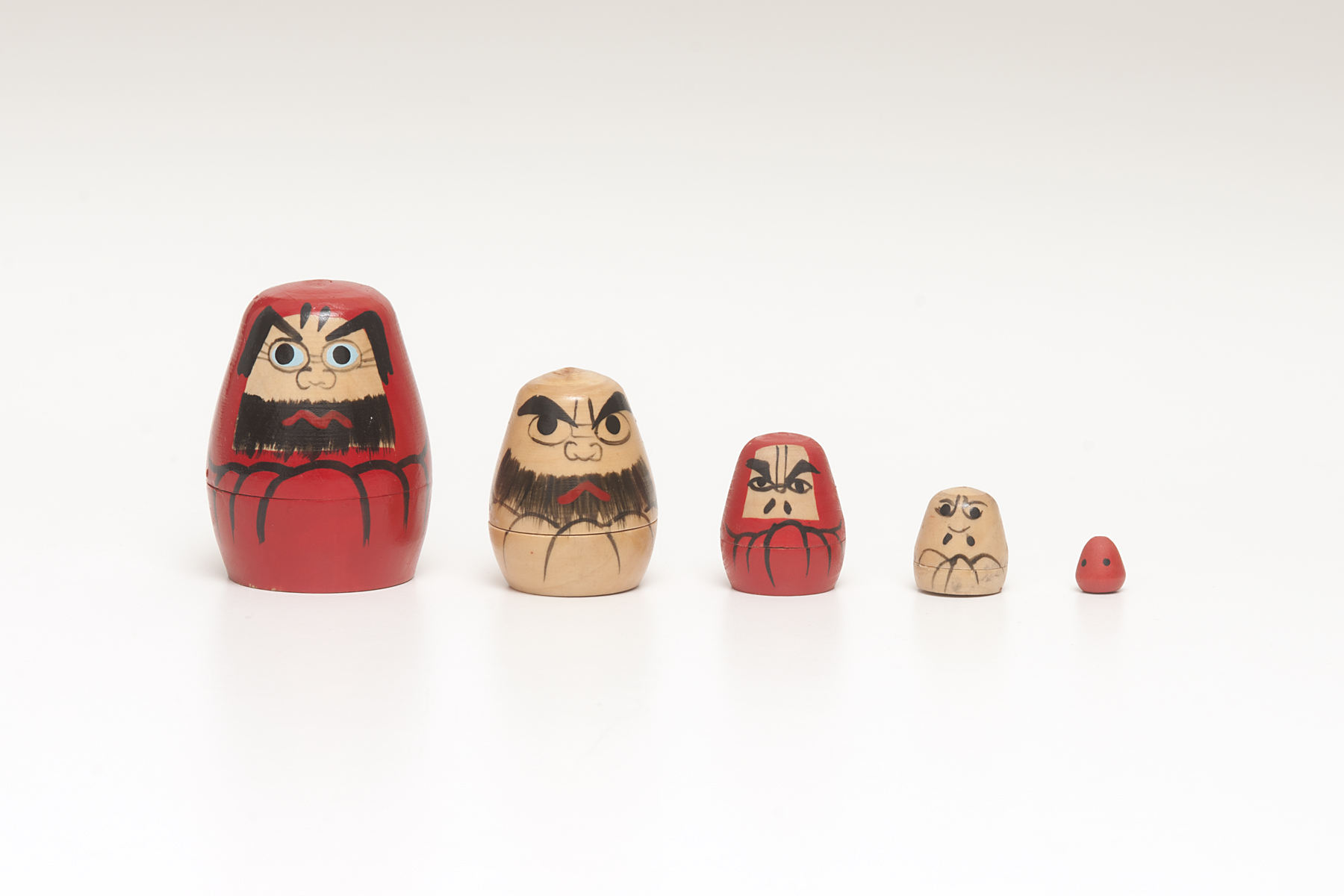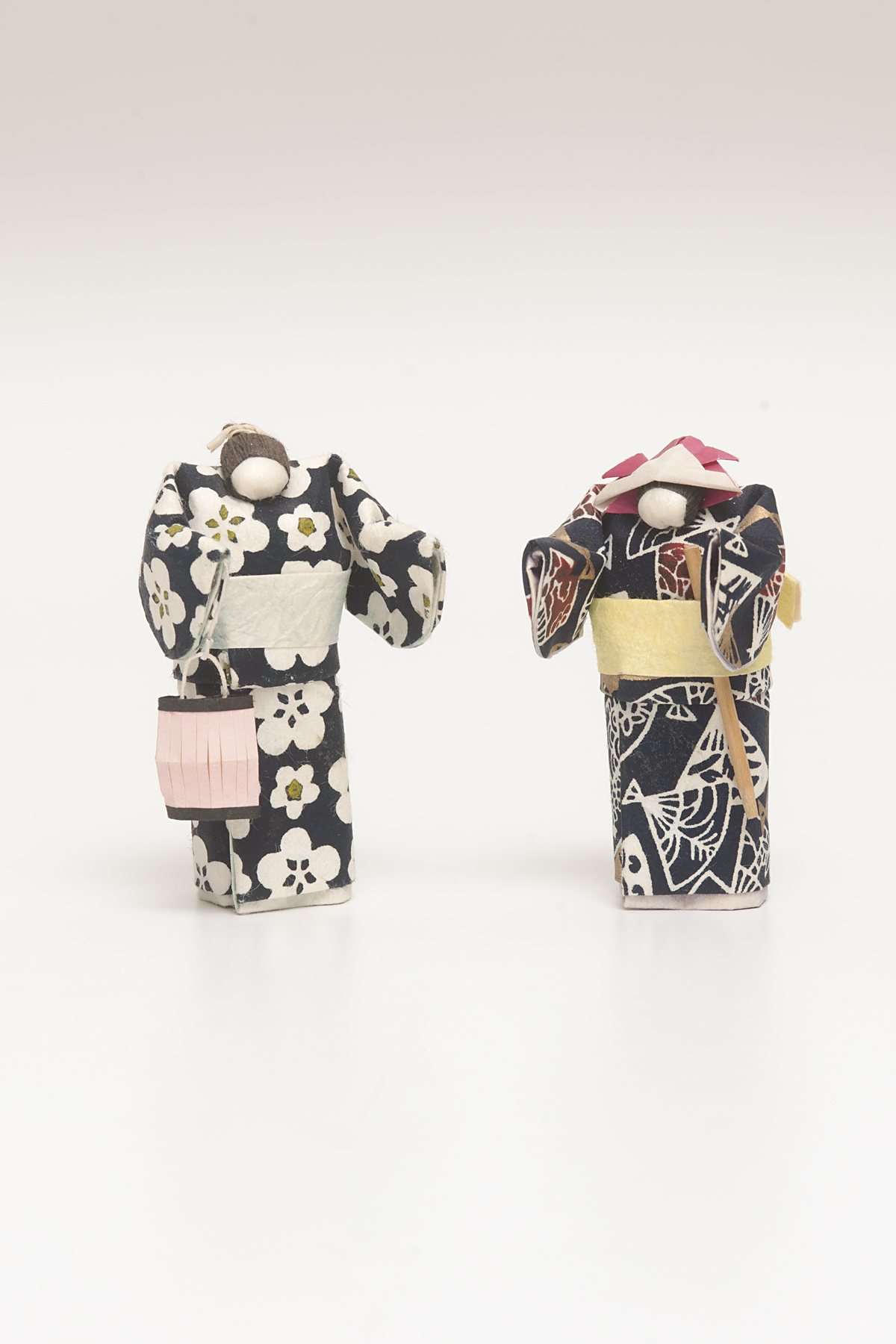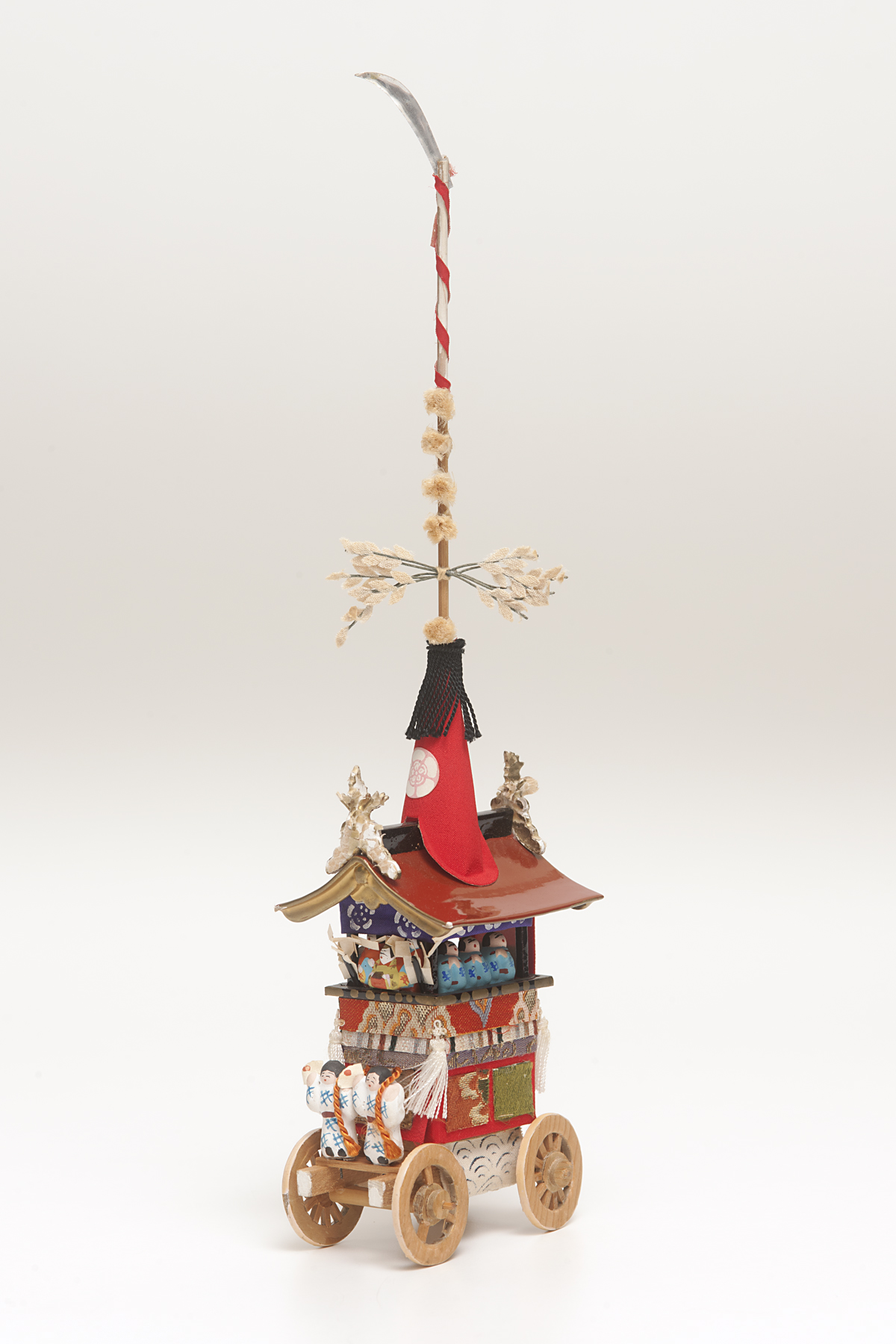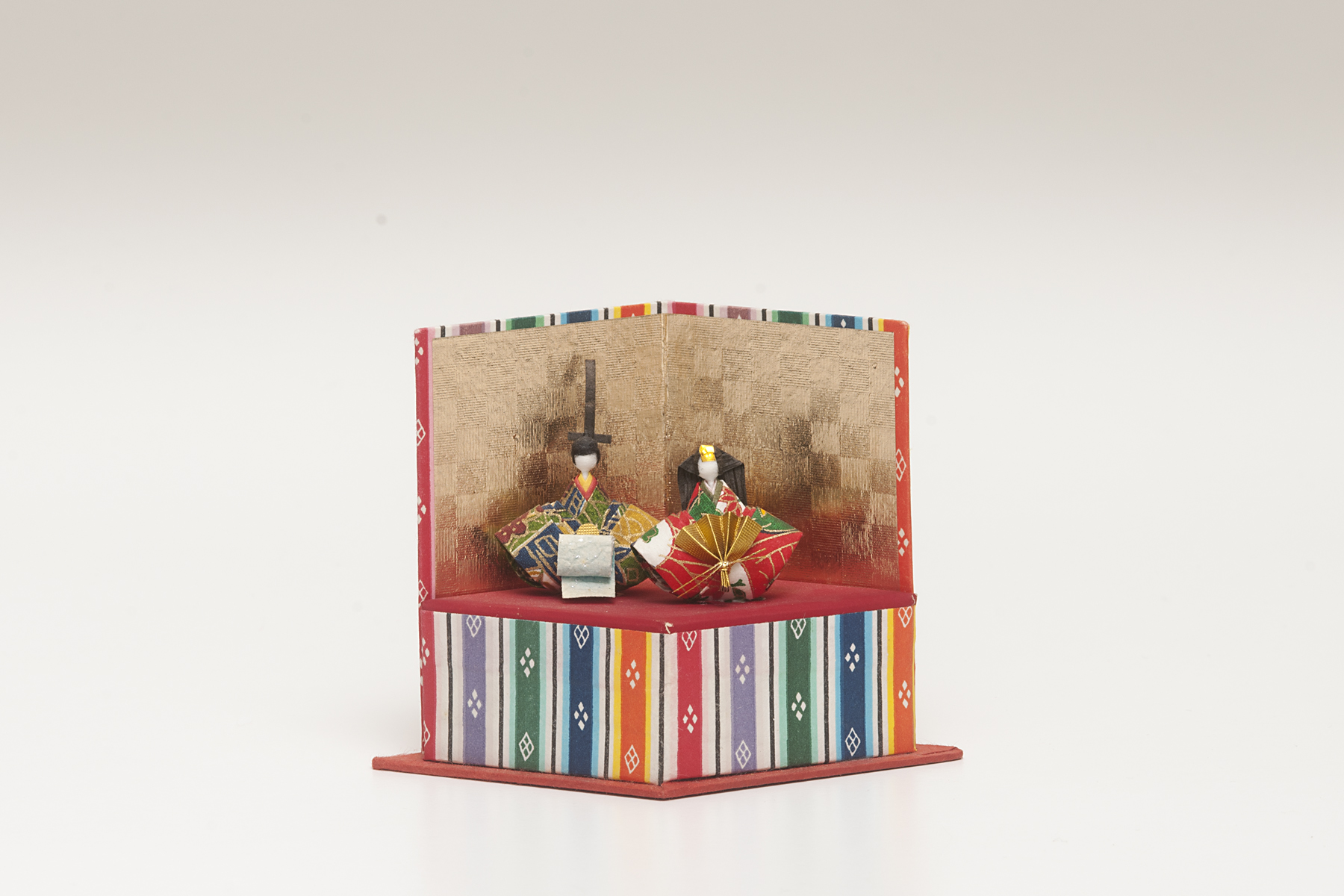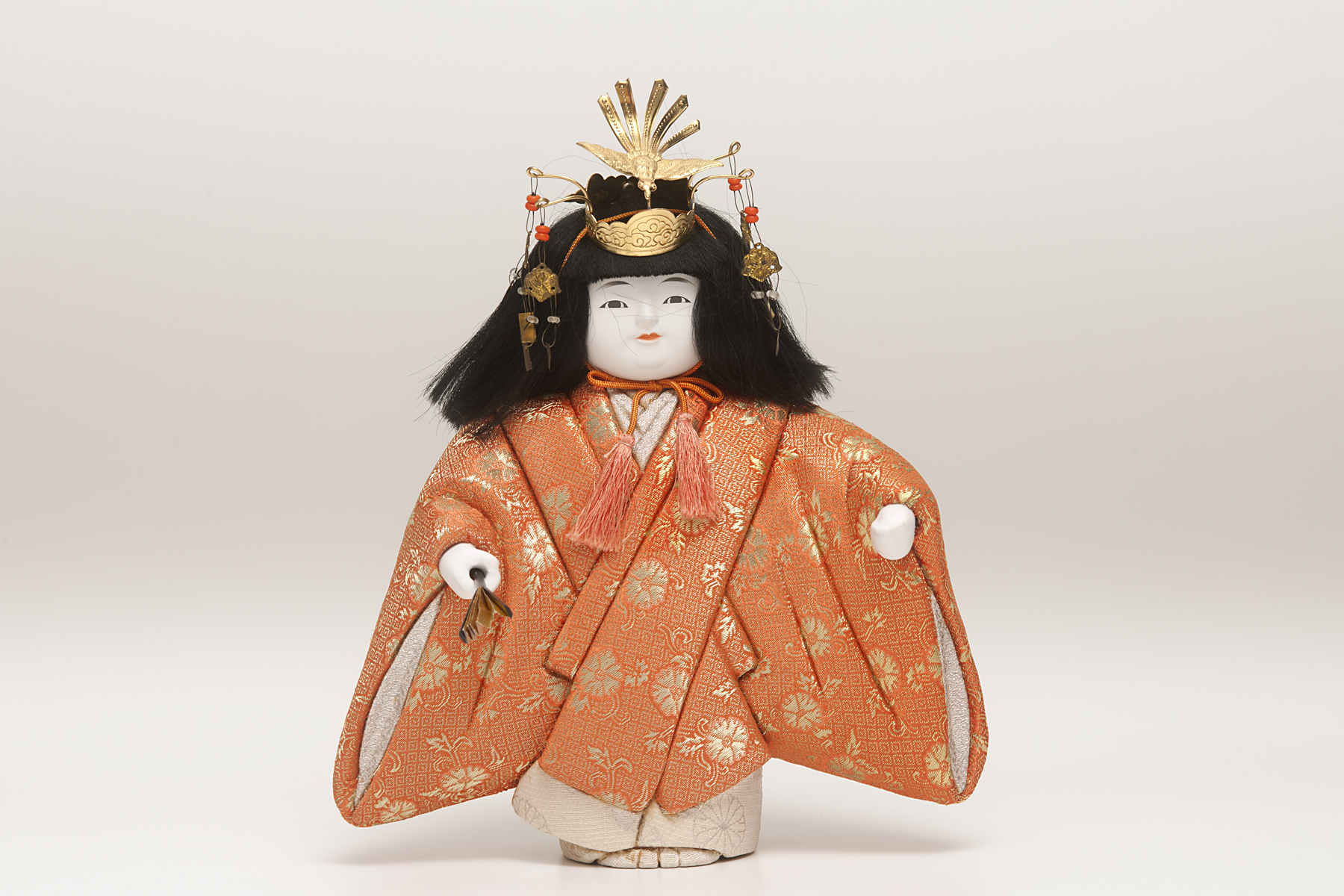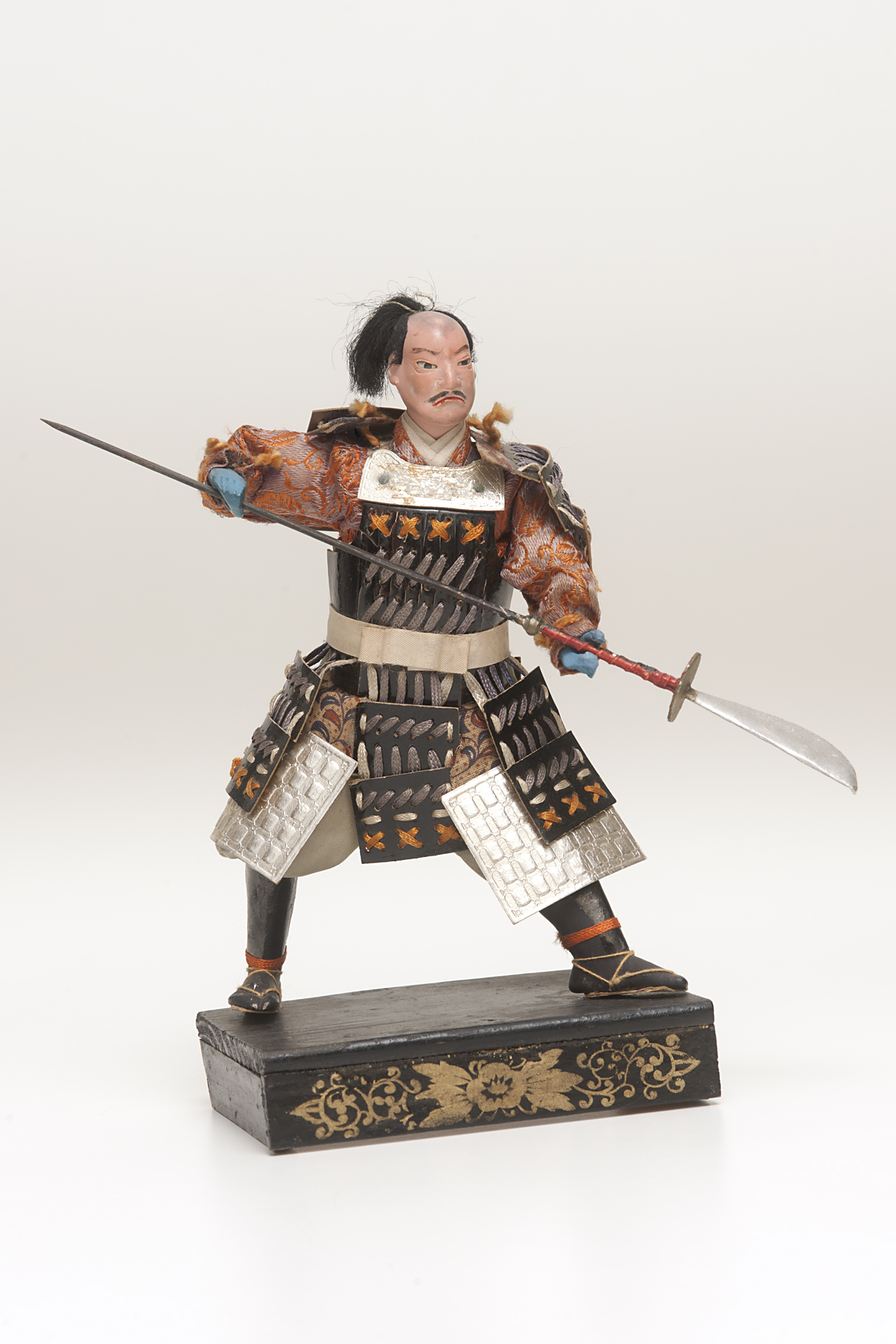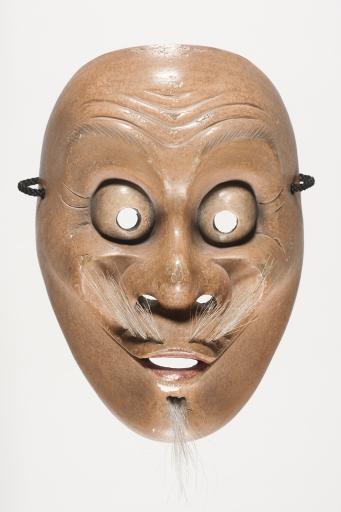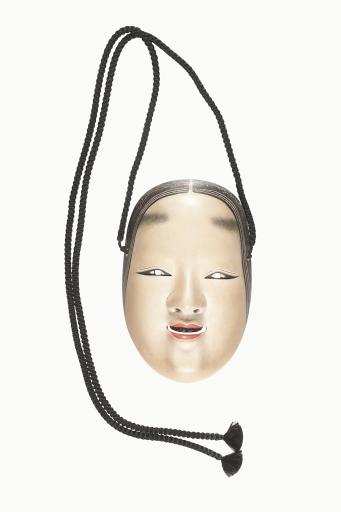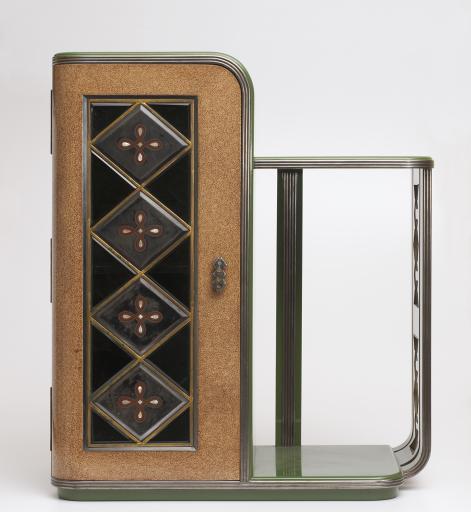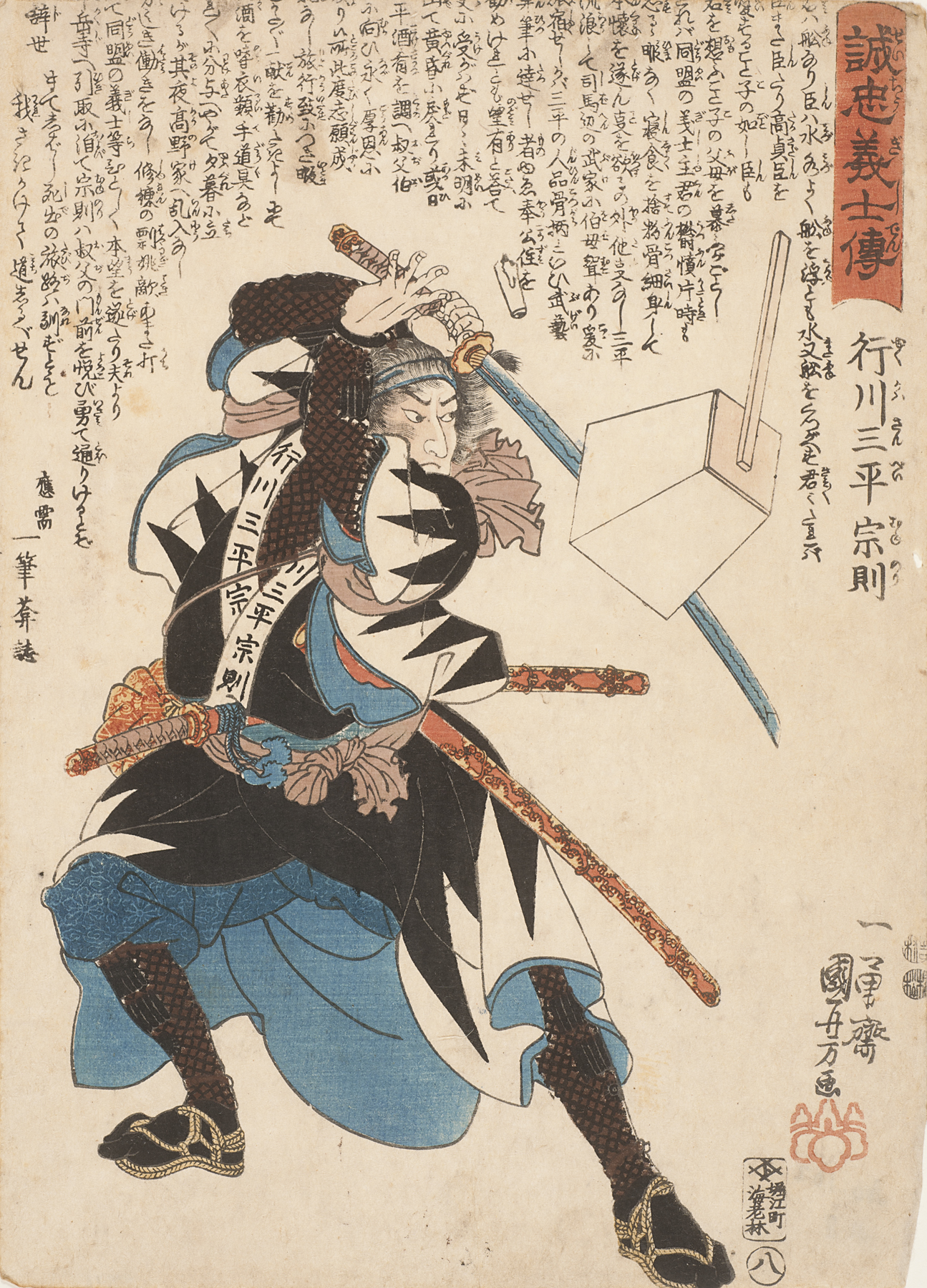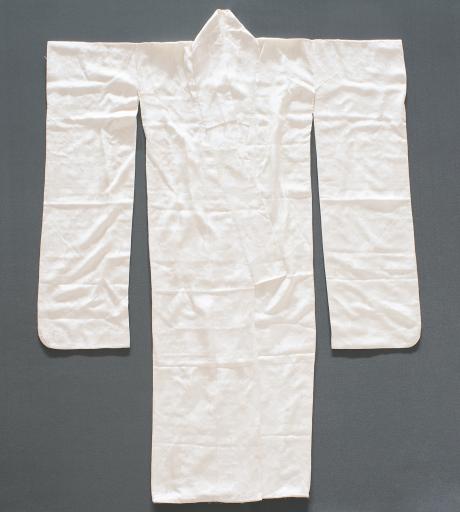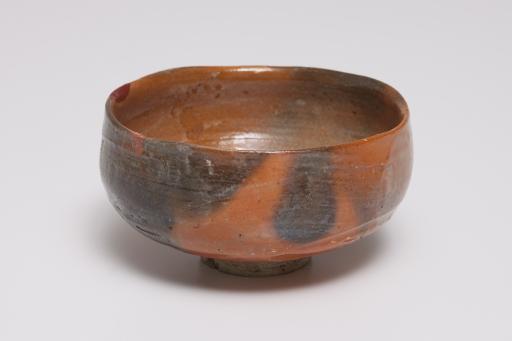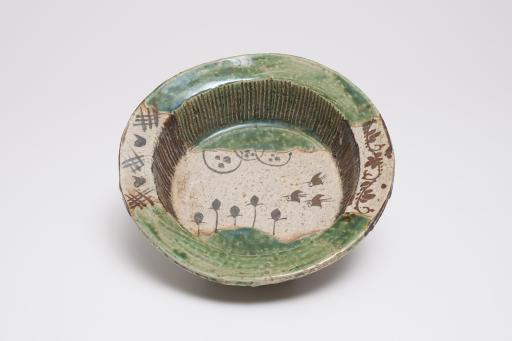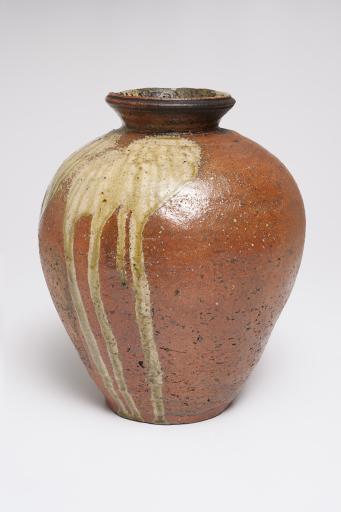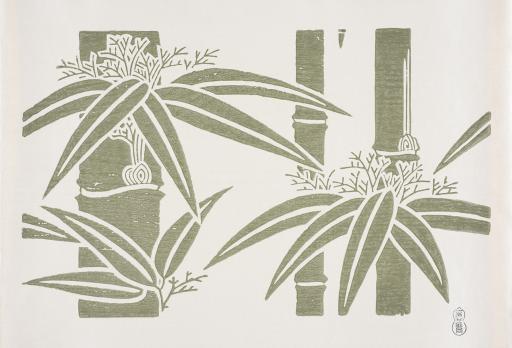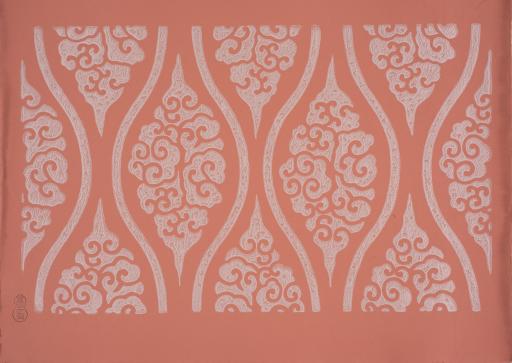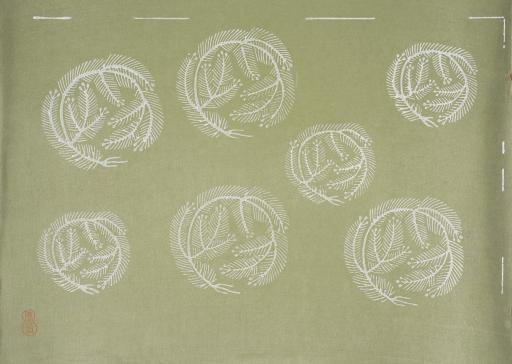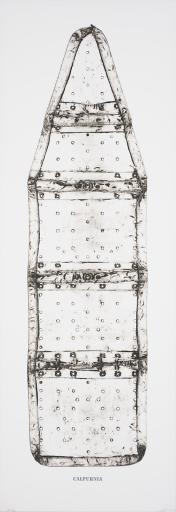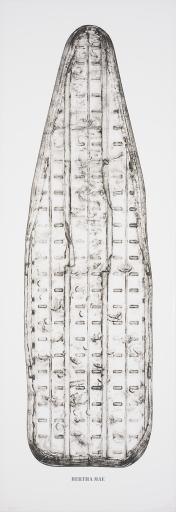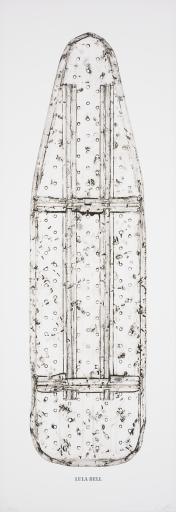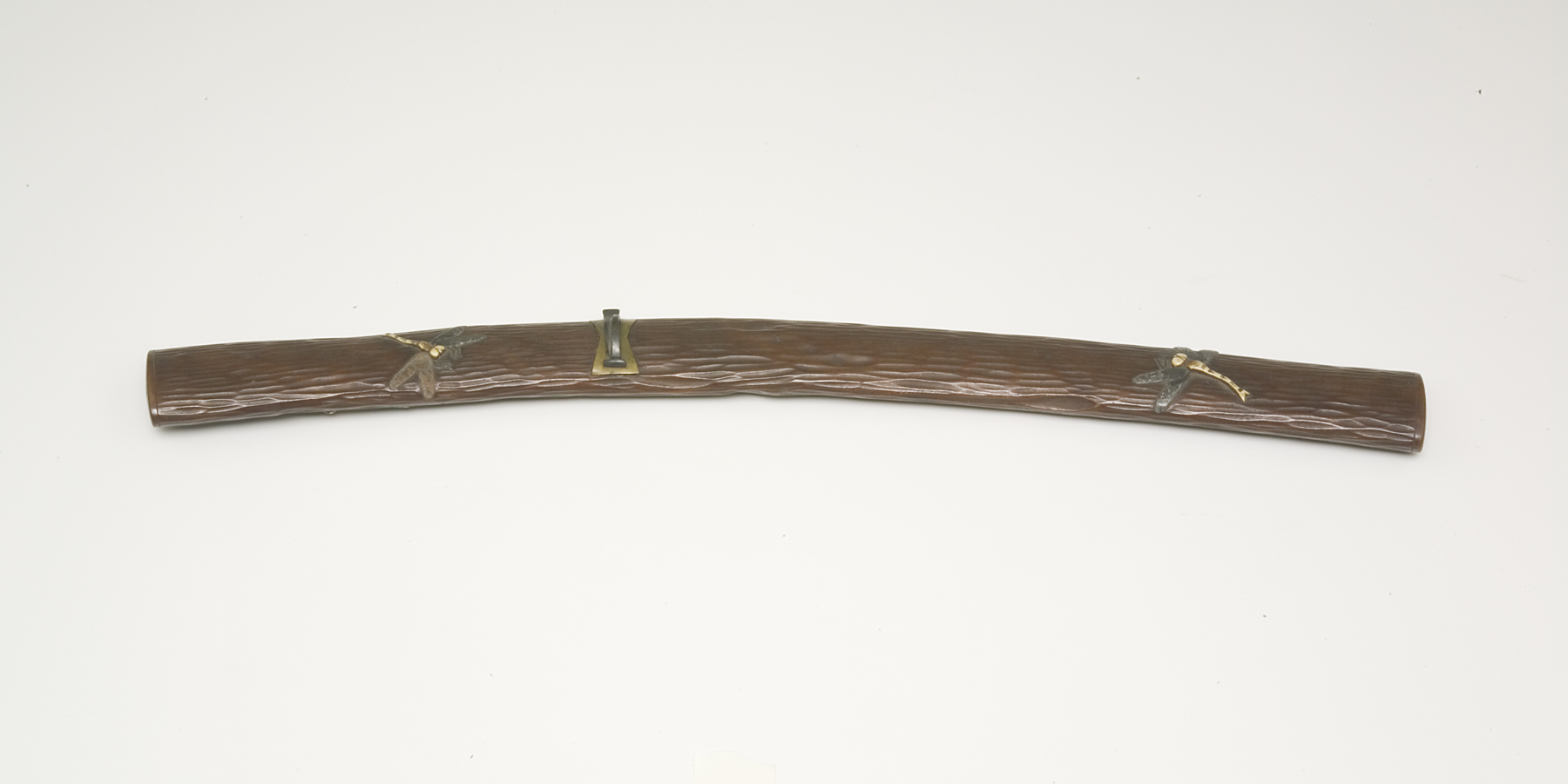Brosseau Center for Learning: Japanese Craft
Exhibition
Exhibition Overview
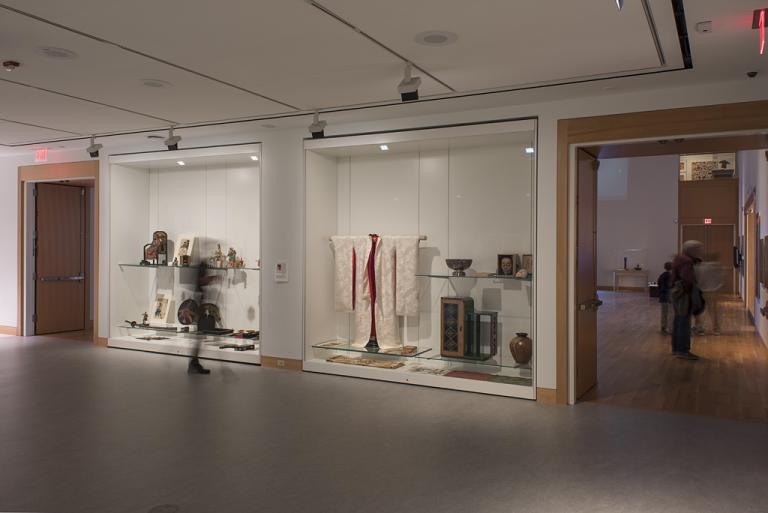
Brosseau Center for Learning: Japanese Craft
January 10, 2017–February 5, 2017
Gallery 318, The Jack and Lavon Brosseau Center for Learning, Spencer Museum of Art, University of Kansas, Lawrence, Kansas
This selection of Japanese crafts has been selected in conjunction with the Spring 2017 Murphy Seminar.
Exhibition images
Works of art
Utagawa Kunisada
courtesans and attendants under a plum tree,
circa 1820s–1830s, Edo period (1600–1868)
gunsen (war fan),
mid-late 1800s, Edo period (1600–1868)
Shiomi Masanari
inro, netsuke, ojime (fox wedding scene),
early 1700s
inro, netsuke, ojime,
1800s
inro, netsuke, ojime,
date unknown
Ogawa Haritsu (Ritsuō)
inro, netsuke, ojime,
1700s, Edo period (1600–1868)
kushi (comb),
1800s, Edo period (1600–1868)
kushi (comb),
1800s, Edo period (1600–1868)
kushi (comb),
1800s, Edo period (1600–1868)
kushi (comb),
1700s, Edo period (1600–1868)
kushi (comb),
1800s, Edo period (1600–1868)
kushi (comb) with turtle,
Edo period (1600–1868)
kushi (comb),
date unknown
kushi (comb) with butterflies,
Edo period (1600–1868)
kushi (comb),
1700s, Edo period (1600–1868)
kushi (comb),
late 1800s, Meiji period (1868–1912)
kushi (comb),
1700s, Edo period (1600–1868)
hairpin (kanzashi) with turtle,
Edo period (1600–1868)
netsuke (Hannya mask),
date unknown
Deme Uman
netsuke (fox mask),
circa 1772–1780, Edo period (1600–1868)
hair ornament,
date unknown
bira kanzashi (dangling hairpin),
date unknown
hairpin (kanzashi) with flower,
Edo period (1600–1868)
bira kanzashi (dangling hairpin),
Edo period (1600–1868)
bira kanzashi (dangling hairpin),
Edo period (1600–1868)
netsuke,
1800s
netsuke,
1800s
netsuke (Octopus and Monkey),
1700s–1800, Edo period (1600–1868)
化粧箱 Keshobako (cosmetic box),
1800s, Edo period (1600–1868)
化粧箱 Keshobako (cosmetic box),
1800s, Edo period (1600–1868)
化粧箱 Keshobako (cosmetic box),
1800s, Edo period (1600–1868)
化粧箱 Keshobako (cosmetic box),
1800s, Edo period (1600–1868)
化粧箱 Keshobako (cosmetic box),
1800s, Edo period (1600–1868)
化粧箱 Keshobako (cosmetic box),
1800s, Edo period (1600–1868)
netsuke,
mid 1800s, Edo period (1600–1868)
Miharu
香炉 koro (incense burner),
circa 1880s, Meiji period (1868–1912)
tetsubin 鉄瓶 (kettle),
late 1800s, Meiji period (1868–1910)
hanaire 花入 (flower container),
circa 1730, Edo period (1600–1868)
Eiraku Hozen
vase,
1827–1853, Edo period (1600–1868)
chaire 茶入 (tea caddy with lid),
late 1800s, Meiji period (1868–1912)
Takatori tea caddy with lid,
1600s, Edo period (1600–1868)
chawan茶碗 (tea bowl),
early 1800s, Edo period (1600–1868)
茶碗 chawan (tea bowl),
Meiji period (1868–1912)
chawan 茶碗 (tea bowl),
late 1700s–early 1800s, Edo period (1600–1868)
Shichibei
pedestal bowl,
Edo period (1600–1868)
Seifū Yohei III
lobed bowl,
1890–1900, Meiji period (1868–1912)
Takemoto Hayata
vase,
circa 1880s
Kinkōzan Sōbei
vase,
circa 1904–1925, Meiji period (1868–1912)
Miyagawa Kōzan
gu vase,
1897–1912, Meiji period (1868–1912)
水指 mizusashi (lidded water container),
Edo period (1600–1868)
water jar,
1700s, Edo period (1600–1868)
mizusashi 水指 (lidded water container),
1500s–1600s, Edo period (1600–1868)
garlic-bulb vase,
late 1800s, Meiji period (1868–1912)
chawan 茶碗 (tea bowl) with mon 紋 (crest),
circa 1775, Edo period (1600–1868)
Midoriyama
incense burner with lid,
Meiji period (1868–1912)
水指 mizusashi (lidded water container),
circa 1750, Edo period (1600–1868)
Miyagawa Kōzan
bowl with chrysanthemums,
late 1800s, Meiji period (1868–1912)
Hotoda shop
miniature teapot,
late 1800s–early 1900s, Meiji period (1868–1912)
布袋 (Hotei with two children),
1800s, Edo period (1600–1868) or Meiji period (1868–1912)
zushi (portable shrine) containing Aizen Myōō,
Meiji period (1868–1912)
tsuba (sword guard),
date unknown
tsuba (sword guard),
date unknown
tsuba (sword guard),
1600s, Edo period (1600–1868)
Sōten School
tsuba (sword guard),
1700s, Edo period (1600–1868)
tsuba (sword guard),
date unknown
tsuba (sword guard),
date unknown
tsuba (sword guard),
date unknown
tsuba (sword guard),
date unknown
kozuka (knife handle),
Edo period (1600–1868)
kozuka (knife handle),
Edo period (1600–1868) or Meiji period (1868–1912)
kozuka (knife handle),
Edo period (1600–1868)
kogatana (utilitly knife for use with long sword) and kozuka (knife handle),
Edo period (1600–1868) or Meiji period (1868–1912)
fuchi-kashira (collar and pommel cap),
date unknown
fuchi-kashira (collar and pommel cap) with coins,
date unknown
香合 biwa-shaped kōgō (incense container),
circa 1800s
Daikoku,
early 1900s, Meiji period (1868–1912)
tobacco (or opium) pipe,
date unknown
Ebisu,
early 1900s, Meiji period (1868–1912)
tachi (slung sword) in saya (scabbard),
1880–1895, Meiji period (1868–1912)
鞍 kura (saddle),
late 1800s, Meiji period (1868–1912)
旭日桐花大綬章 Kyokujitsu tōka daijushō (Grand Cordon of the Order of the Rising Sun with the Paulownia Flowers) Badge and Breast Star,
July 3, 1914, Taisho period (1912–1926)
fubako 文箱 (letter box),
1800s, Edo period (1600–1868) to early Meiji period (1868–1912)
Namikawa Sōsuke
vase with crane,
1890–1915
Hirata Jūkō VII
punch bowl with bamboo and wisteria,
1905, Meiji period (1868–1912)
Jingasa (ceremonial military hat),
1800s, Edo period (1600–1868)
小箱 kobako (small box),
1800s
棗 natsume (tea caddy),
late 1700s–early 1800s, Edo period (1600–1868)
Kajikawa Family
sakazuki (sake drinking cup),
1700s, Edo period (1600–1868)
lacquer bowl,
date unknown
lacquer dish,
date unknown
Ogata Kenzan
皿 sara (dish),
circa 1700s, Edo period (1600–1868)
Kitaōji Rosanjin
manaitazara (cutting board dish),
early-mid 1900s
netsuke,
1800s
netsuke,
1800s, Edo period (1600–1868)
Yoshitsuga Fujiwara
bronze mirror,
early 1800s, Edo period (1600–1868)
A Dyer,
late 1800s, Meiji period (1868–1912)
Ogawa Haritsu (Ritsuō)
bon (tray),
1700s, Edo period (1600–1868)
Kiyomizu Rokubei III
茶碗 chawan (tea bowl),
1900s, Edo period (1600–1868) or Meiji Period (1869–1912)
茶碗 chawan (tea bowl),
1700s, Edo period (1600–1868)
Kinkōzan workshop
small covered cosmetic dish,
circa 1910, Meiji period (1868–1912)
Ebisu figure,
late 1900s
Daruma nesting dolls,
late 1900s
set of two dolls,
late 1900s
miniature Gion festival float,
late 1900s
Hinamatsuri (doll festival) figures,
late 1900s
female figure representing an angel,
late 1800s–1972
warrior figure with spear for Boy's Day festival,
late 1900s
Takatsu Koichi
空吹 usofuki kyōgen (blowing man mask),
late 1900s
Yasuda Kikuchi 安田俊吉
Iwamura Sadao
cabinet,
1936
Utagawa Kuniyoshi; Ebiya Rinnosuke
white wedding kimono,
1942, Showa period (1926–1989)
Daruma,
early 1800s, Edo period (1600–1868)
lacquer case for bronze mirror,
early 1800s, Edo period (1600–1868)
bowl with flying cranes,
late 1800s, Meiji period (1868–1912)
large jar,
late 1800s–early 1900s
Karacho; Ando Hisao; Senda Chojiro
Big bamboo pattern,
date unknown
Karacho; Ando Hisao; Senda Chojiro
Vertical cloud pattern,
date unknown
Karacho; Ando Hisao; Senda Chojiro
Willie Cole; Highpoint Center for Printmaking
Calpurnia,
2012
Willie Cole; Highpoint Center for Printmaking
Bertha Mae,
2012
Willie Cole; Highpoint Center for Printmaking
Lula Bell,
2012
木刀 bokutō (false sword),
late 1800s, Meiji period (1868–1912)
